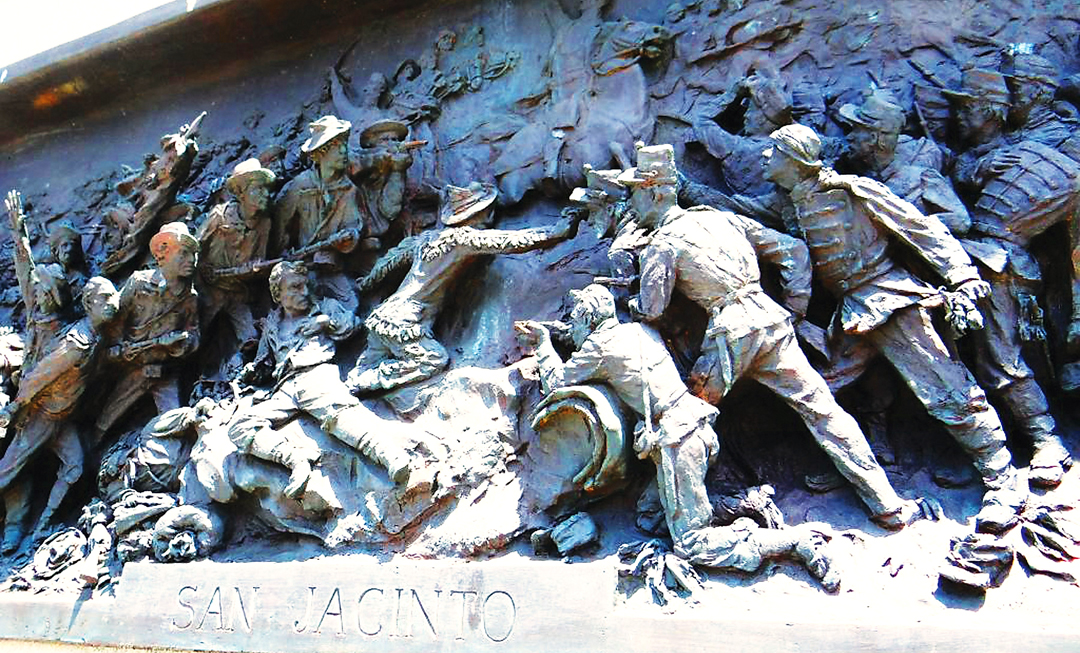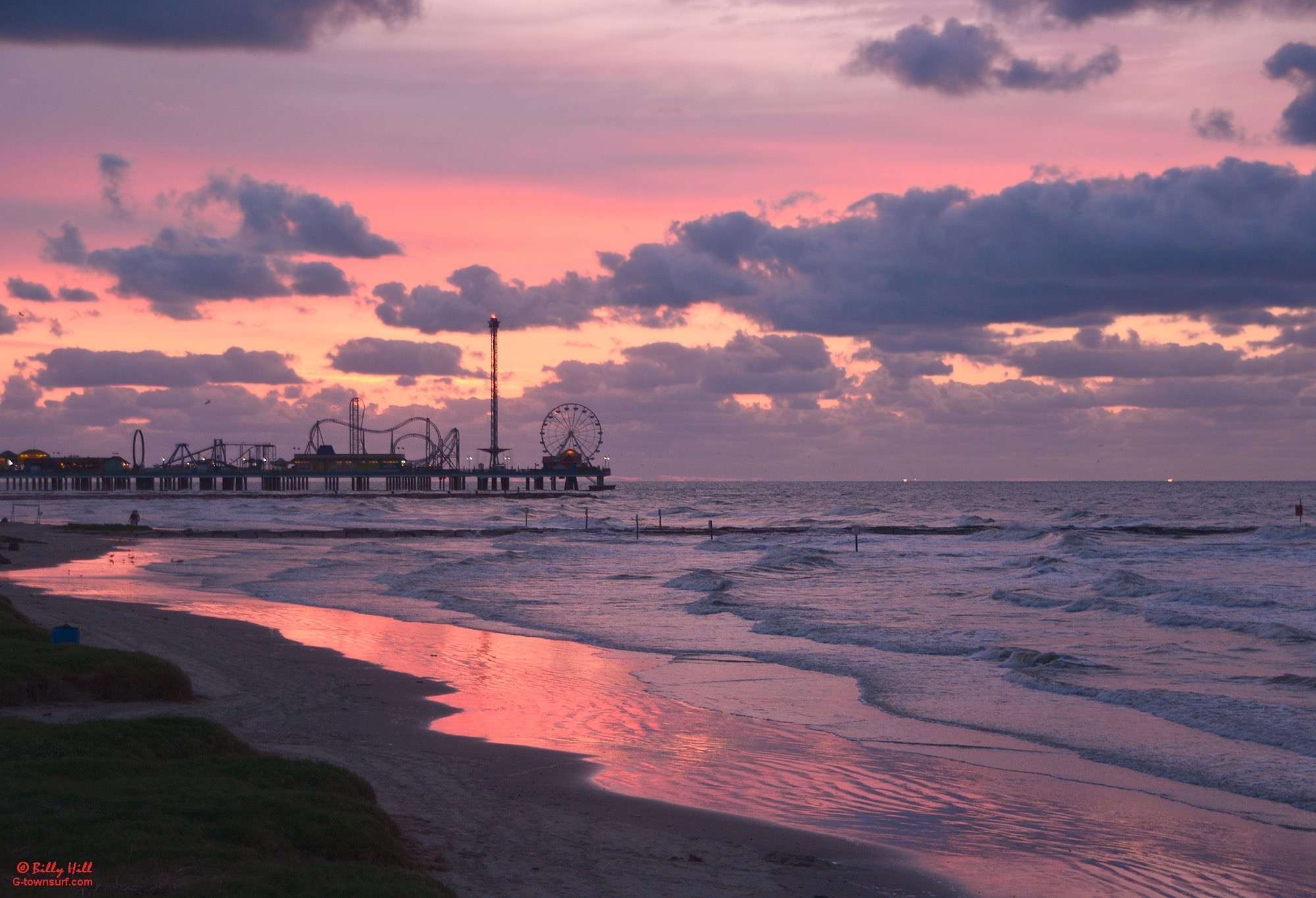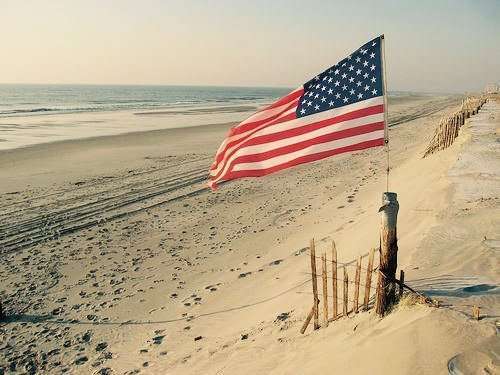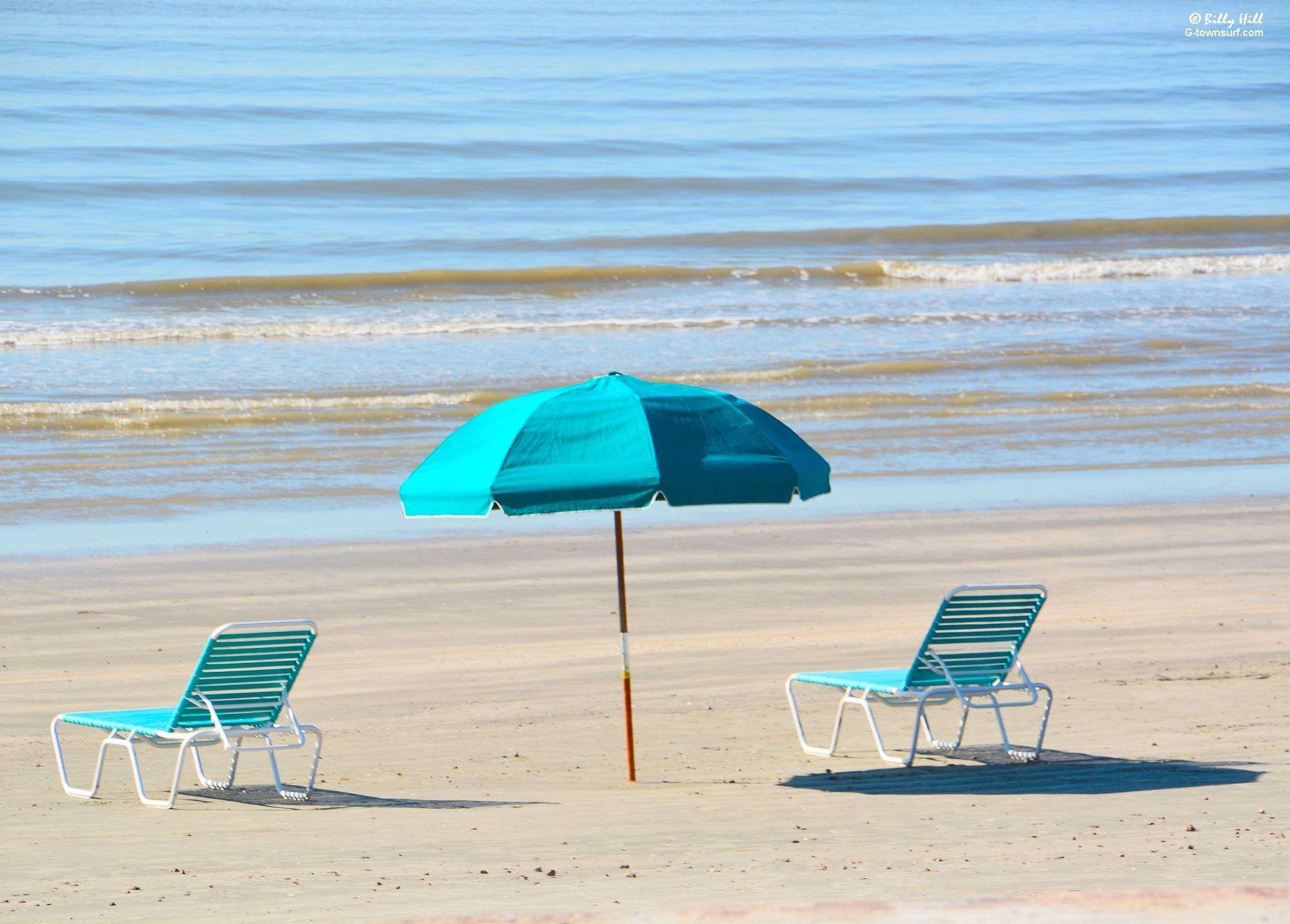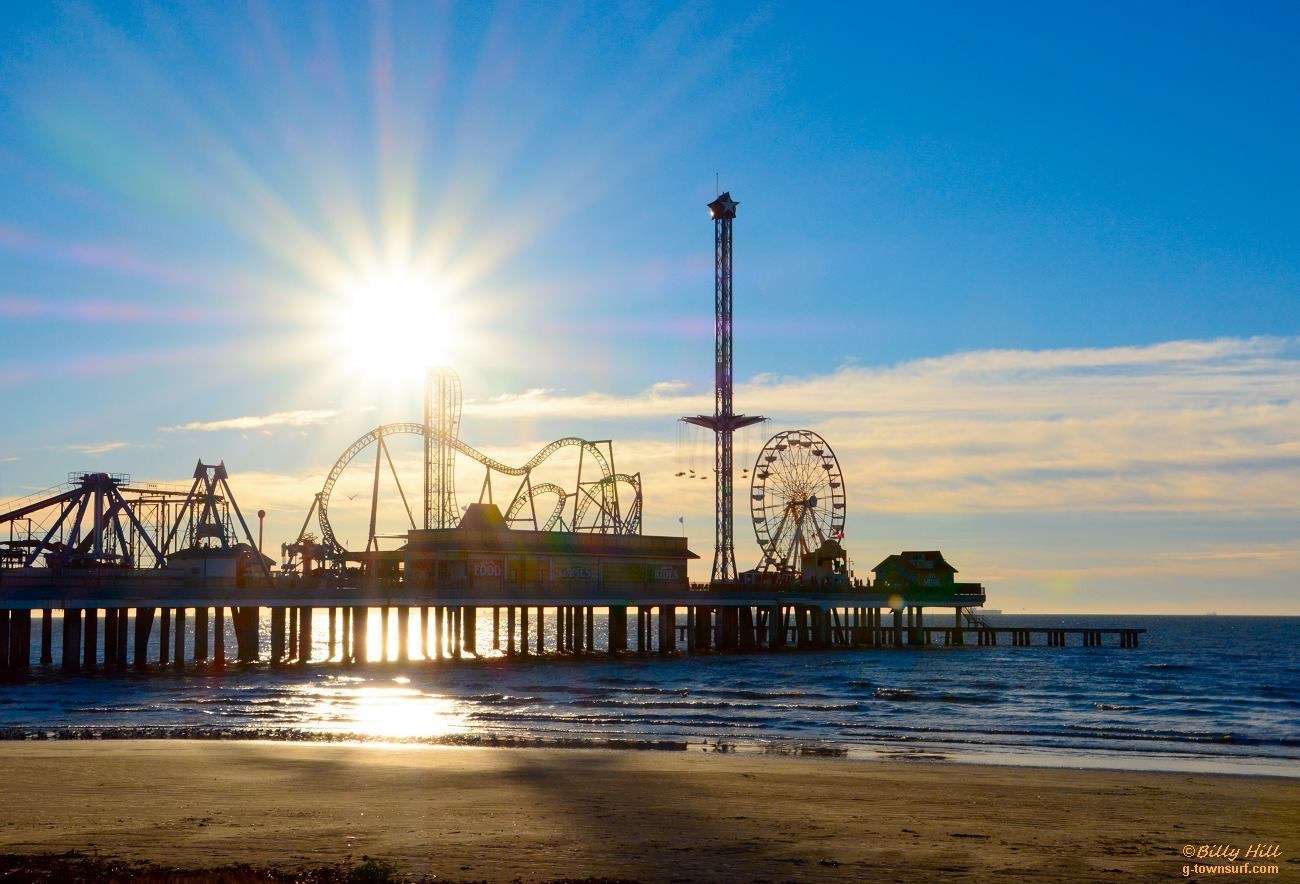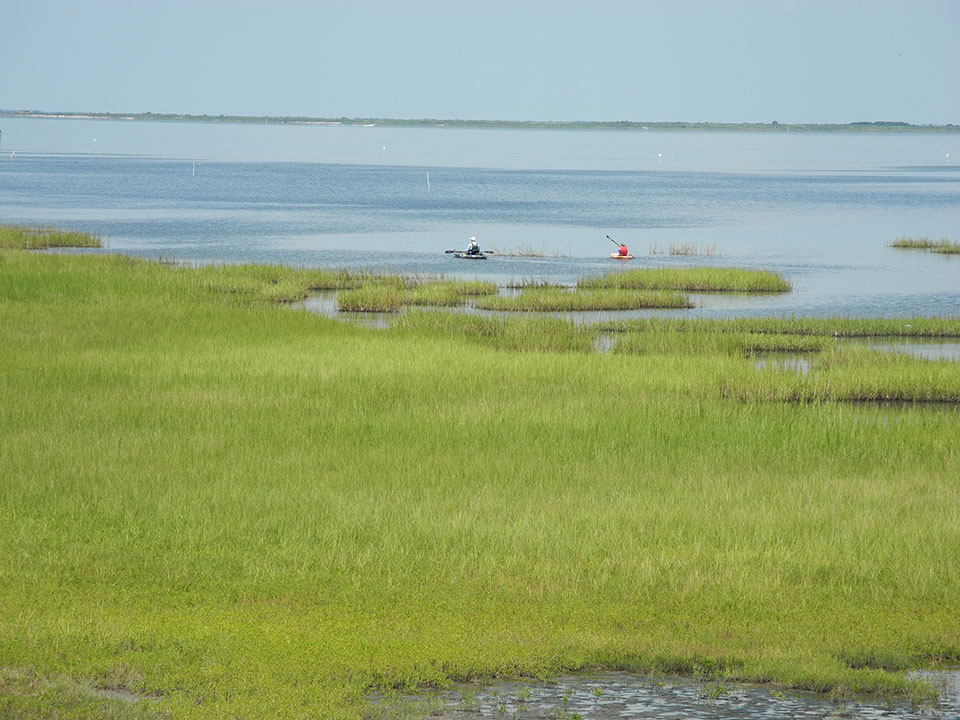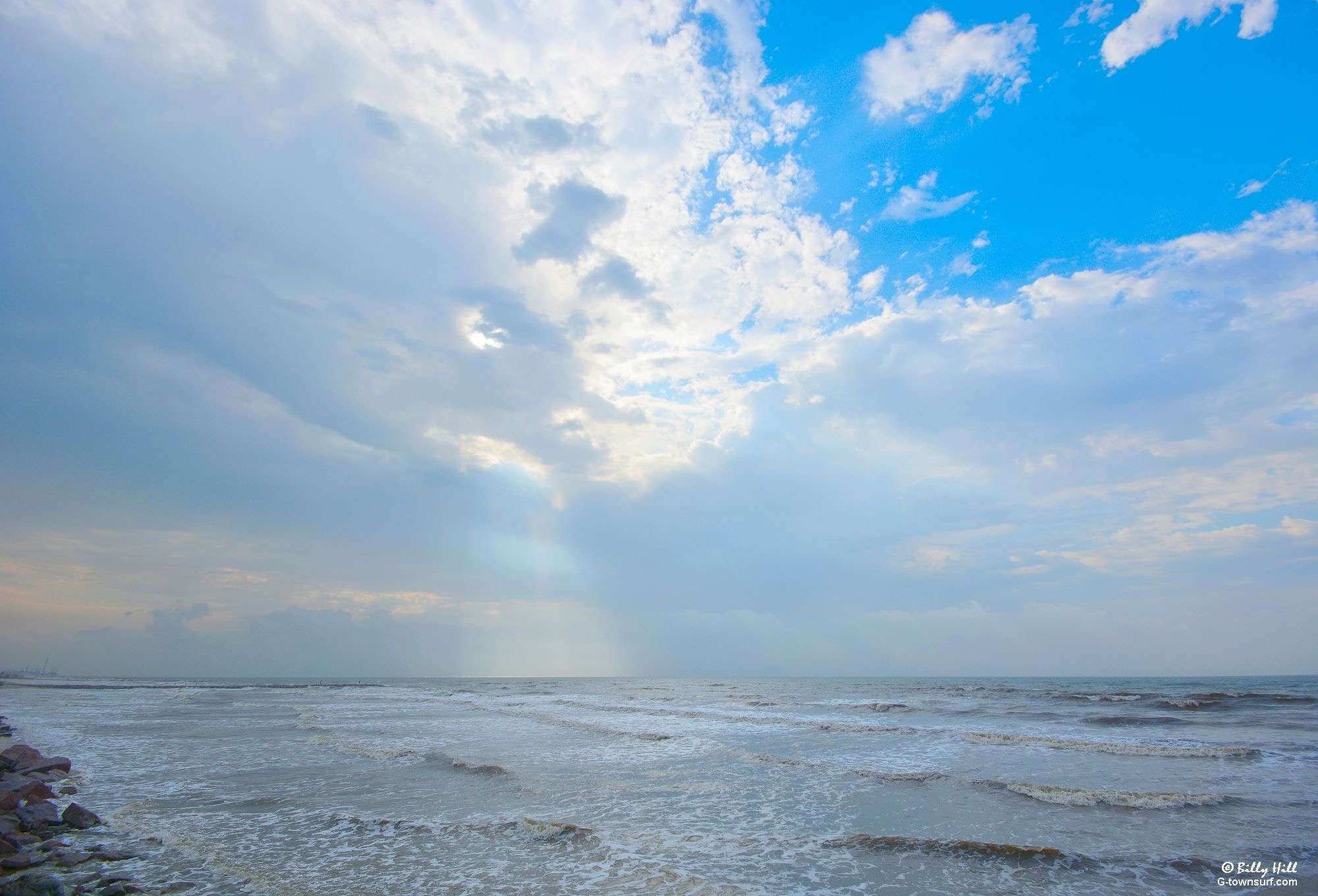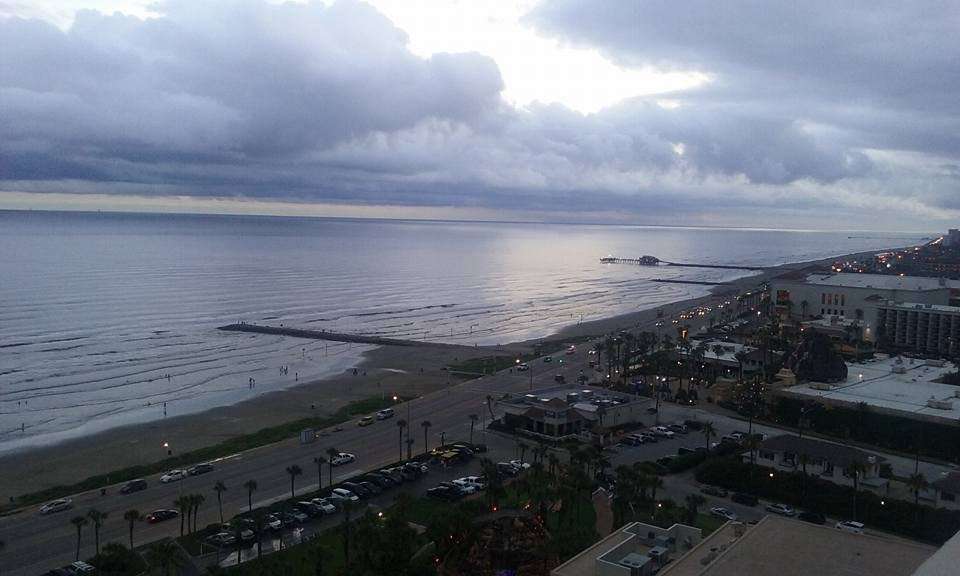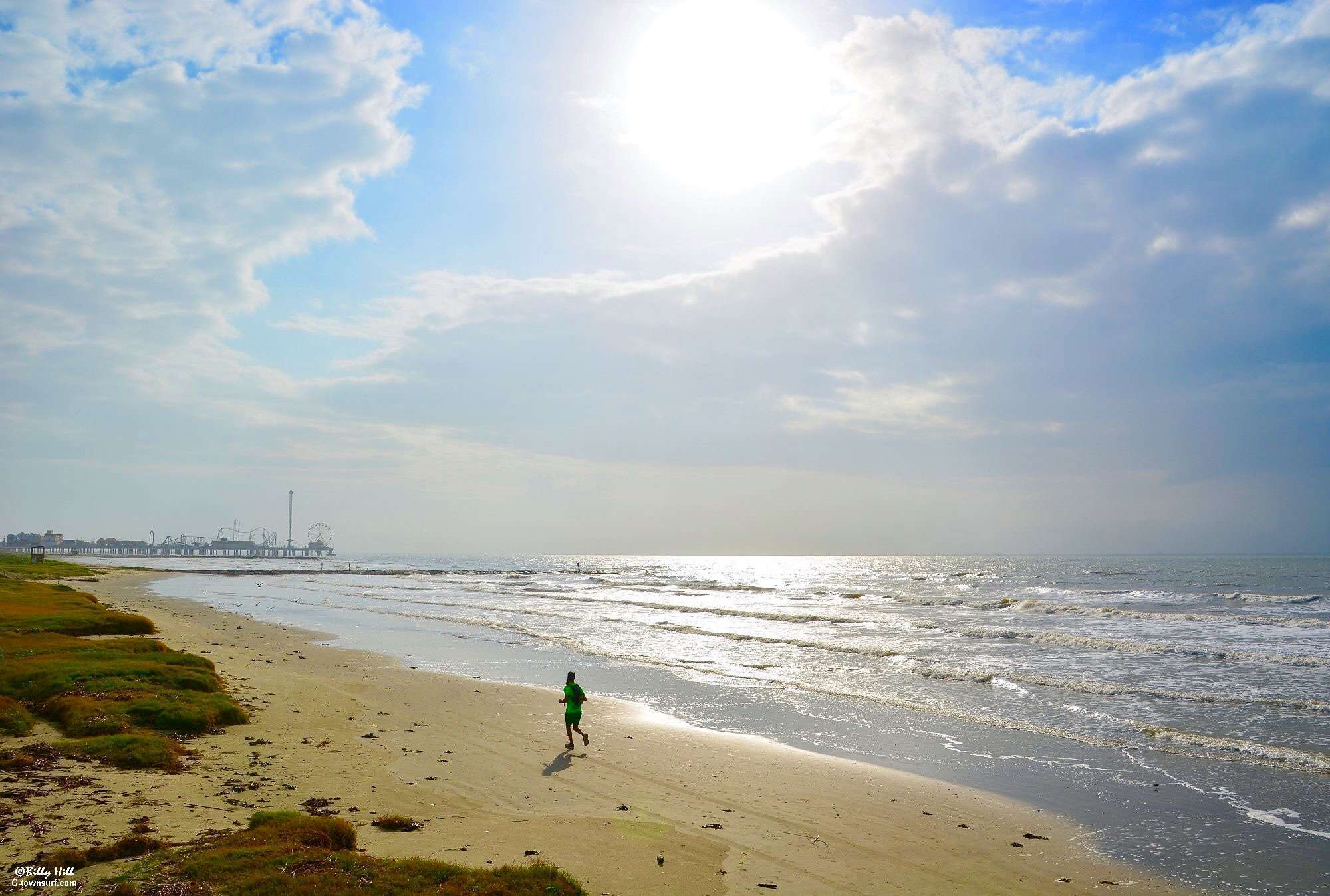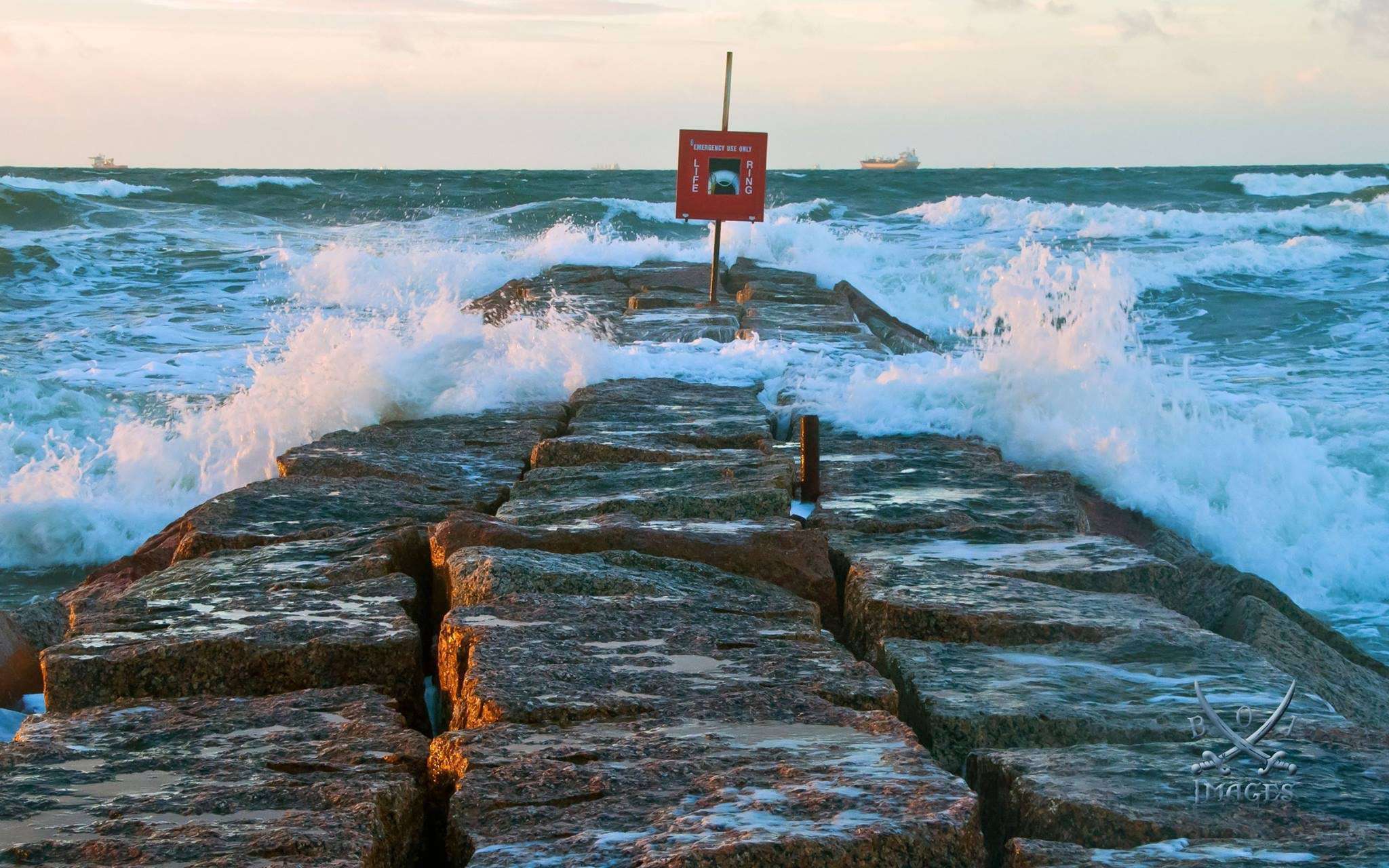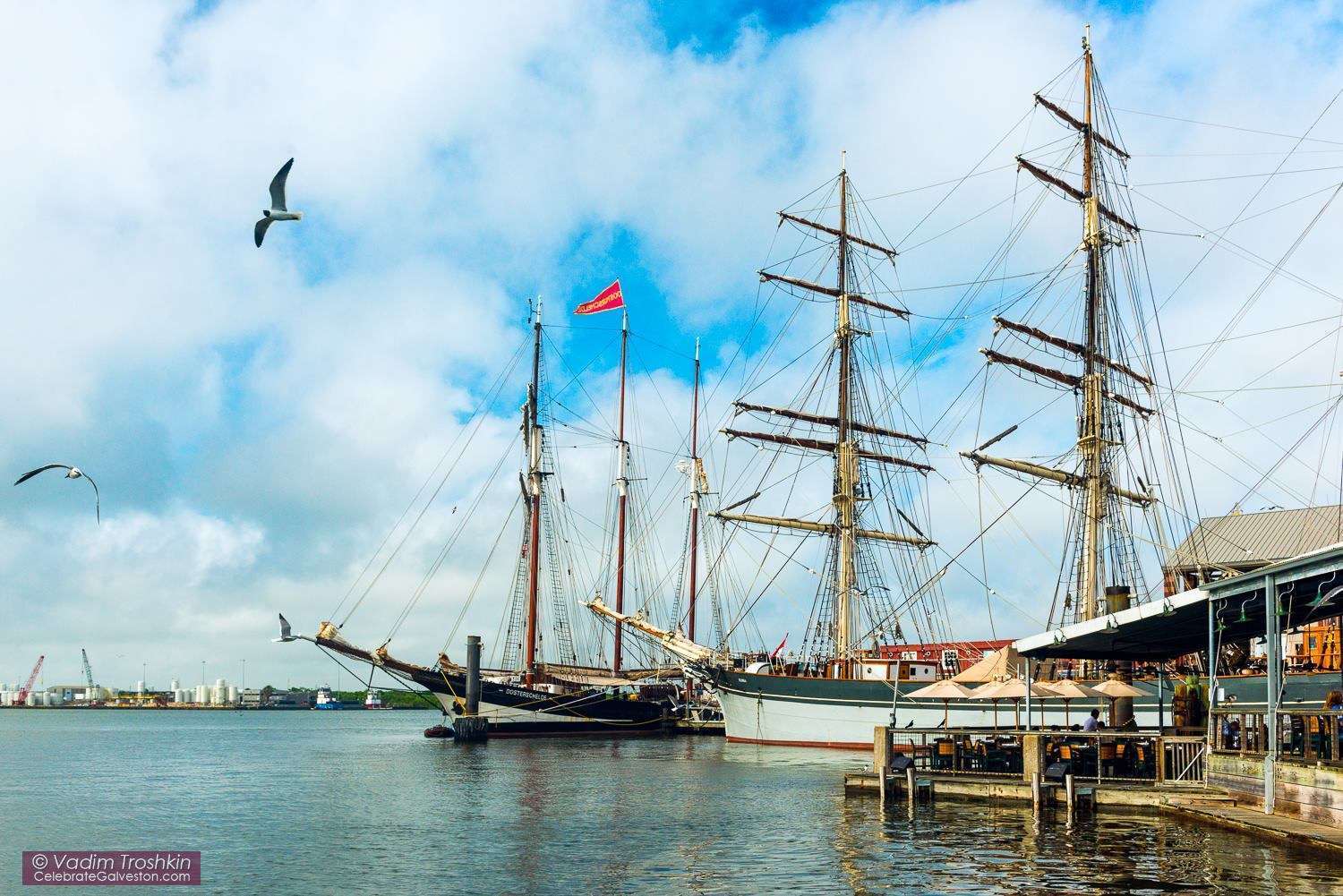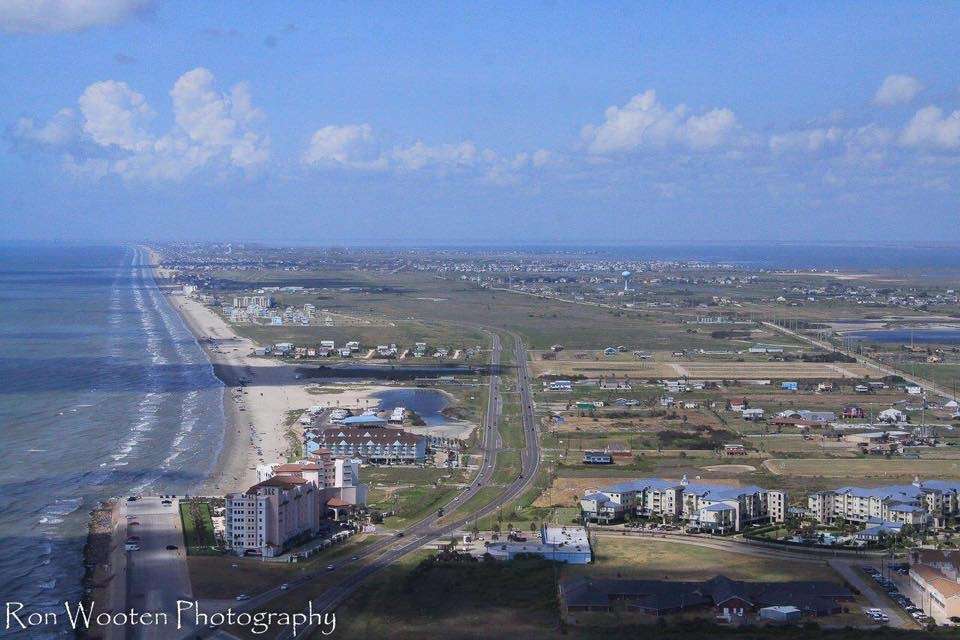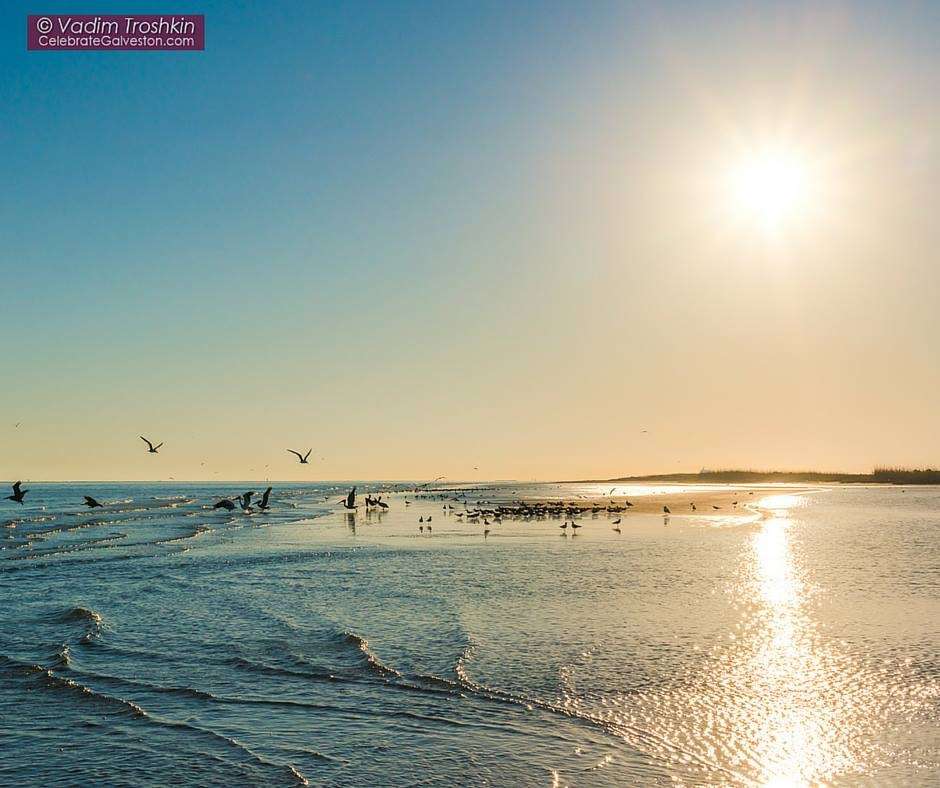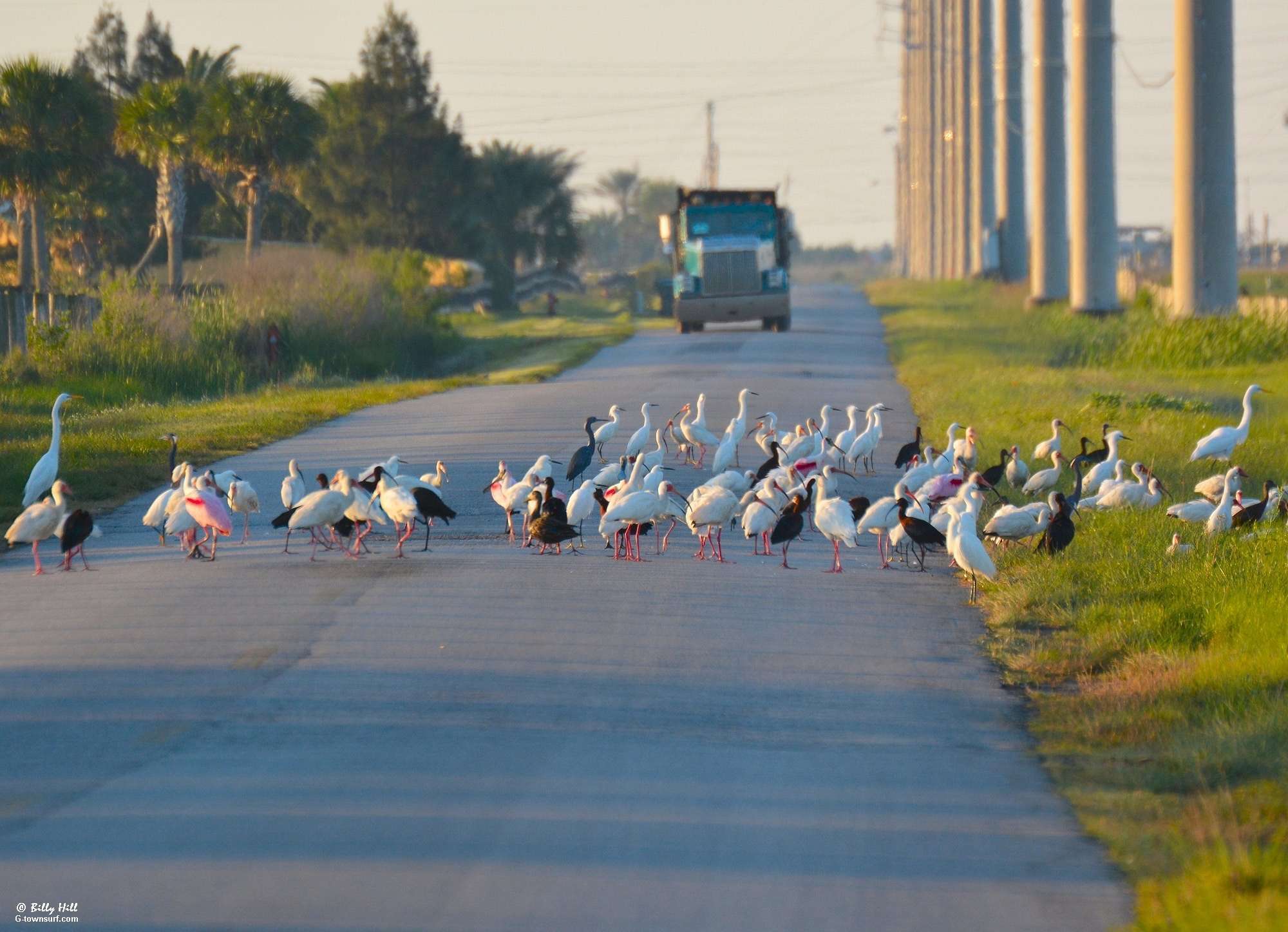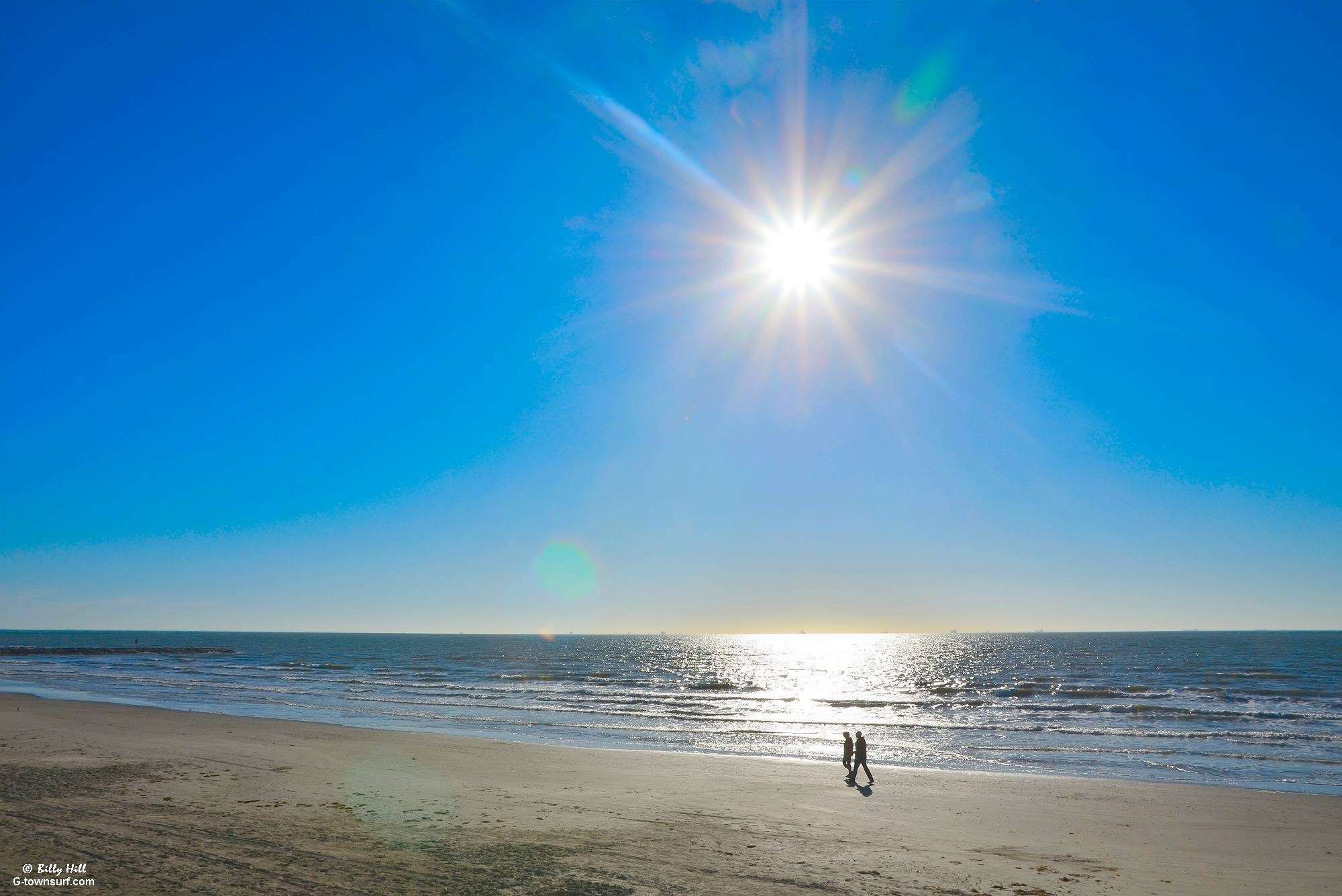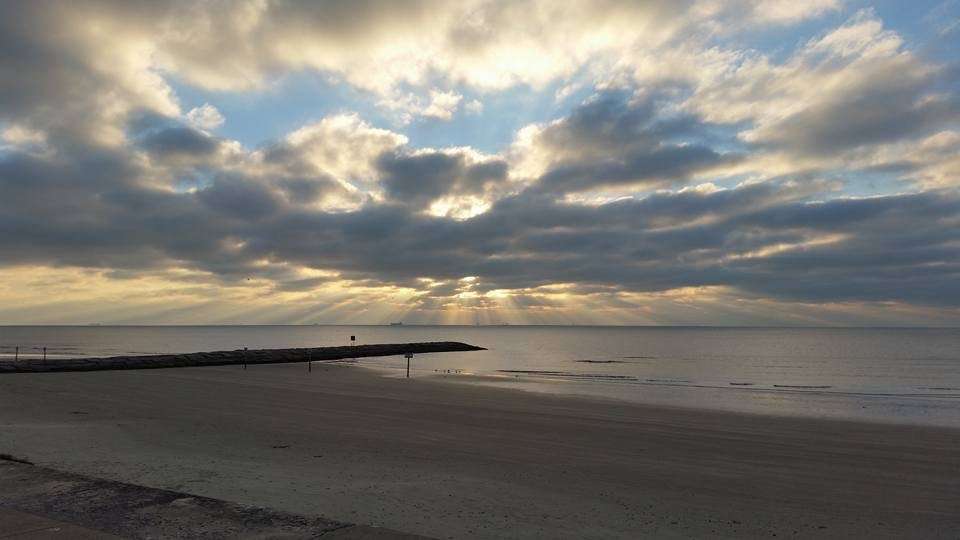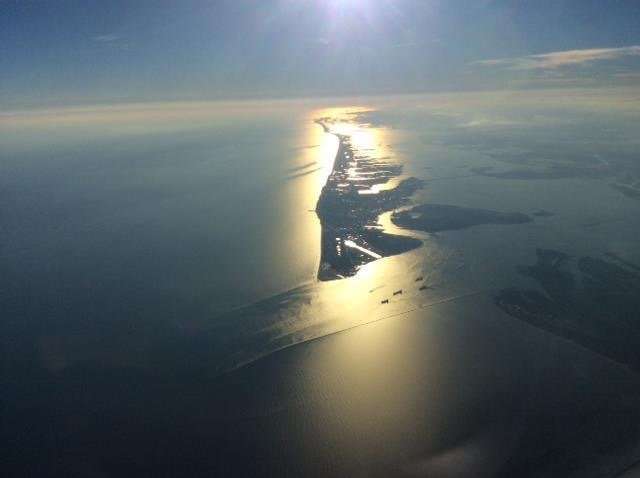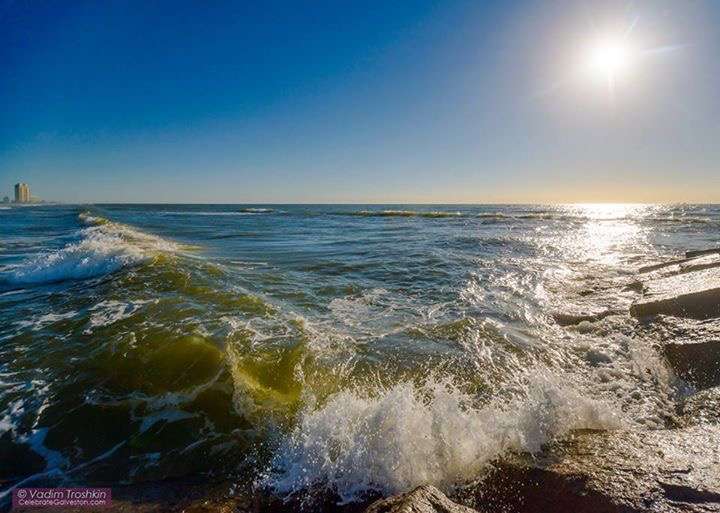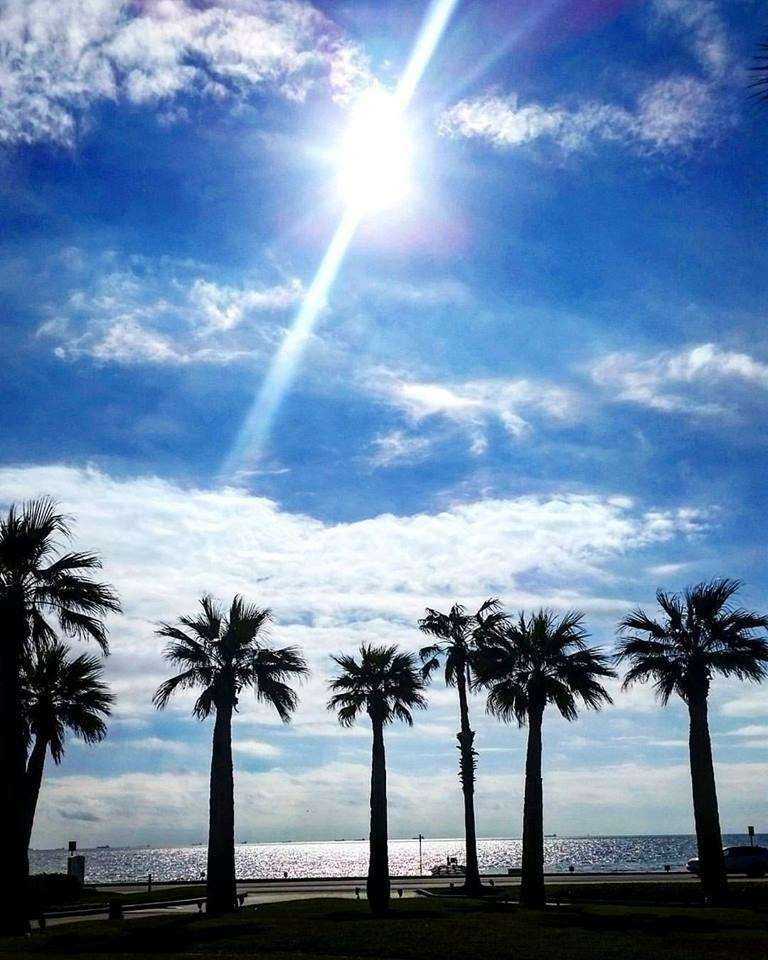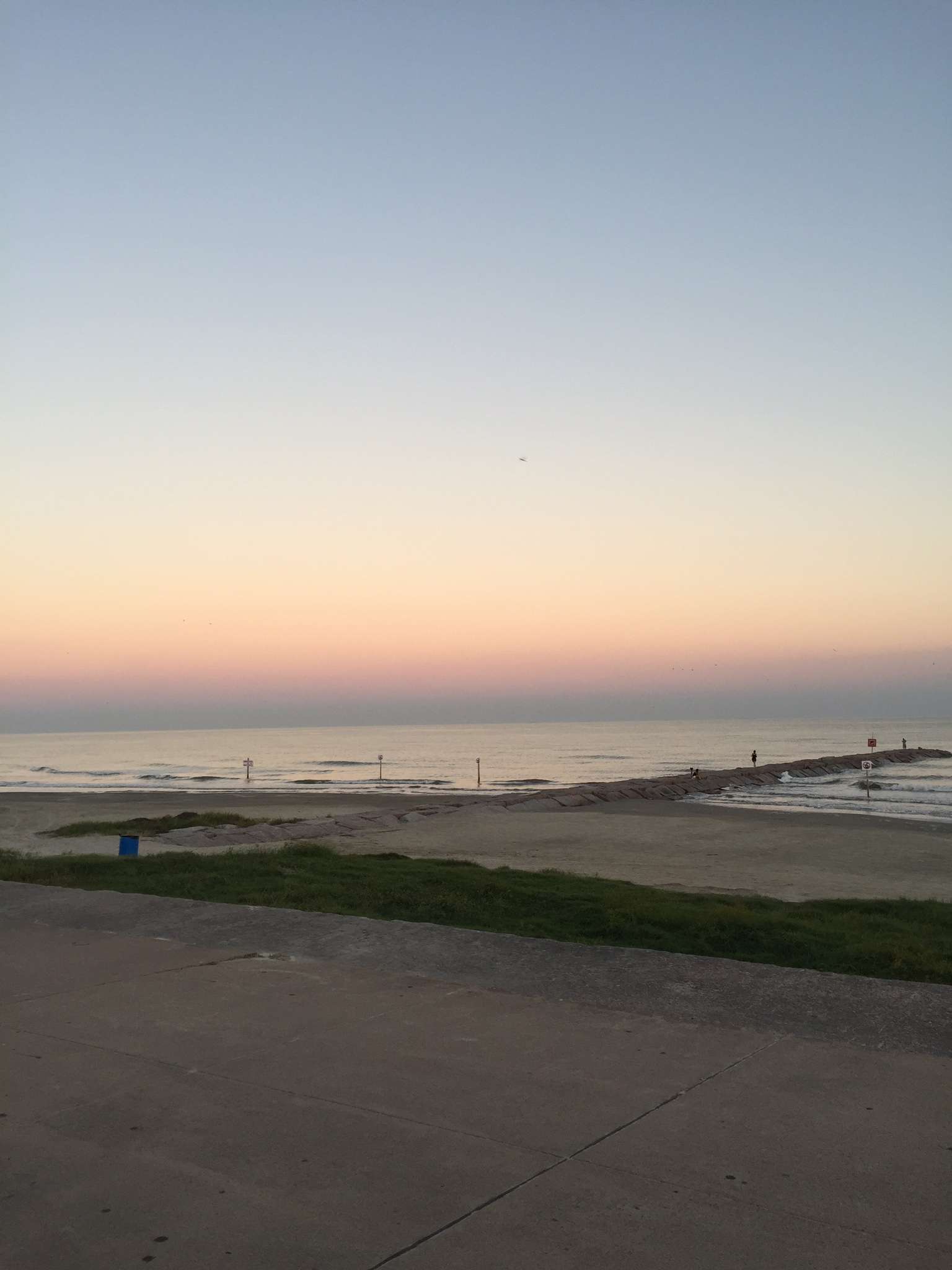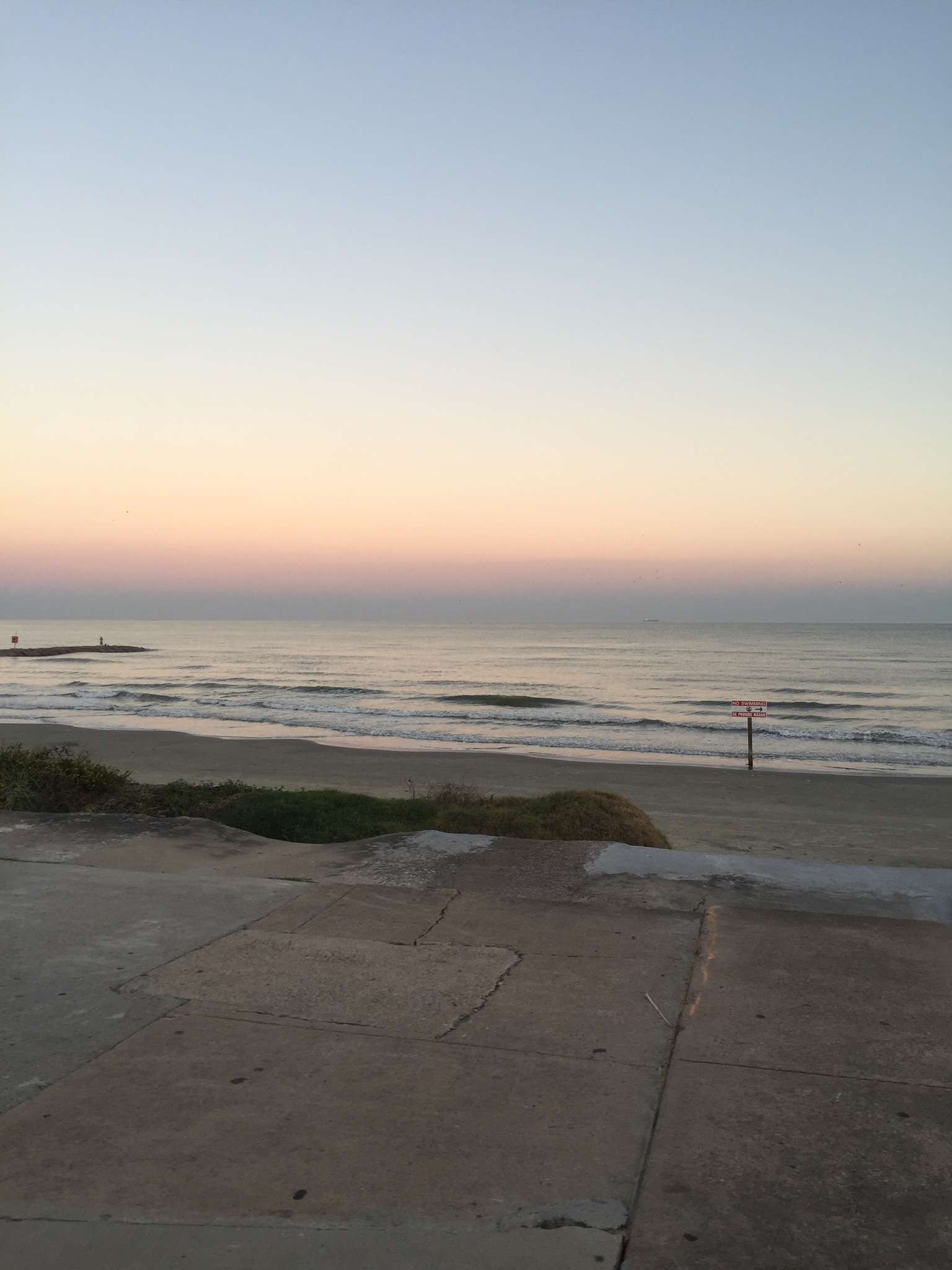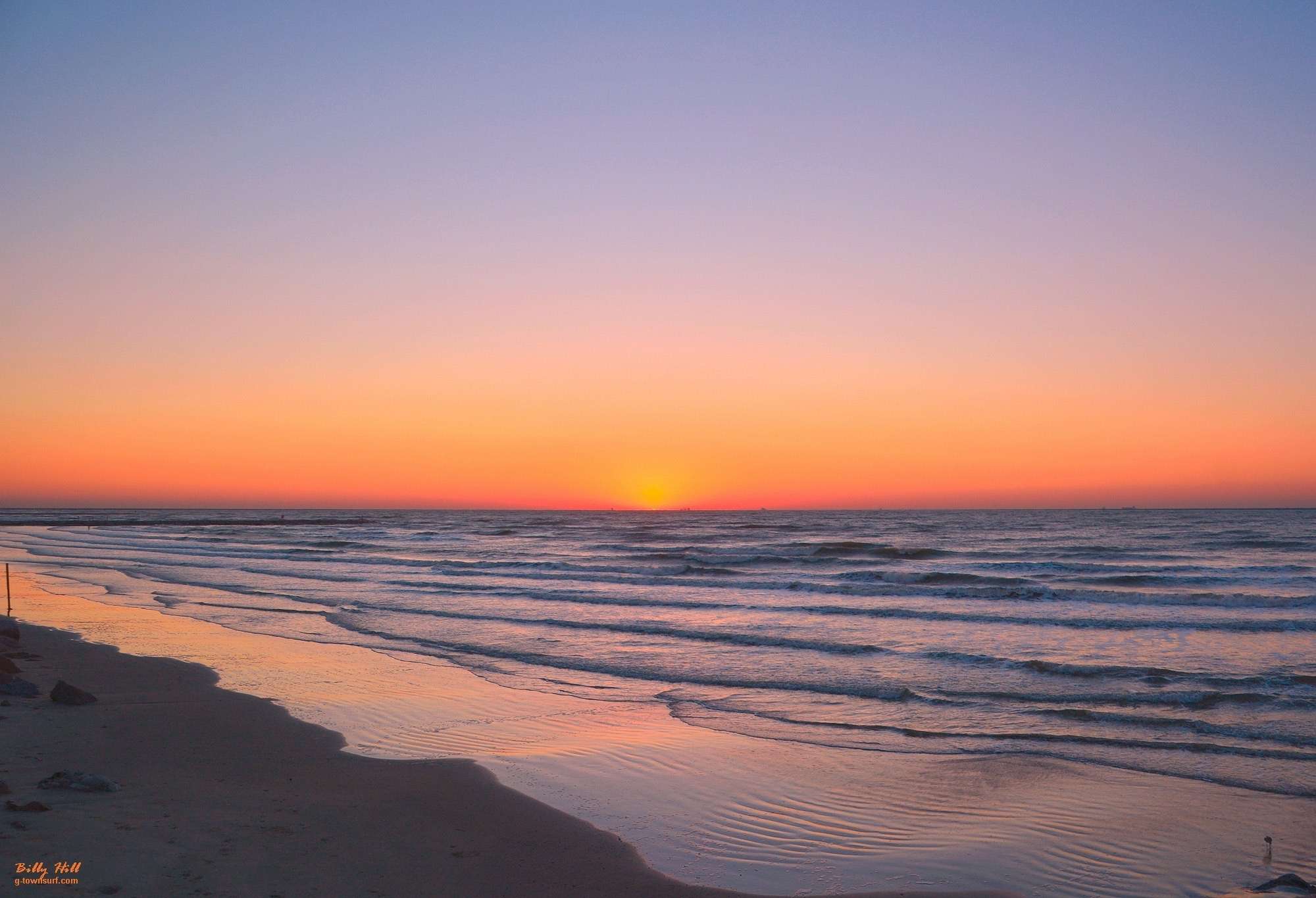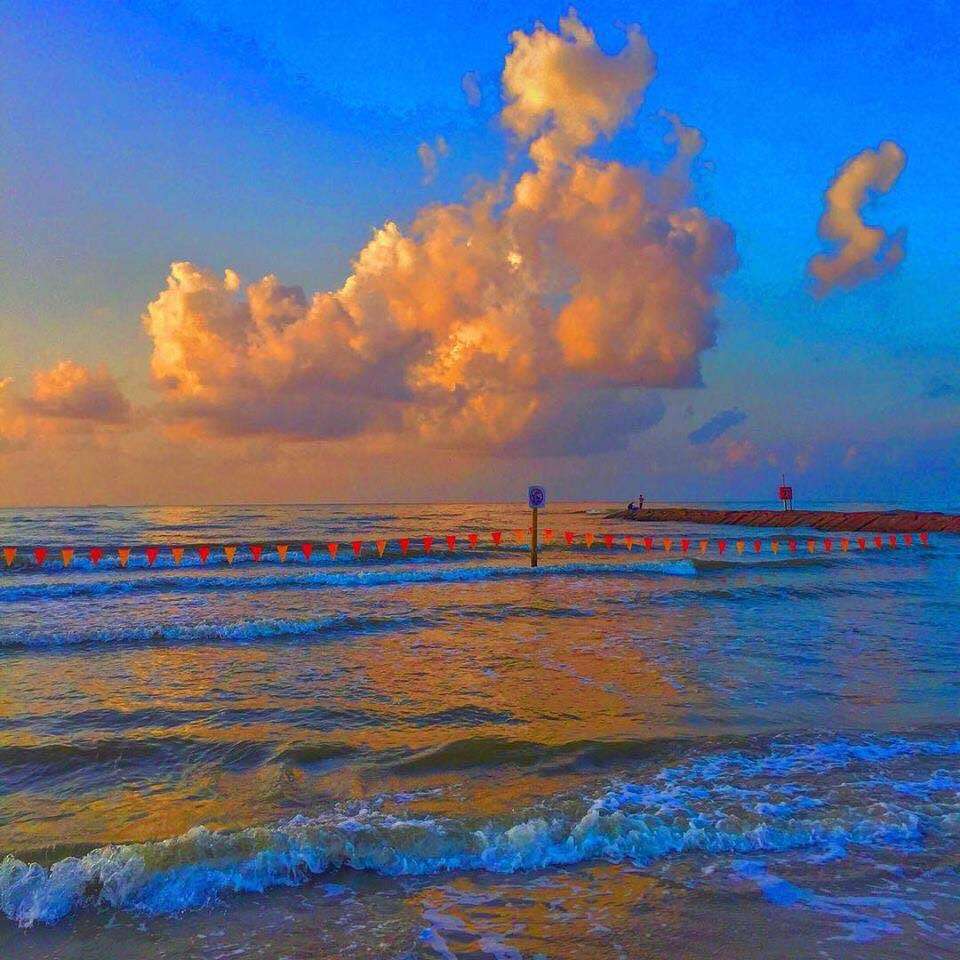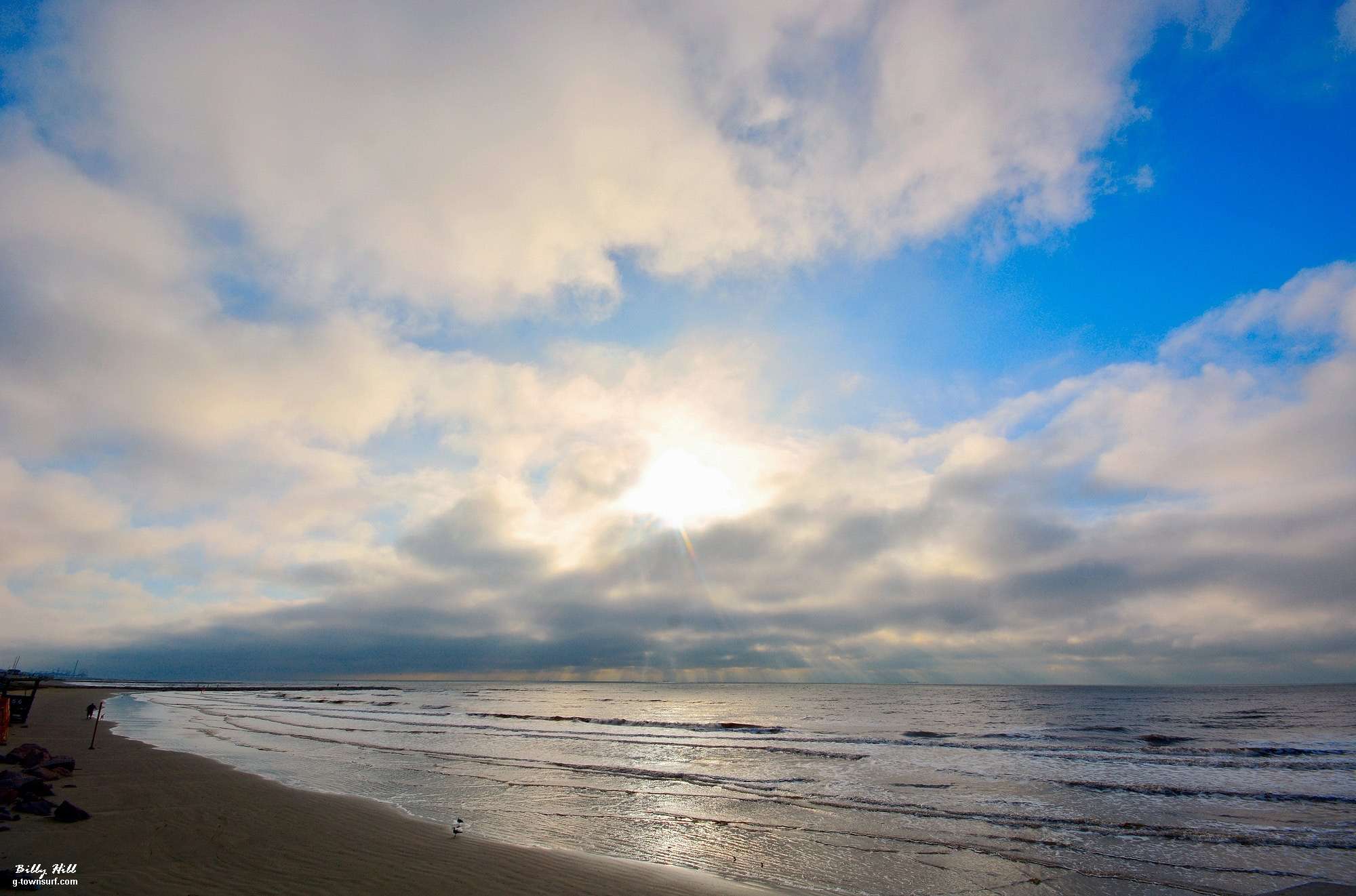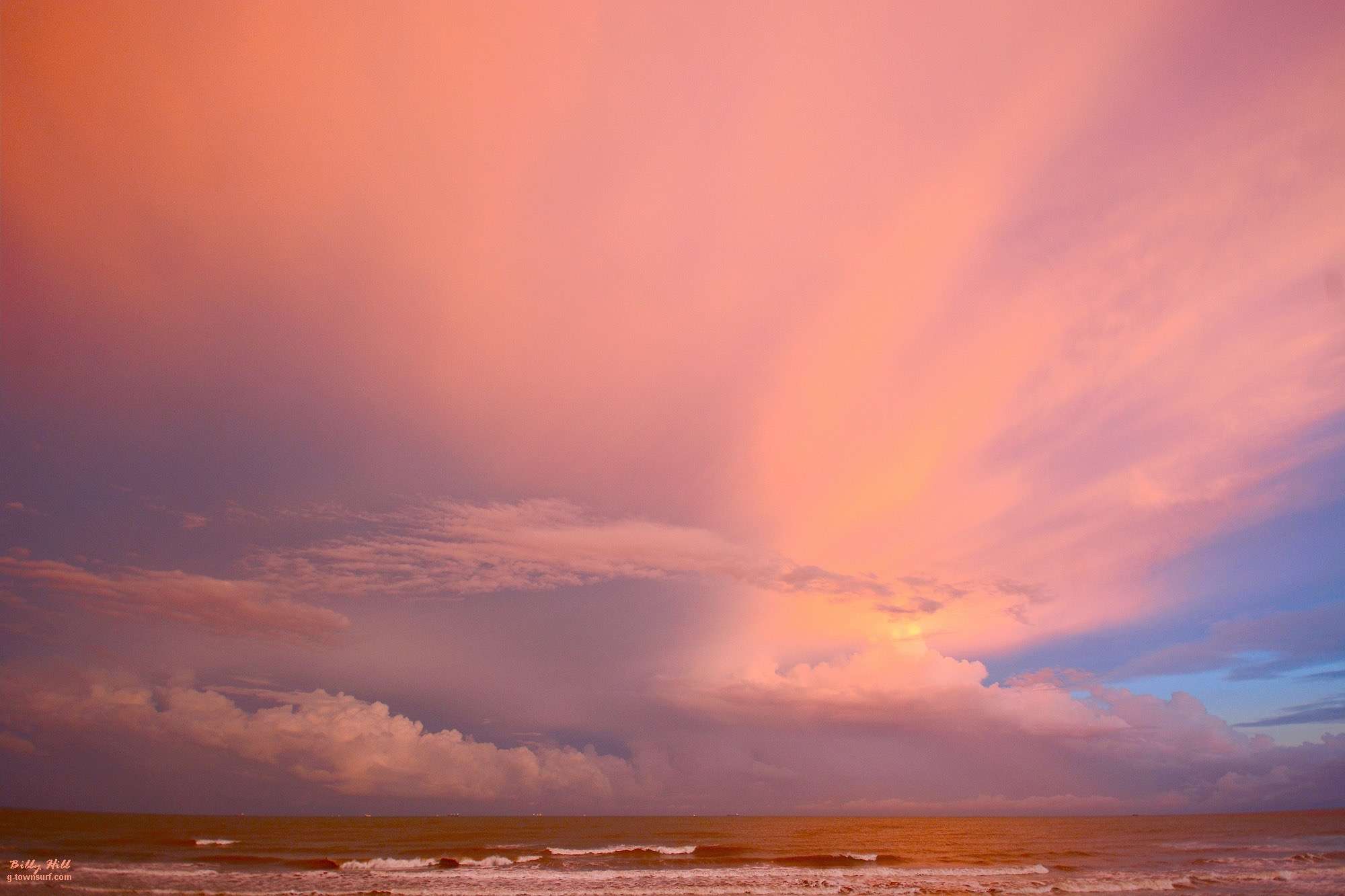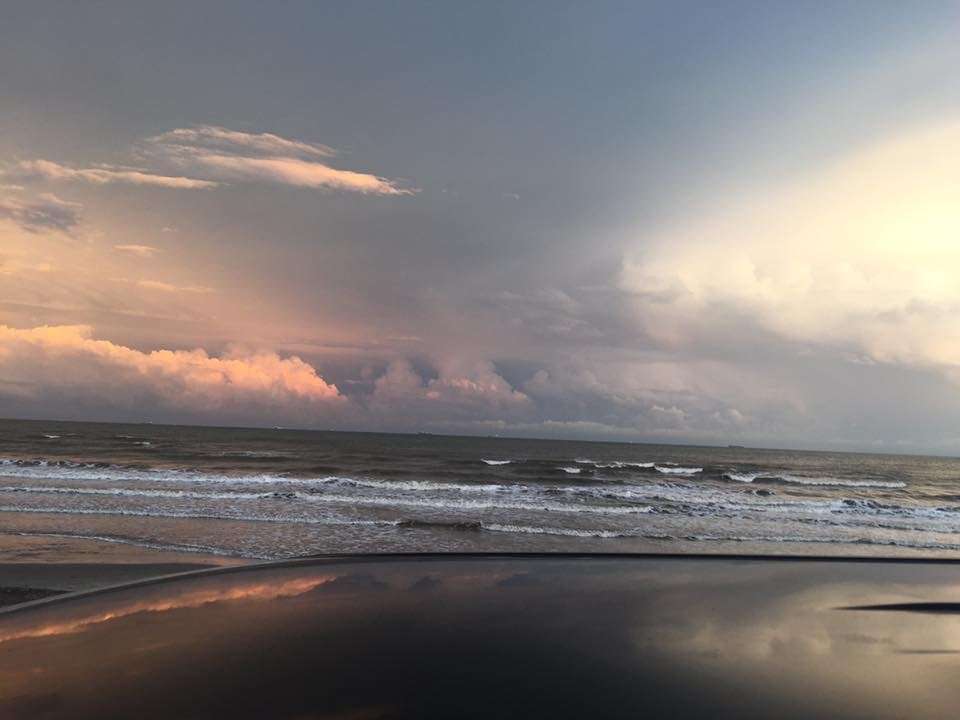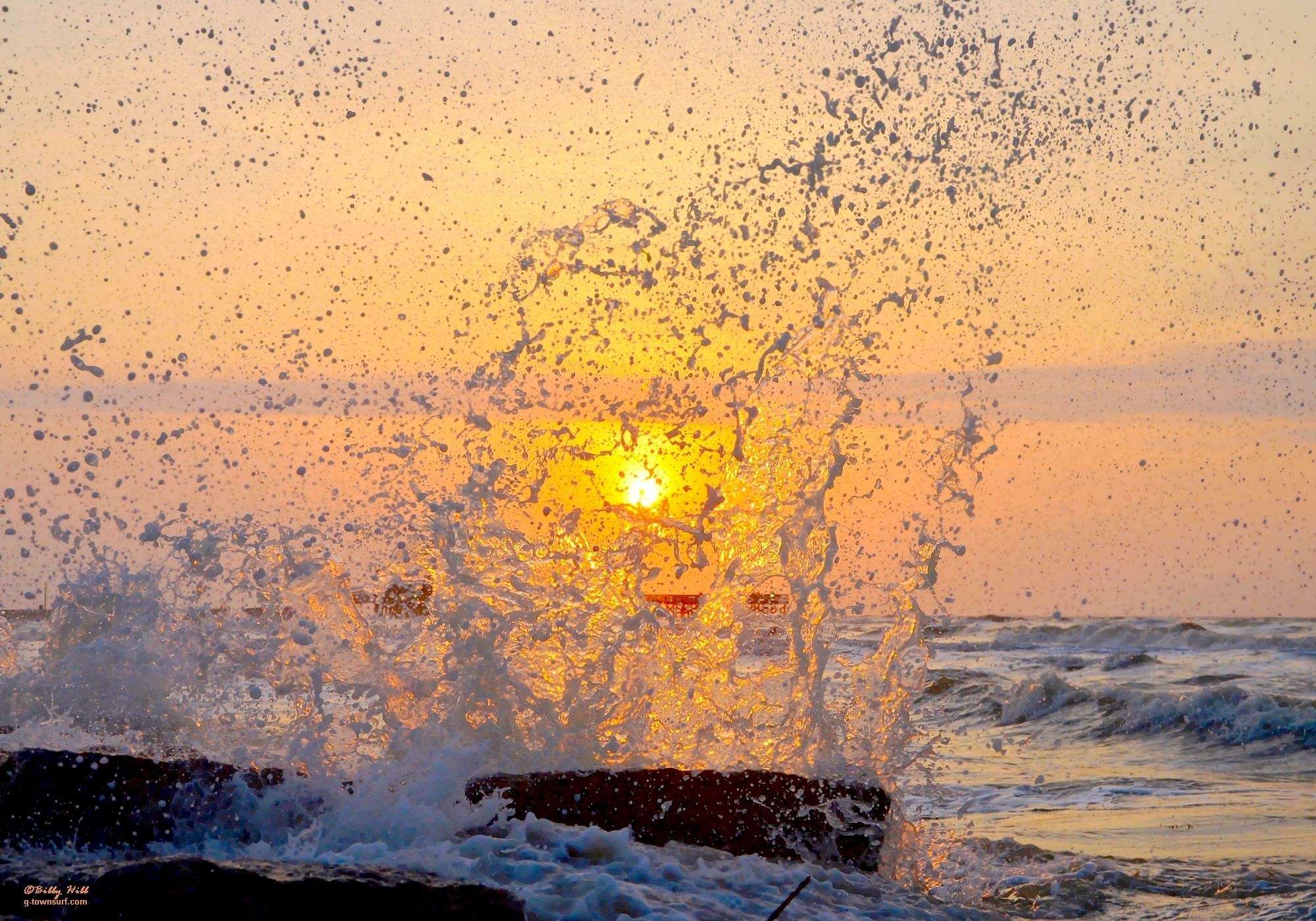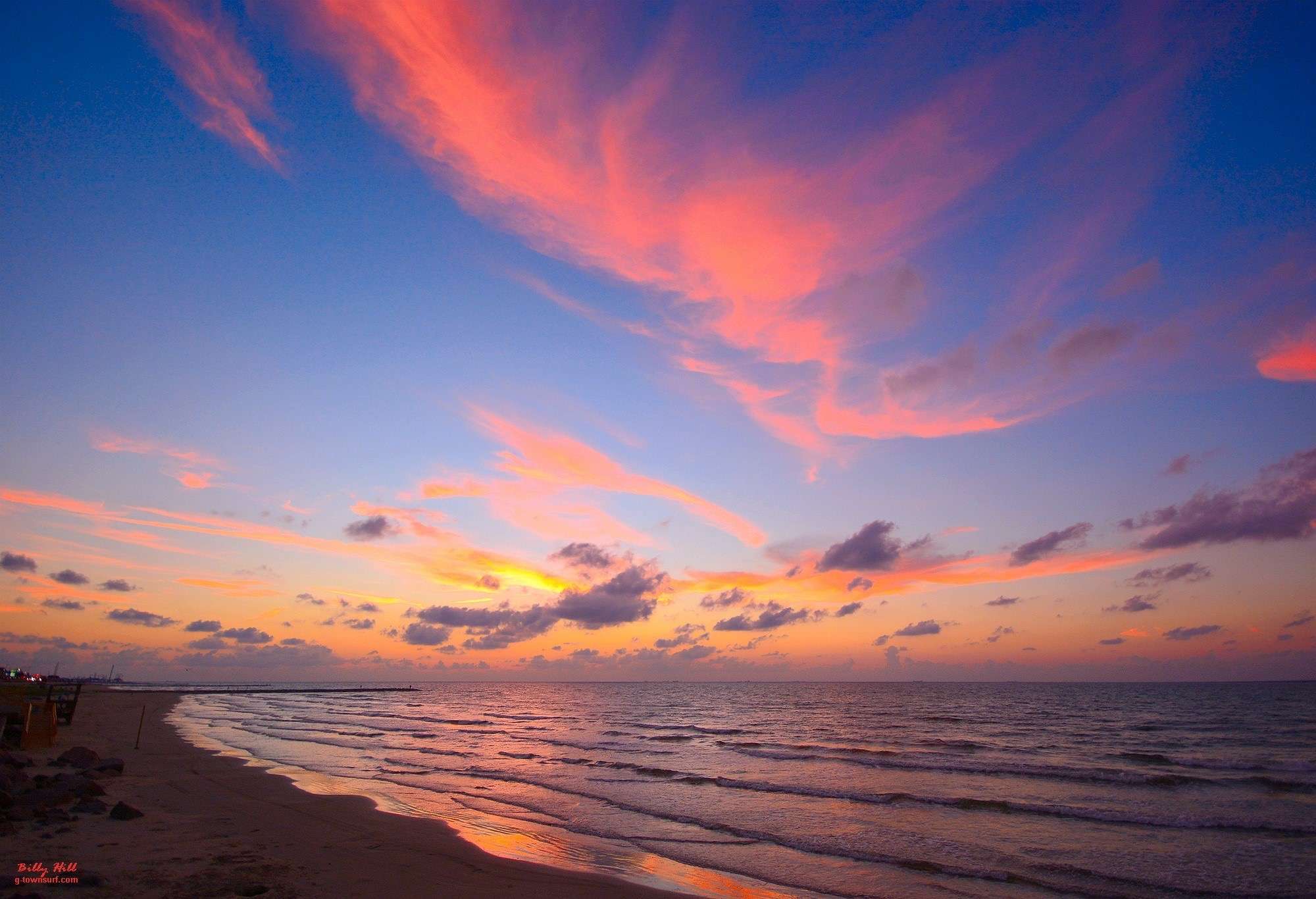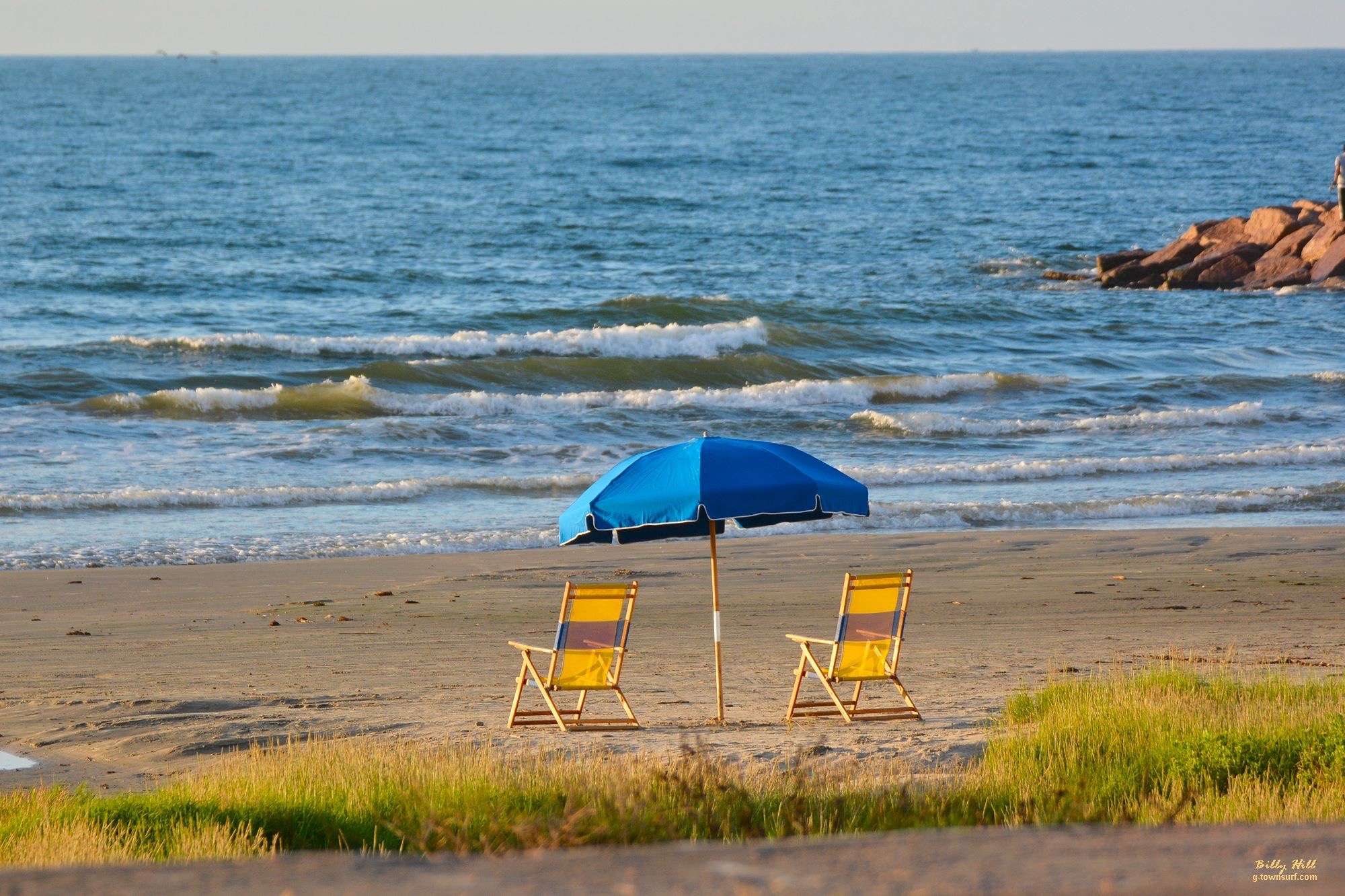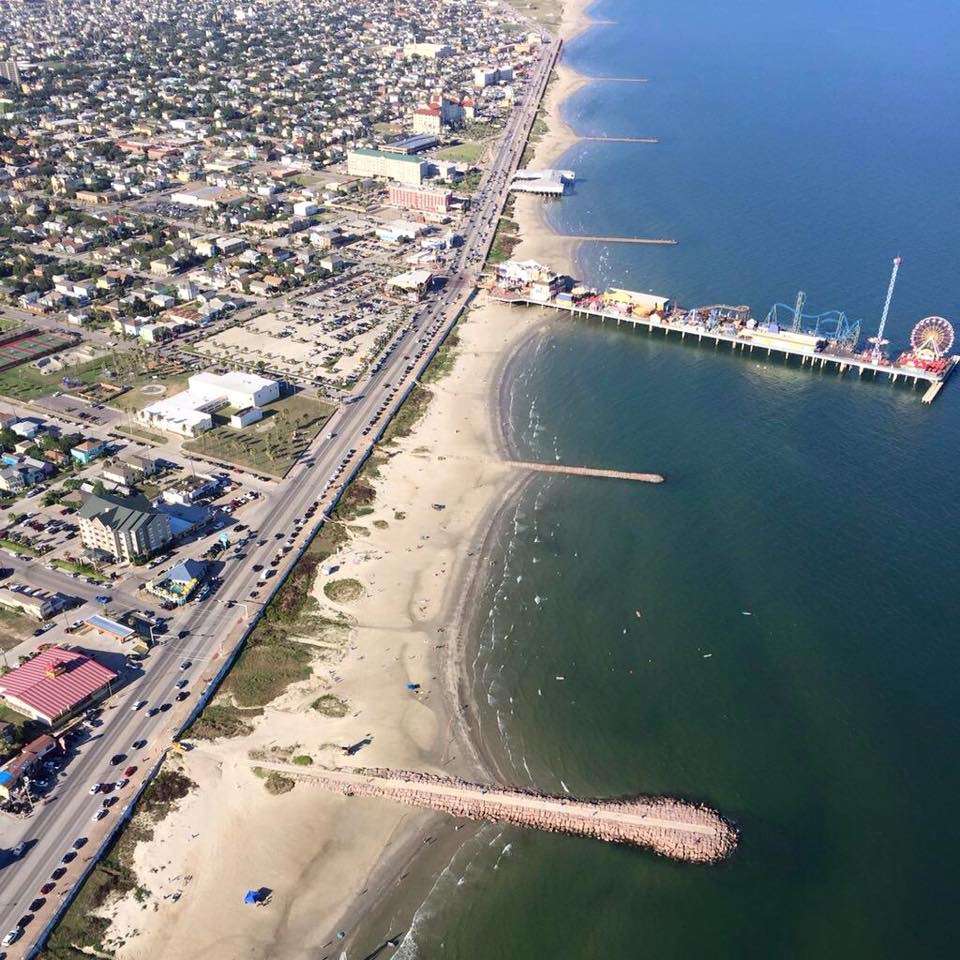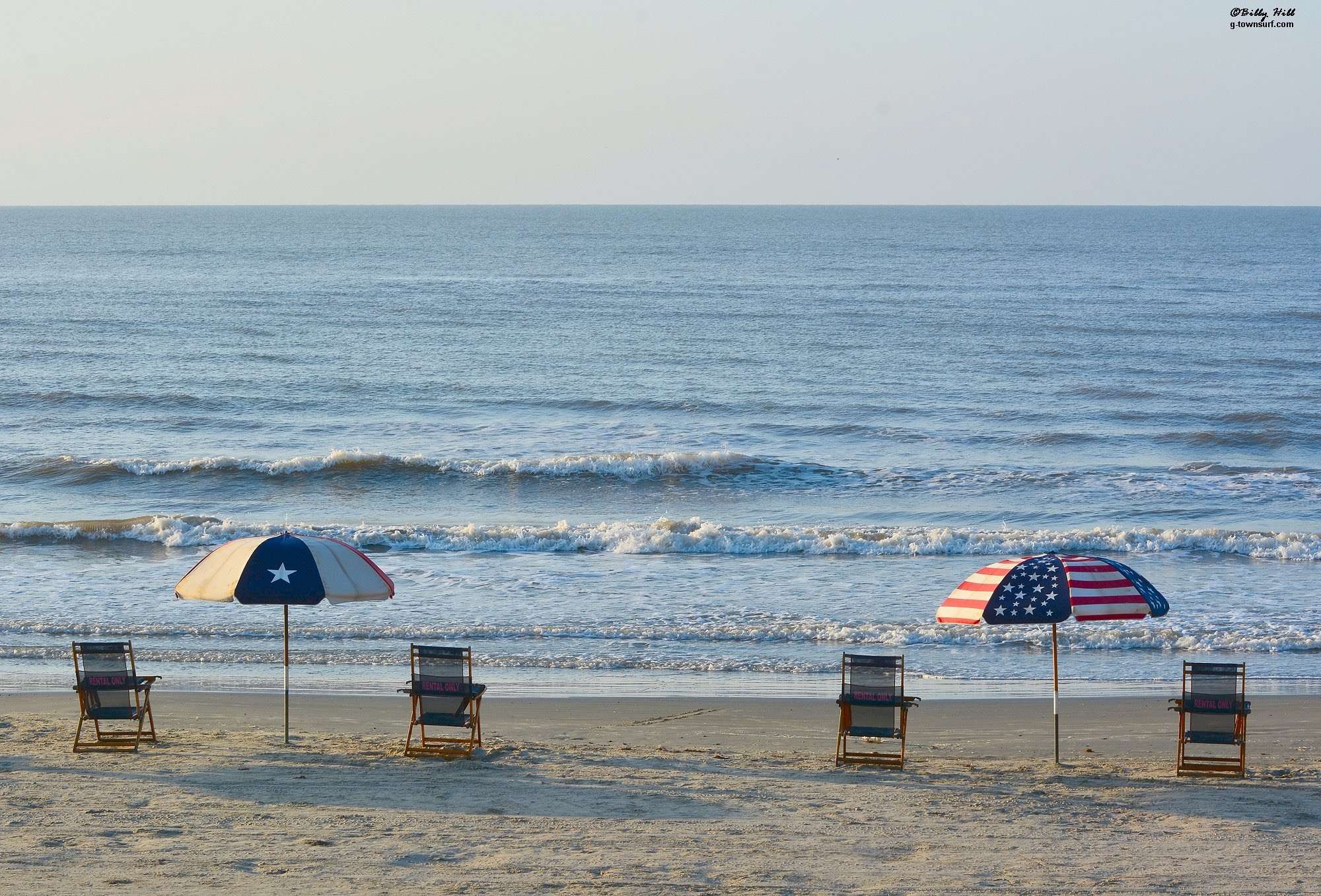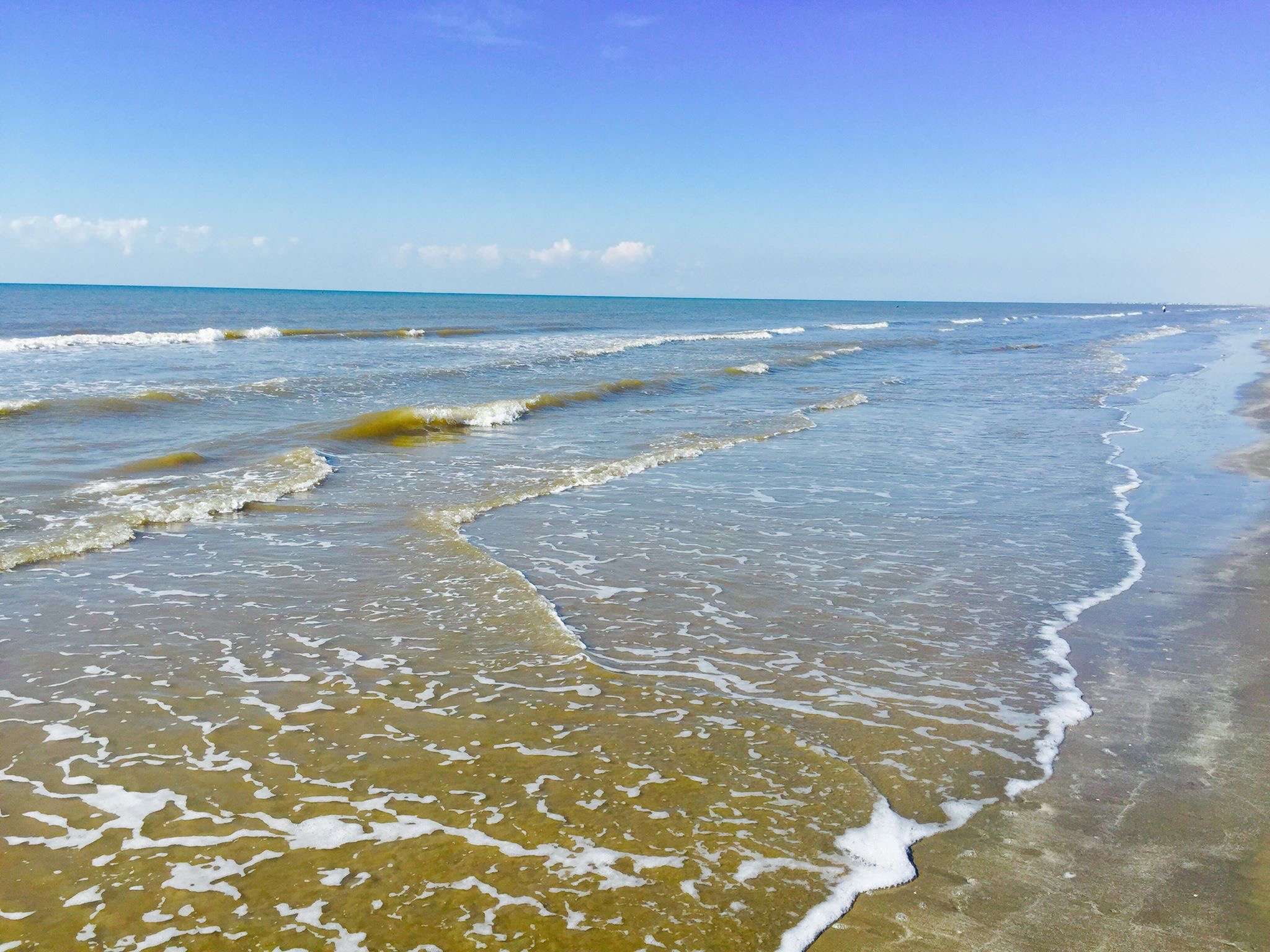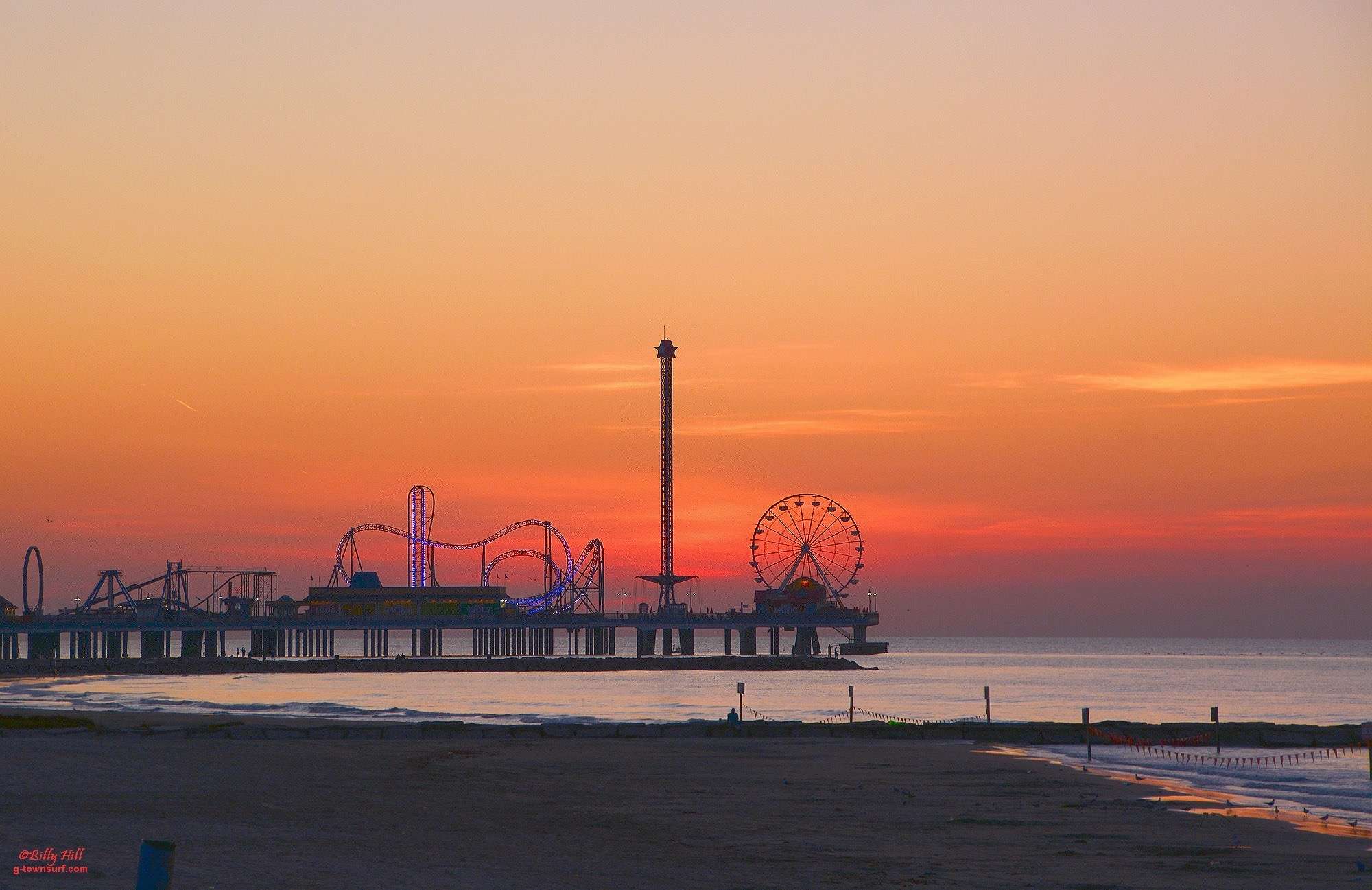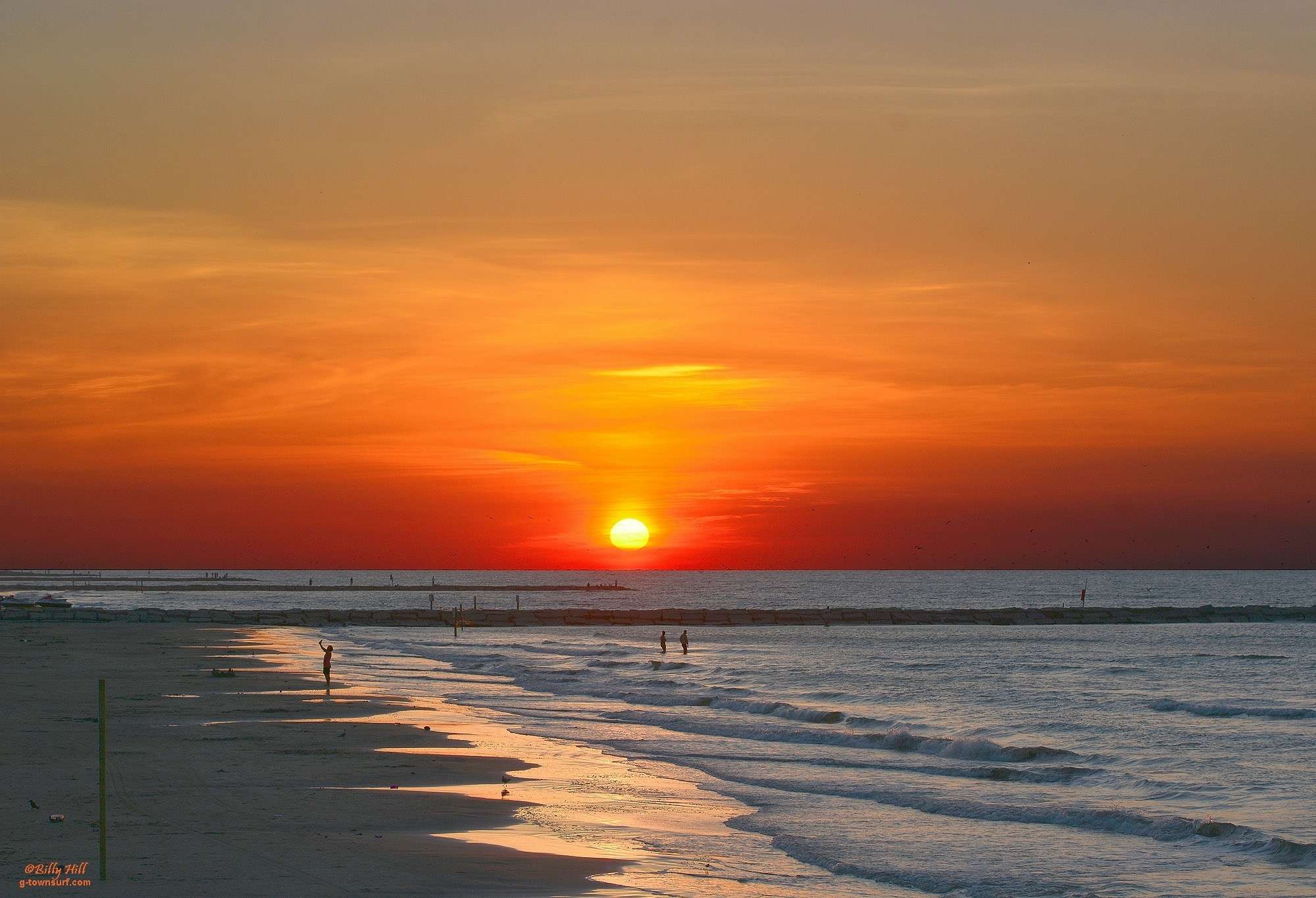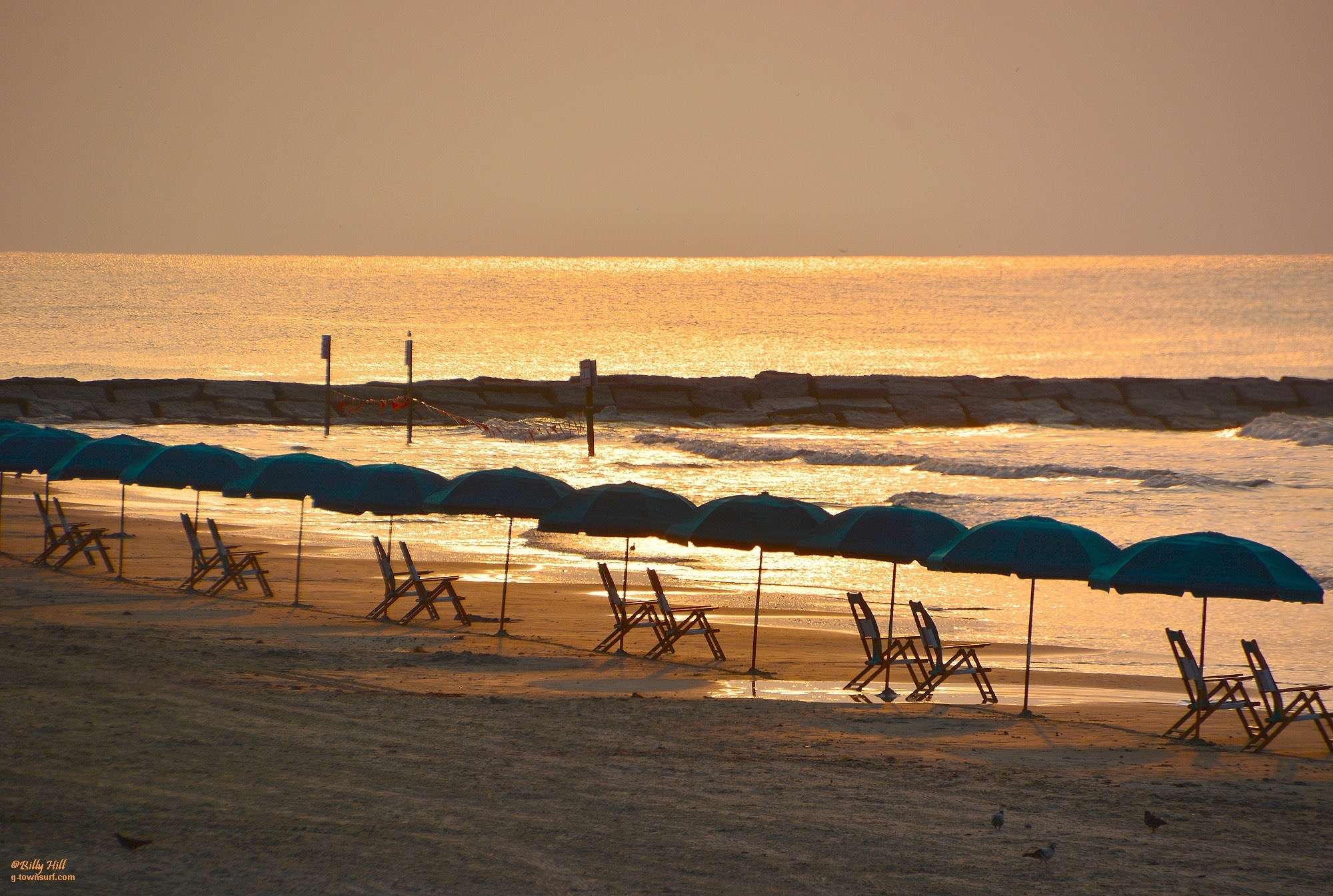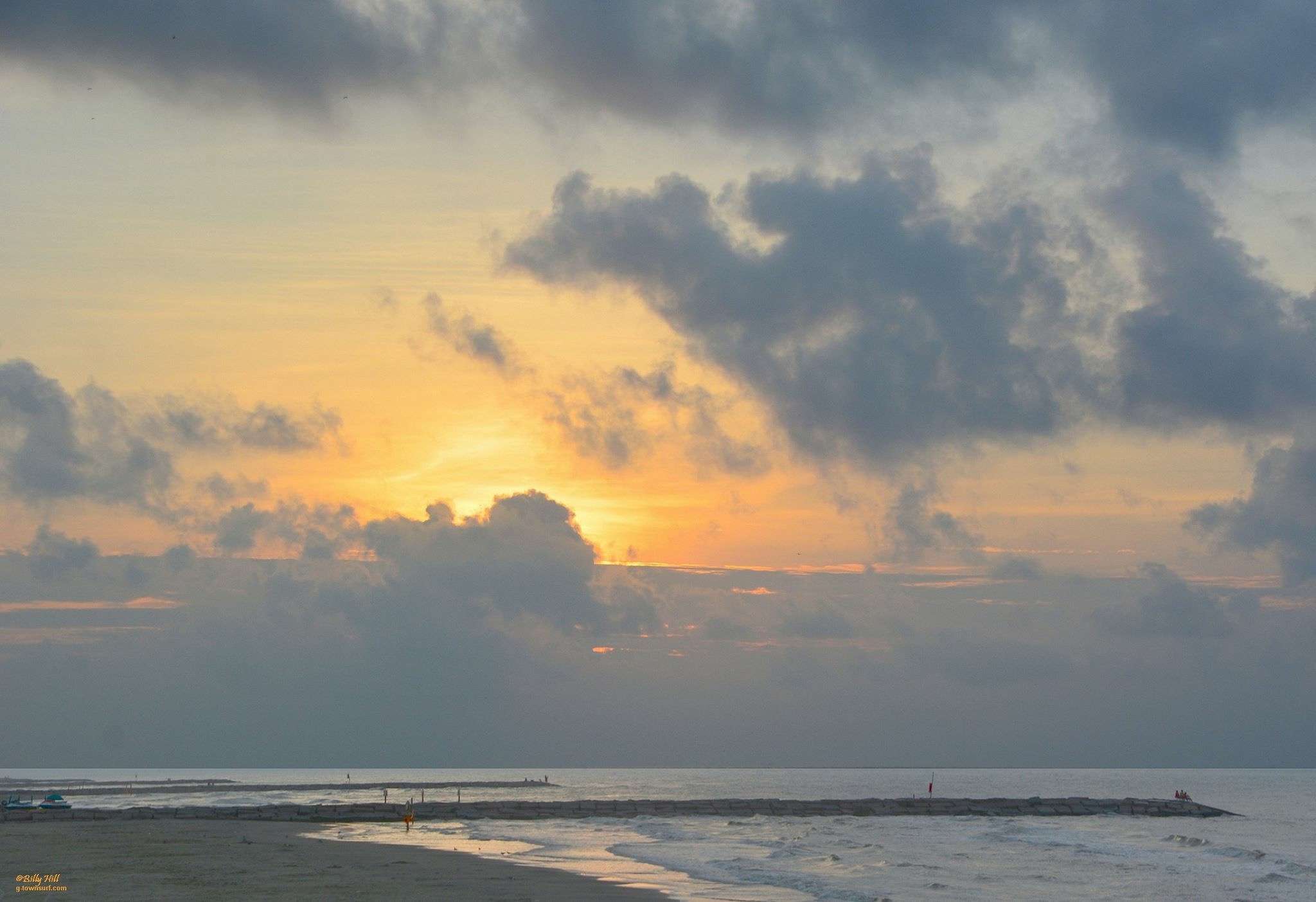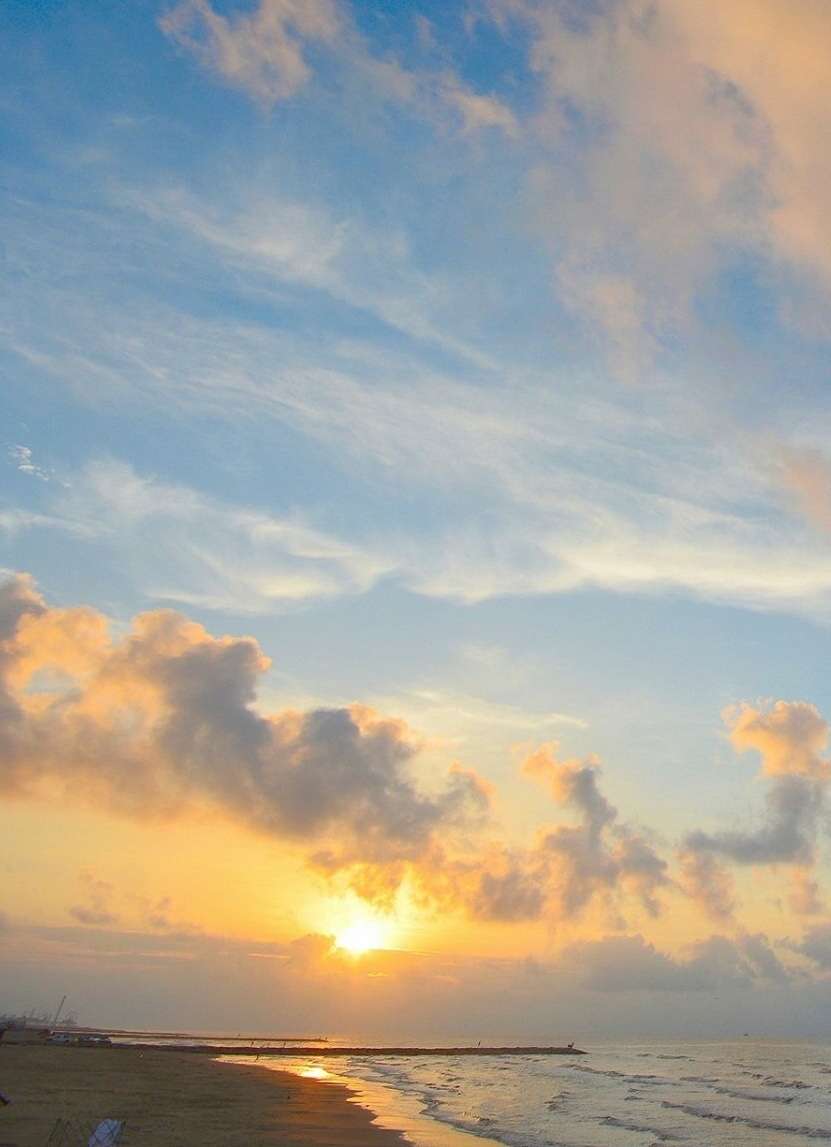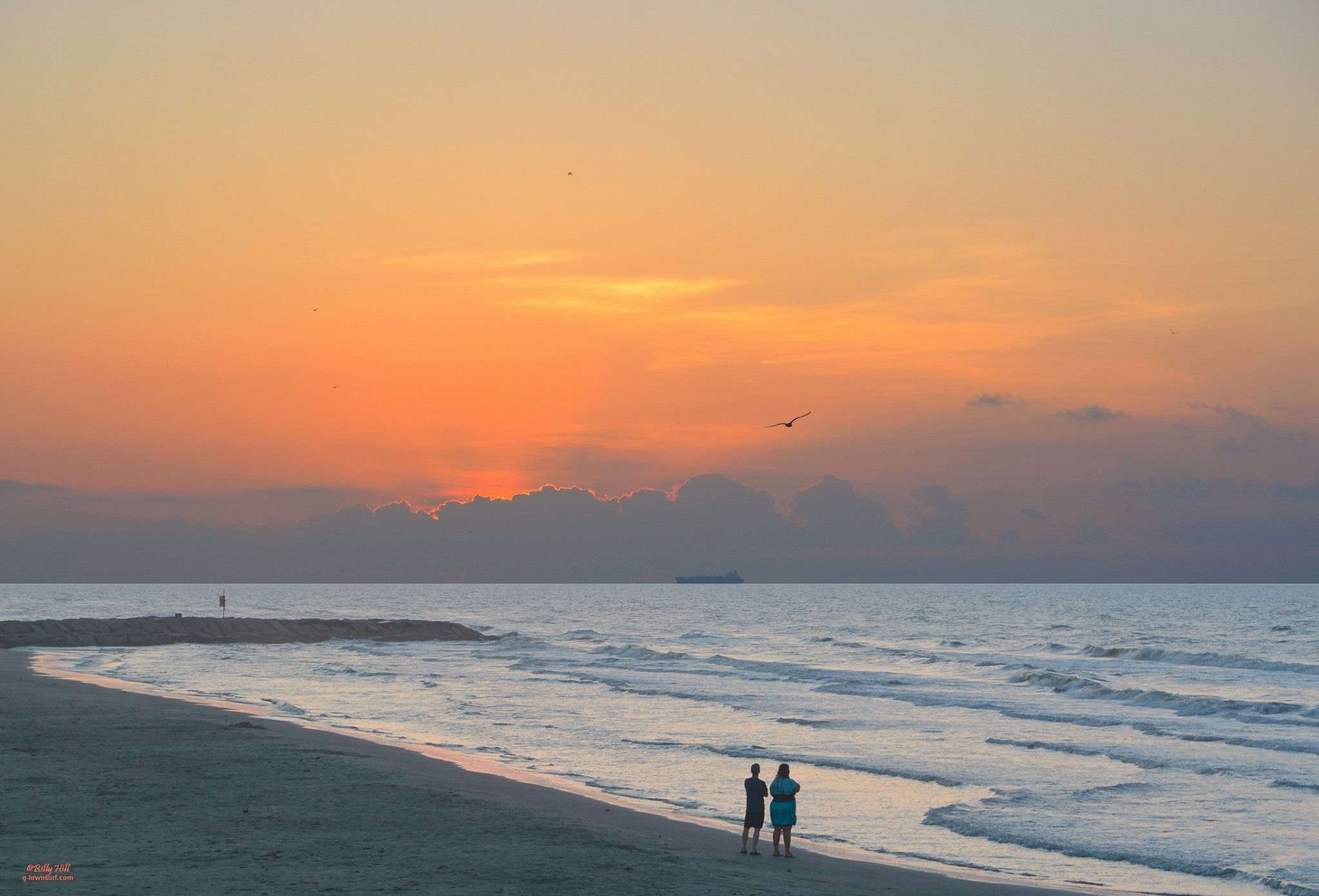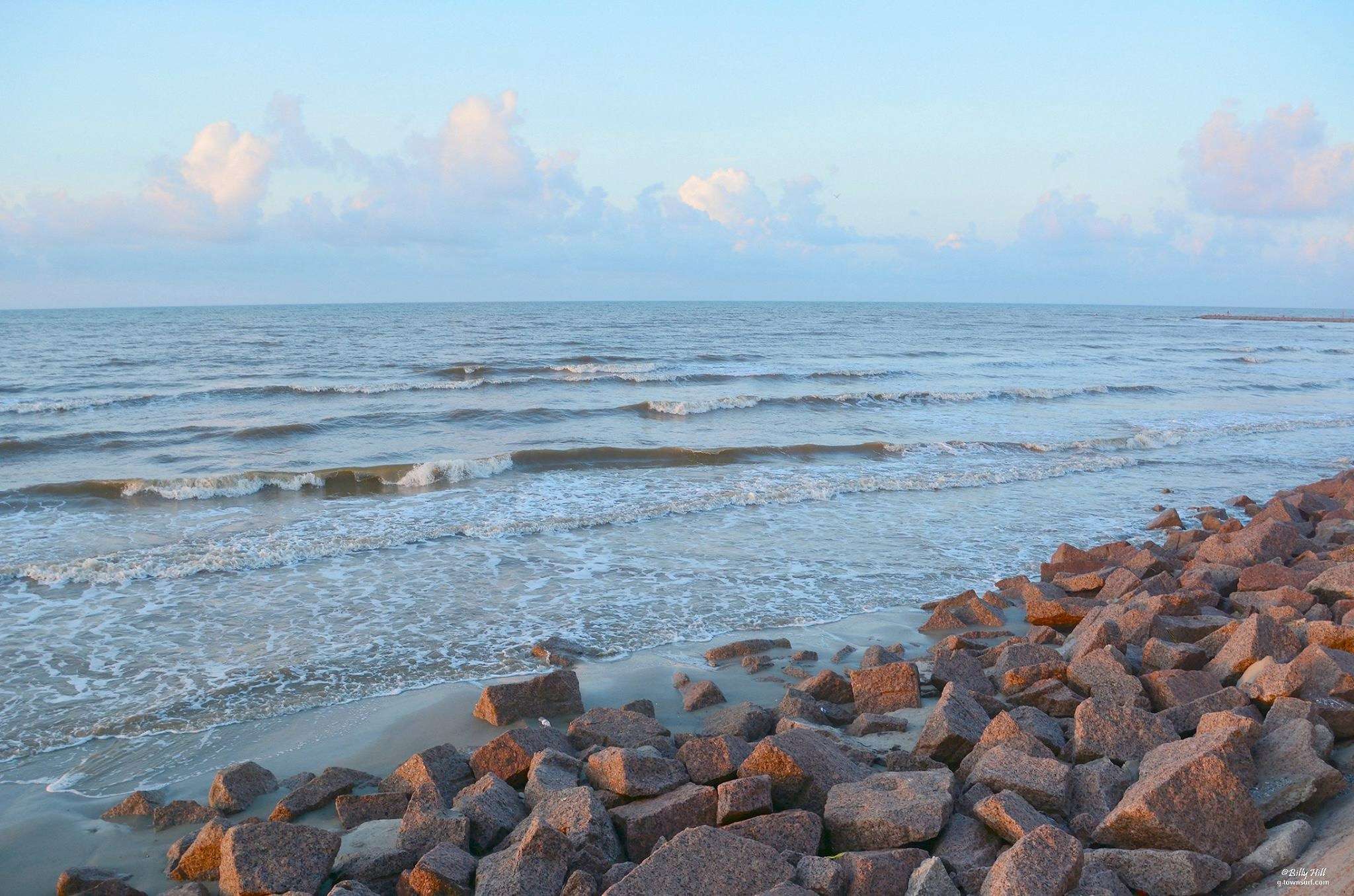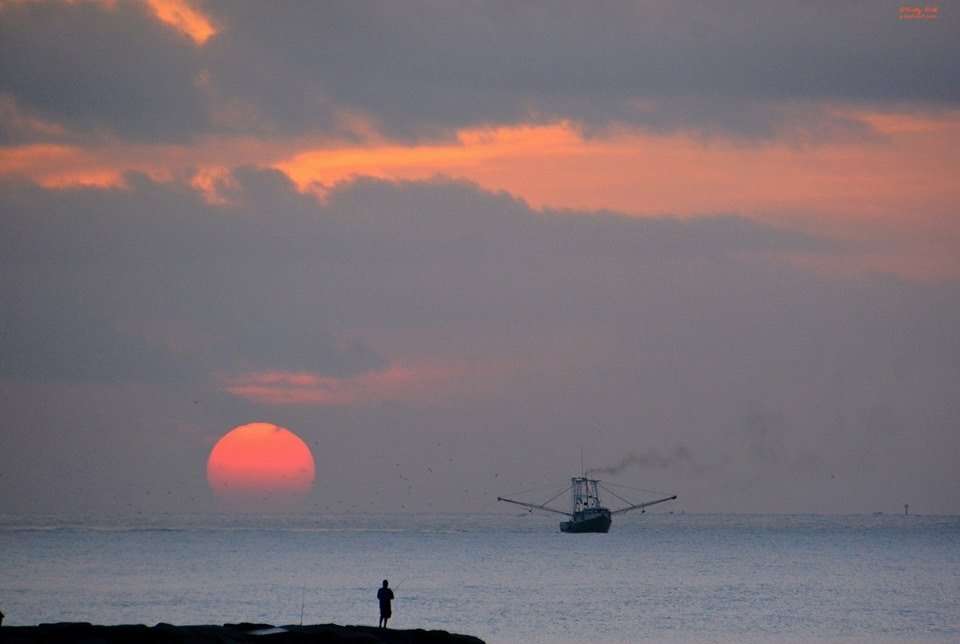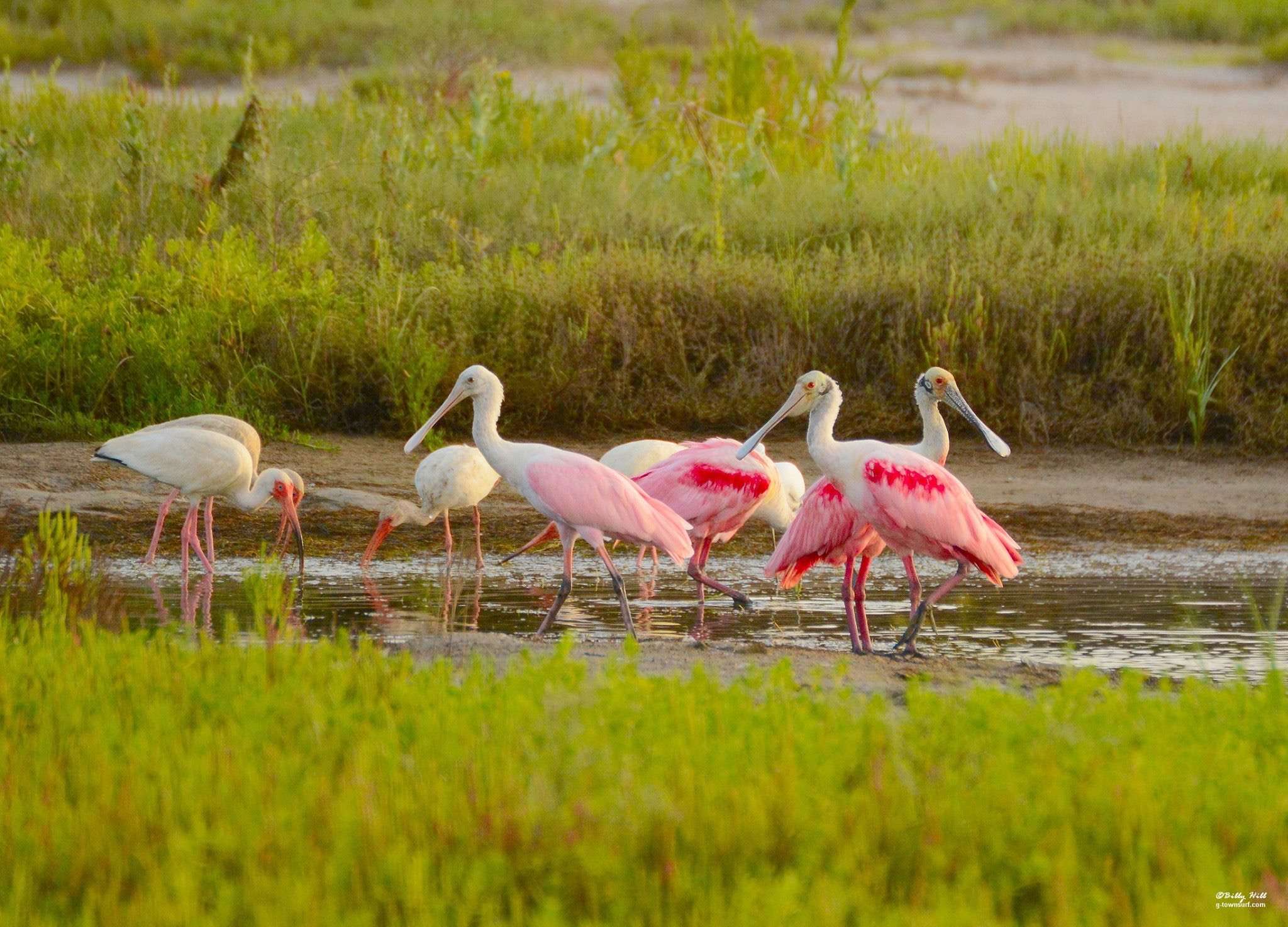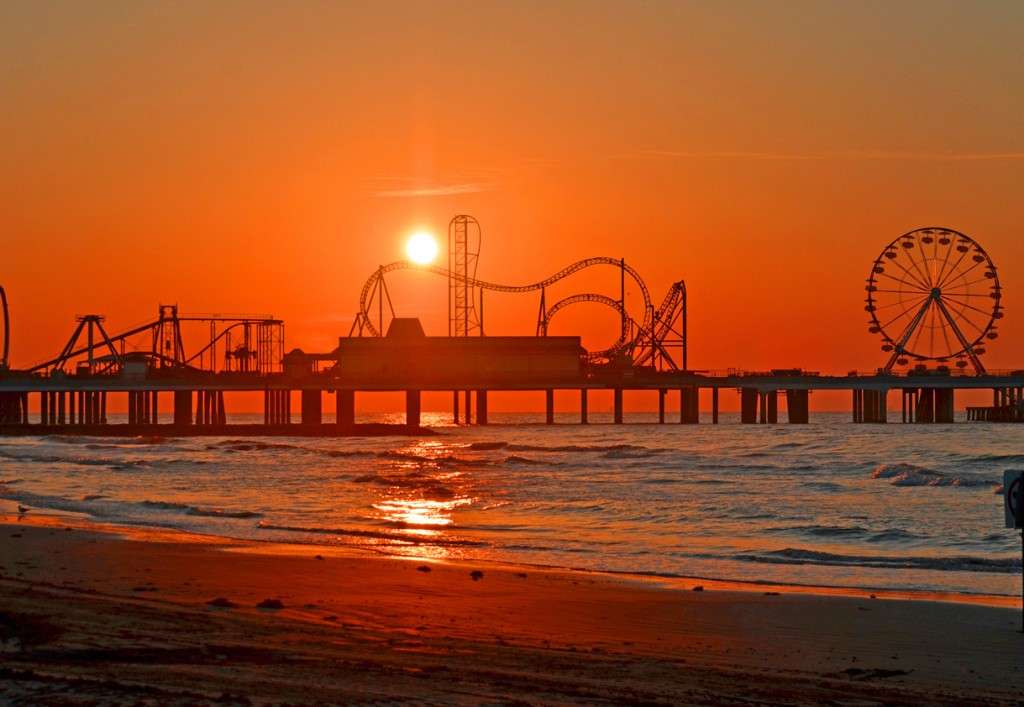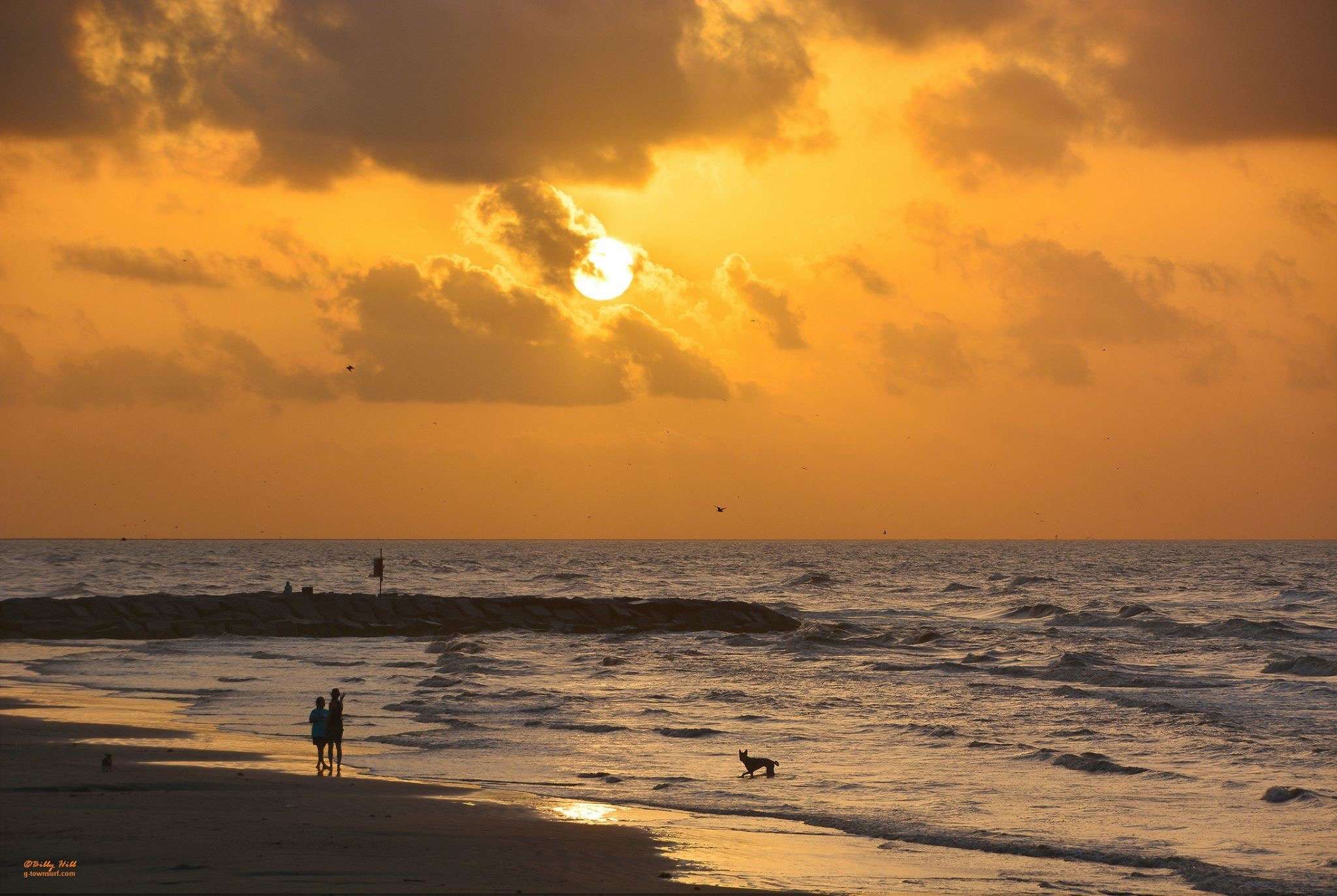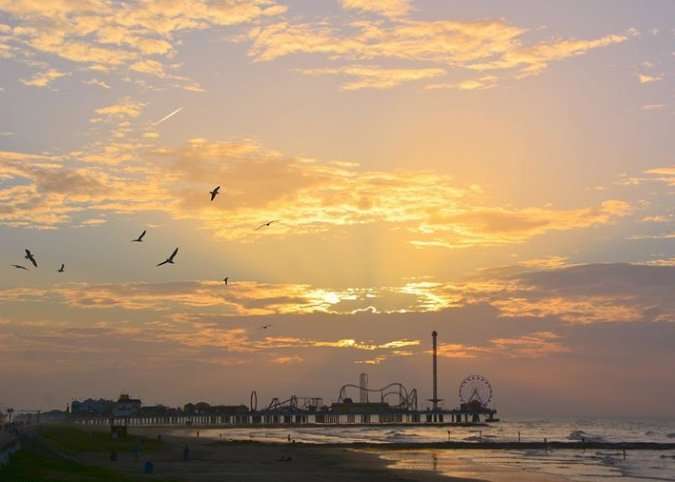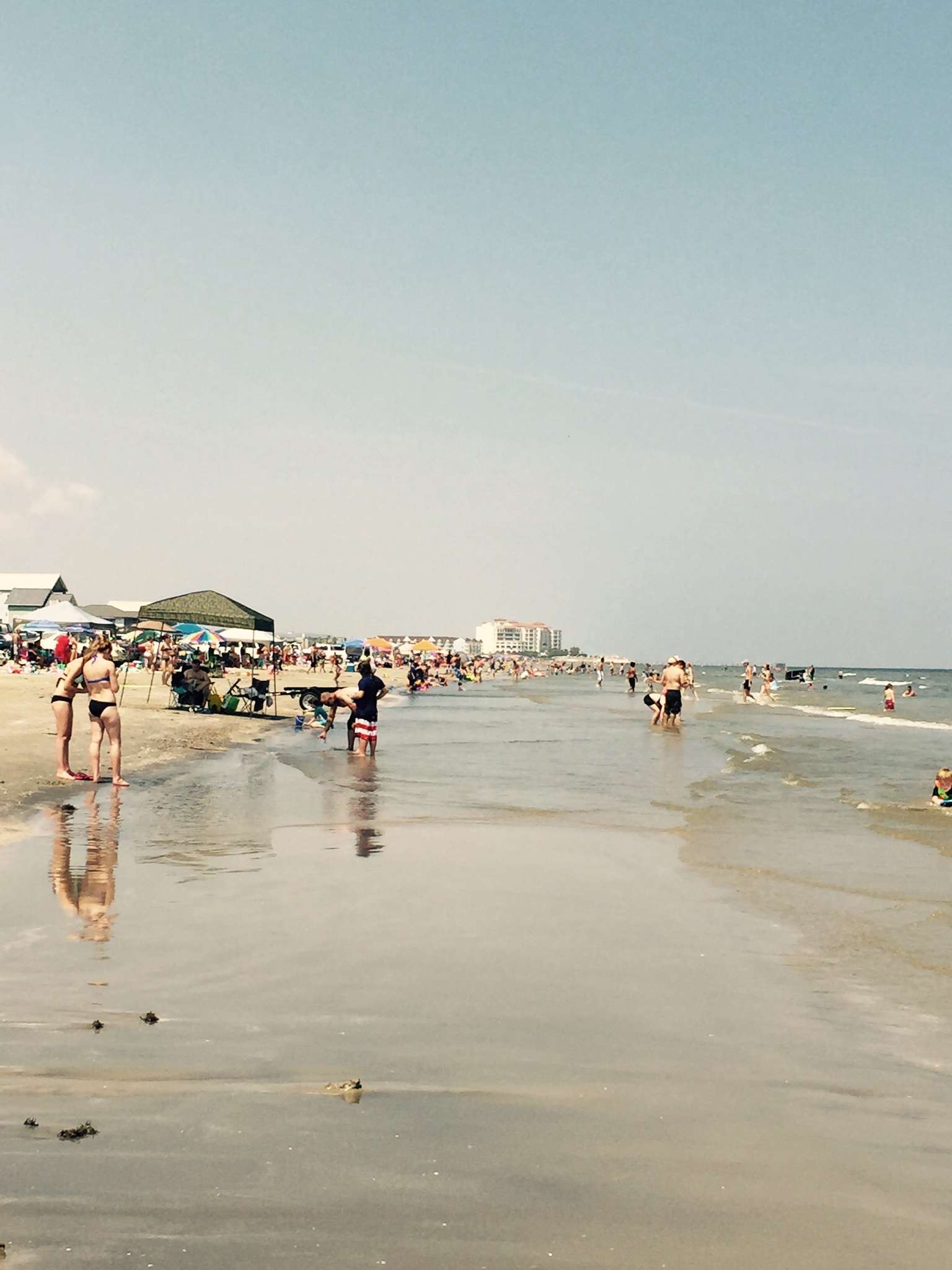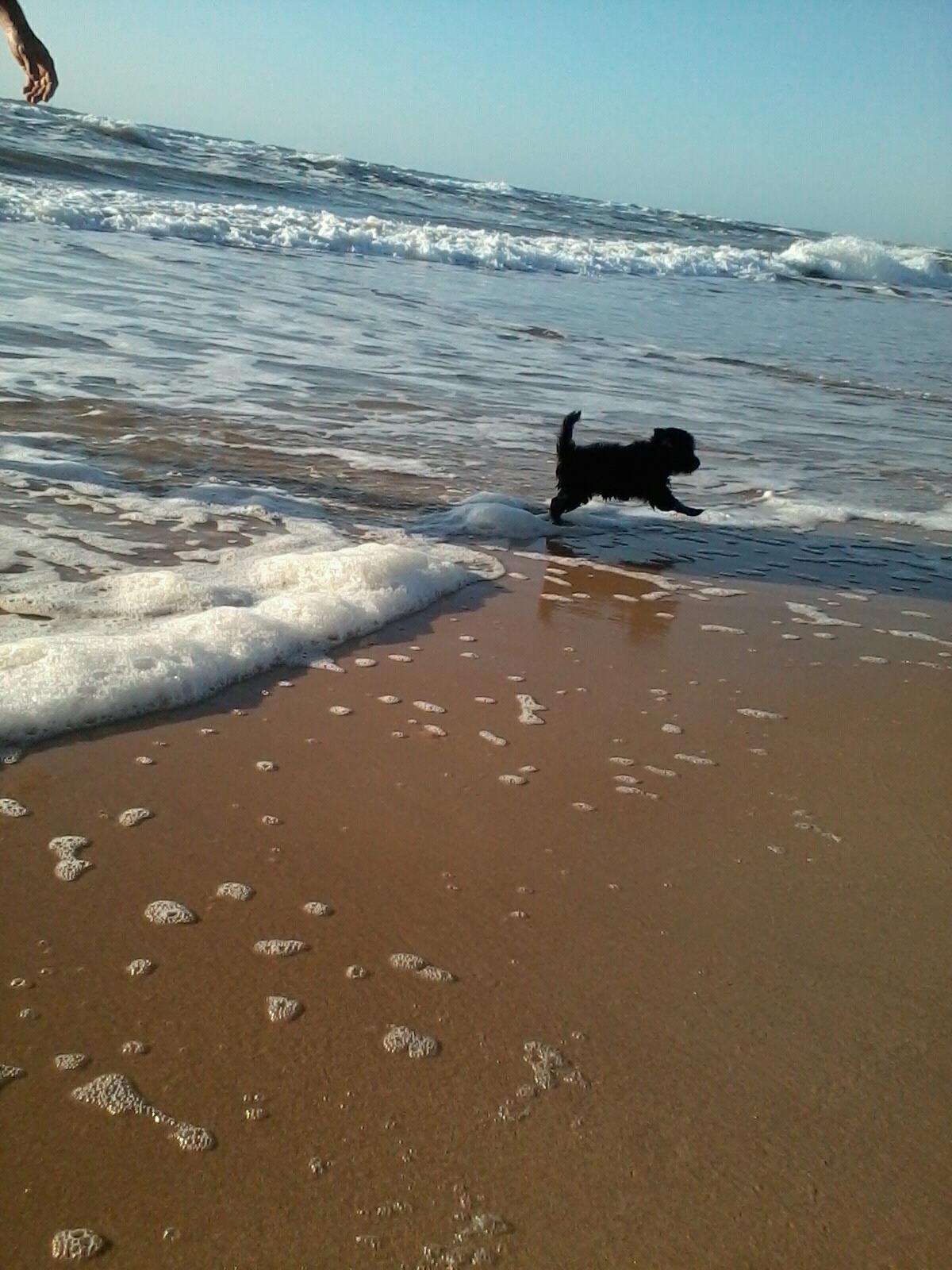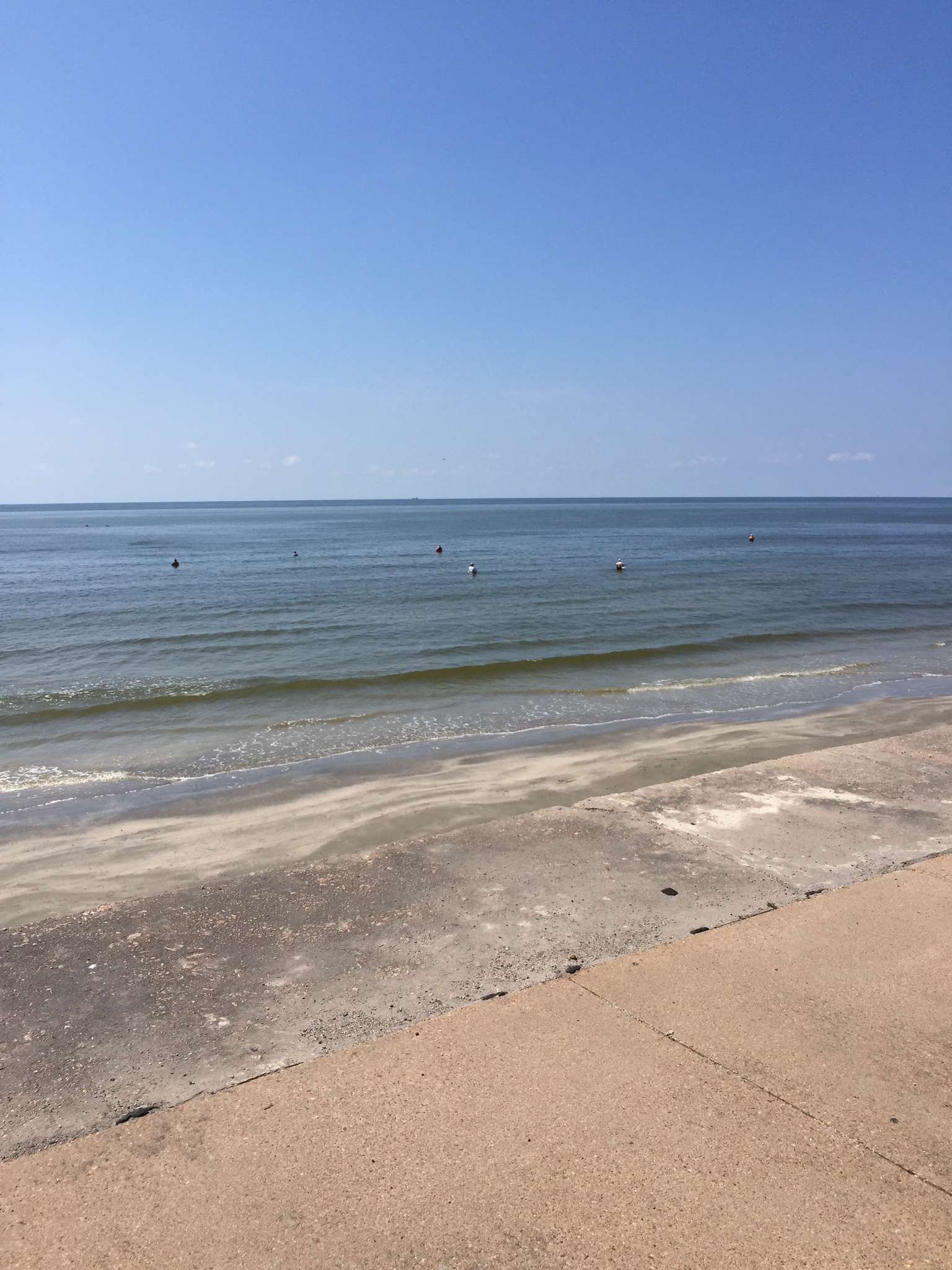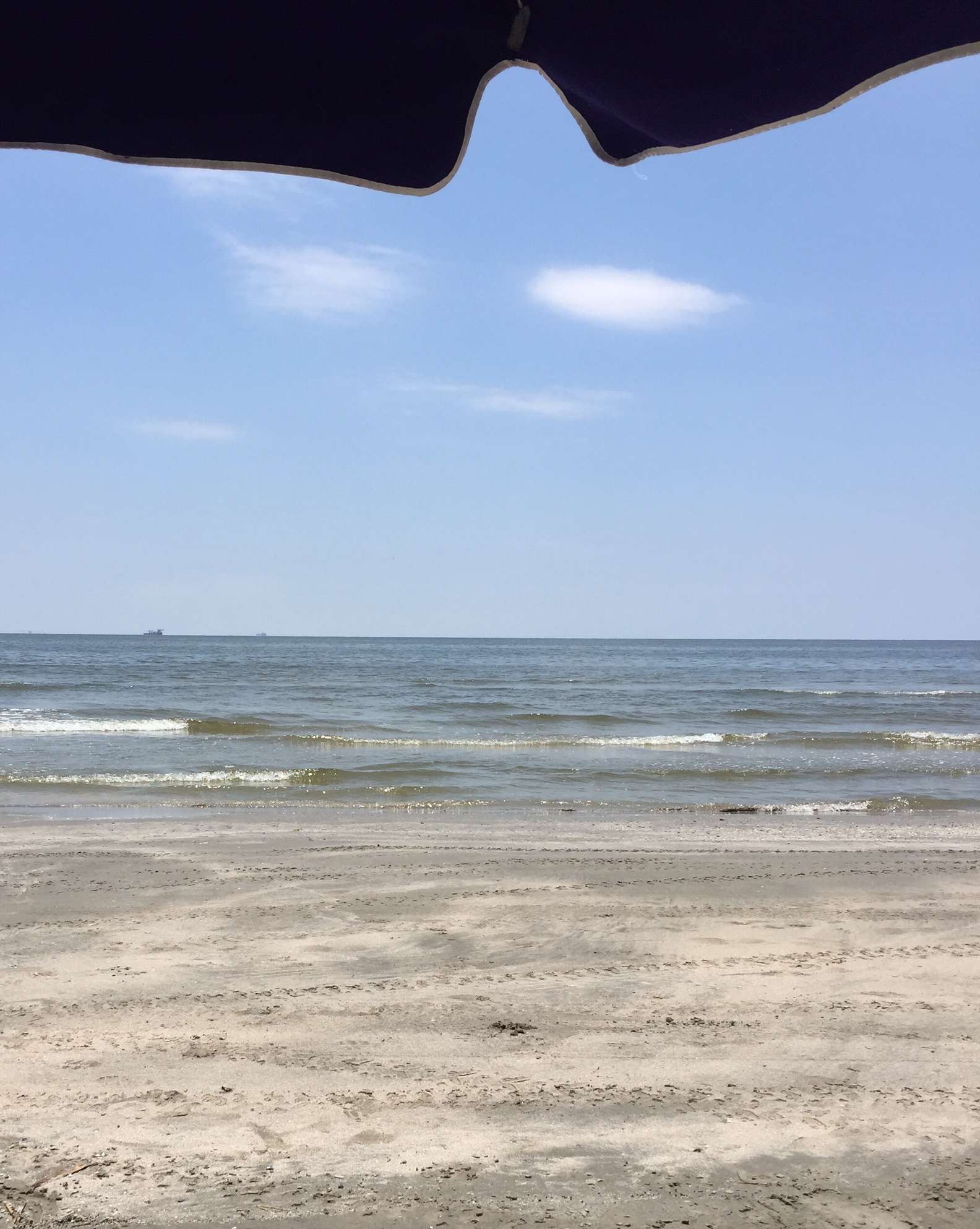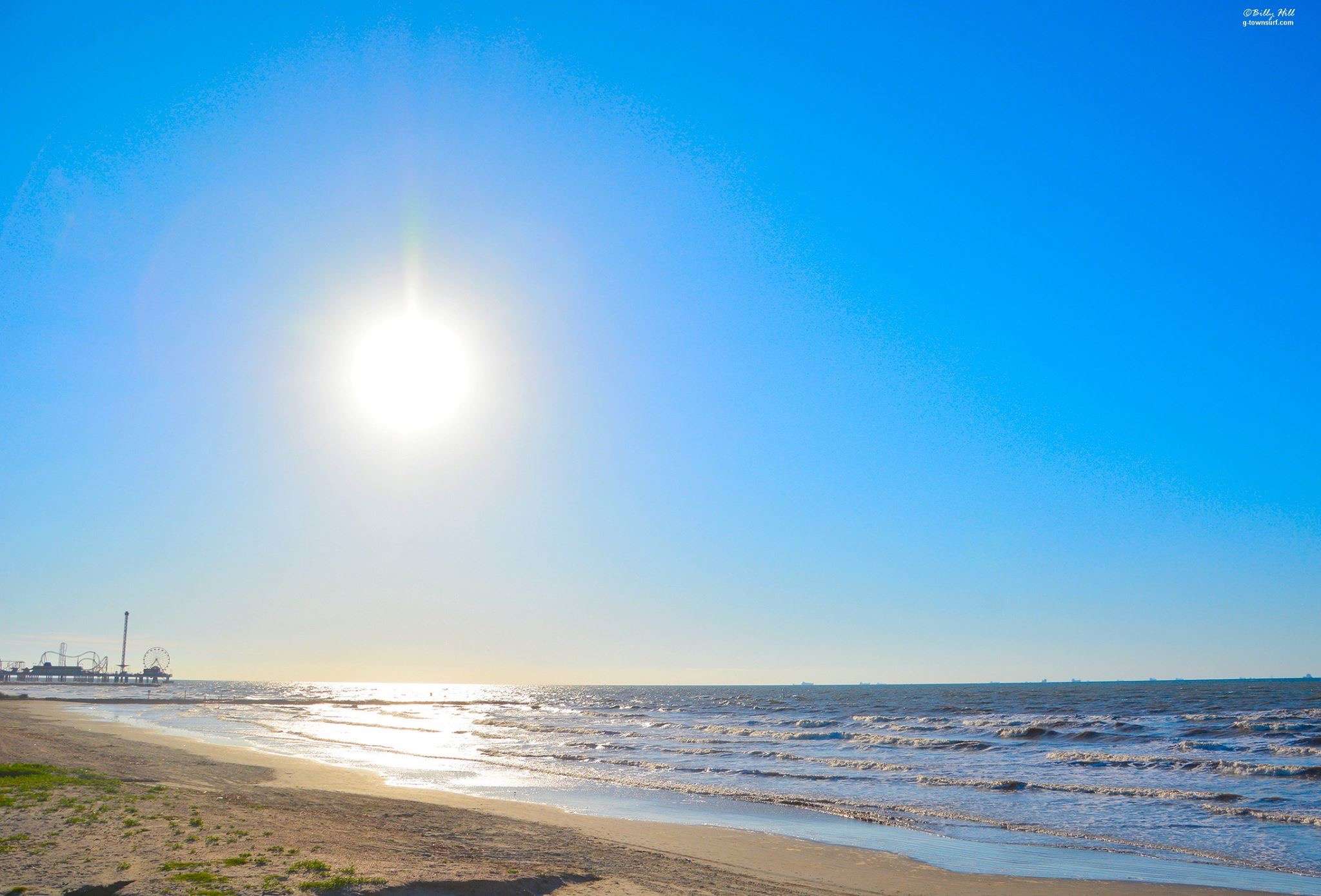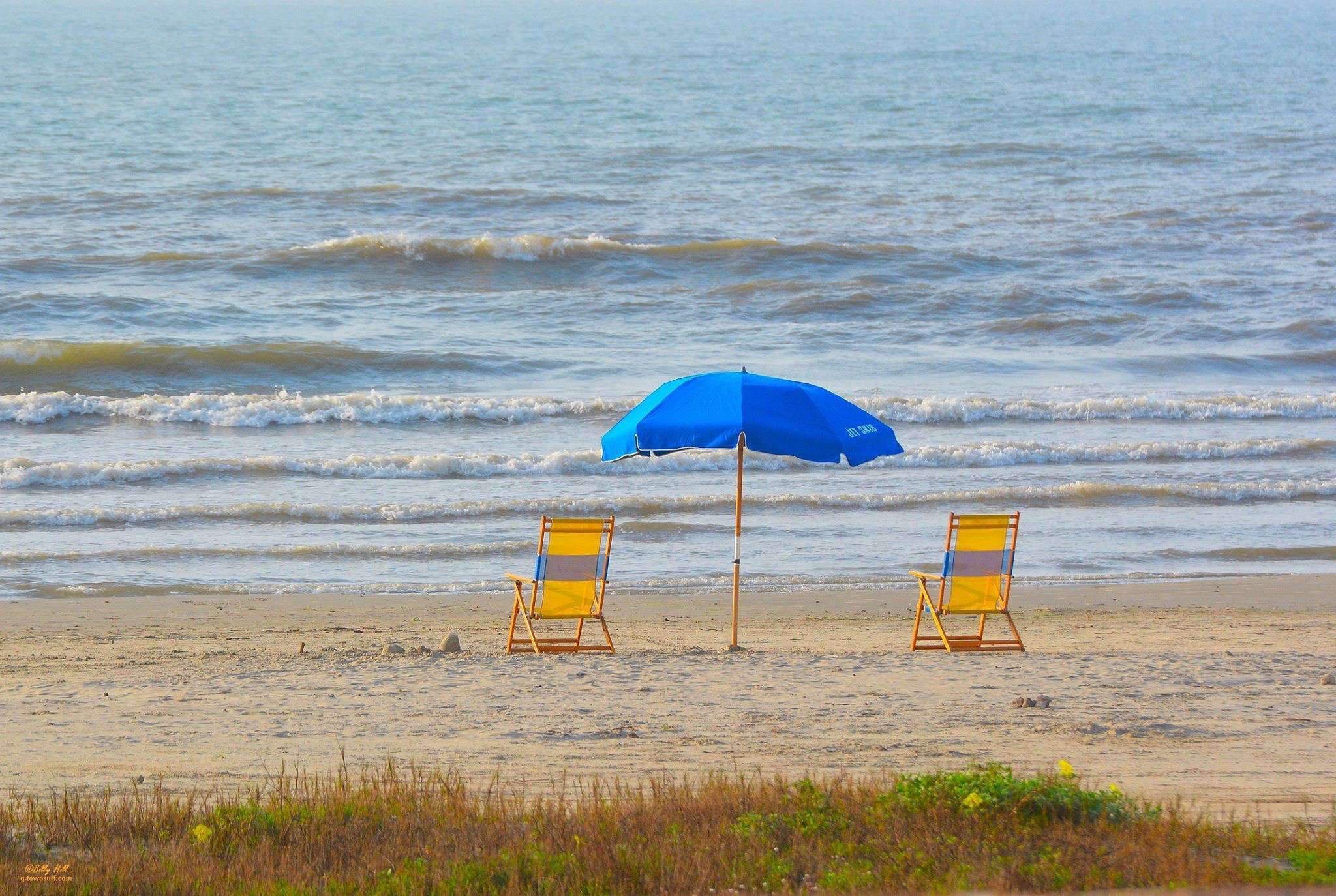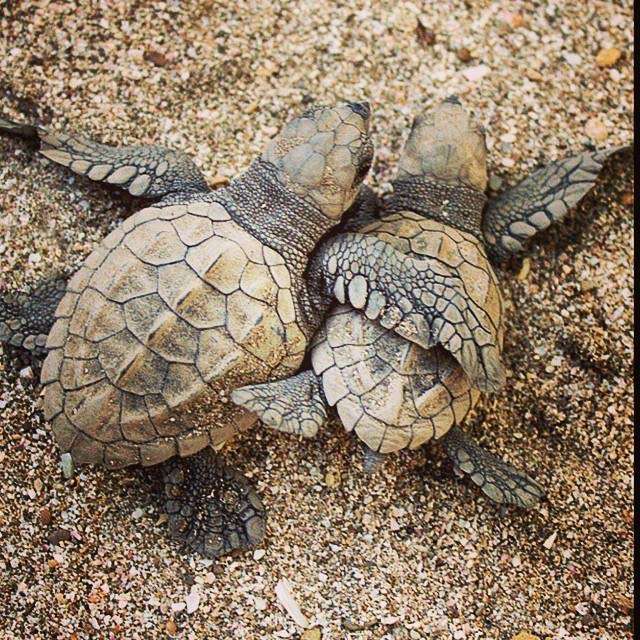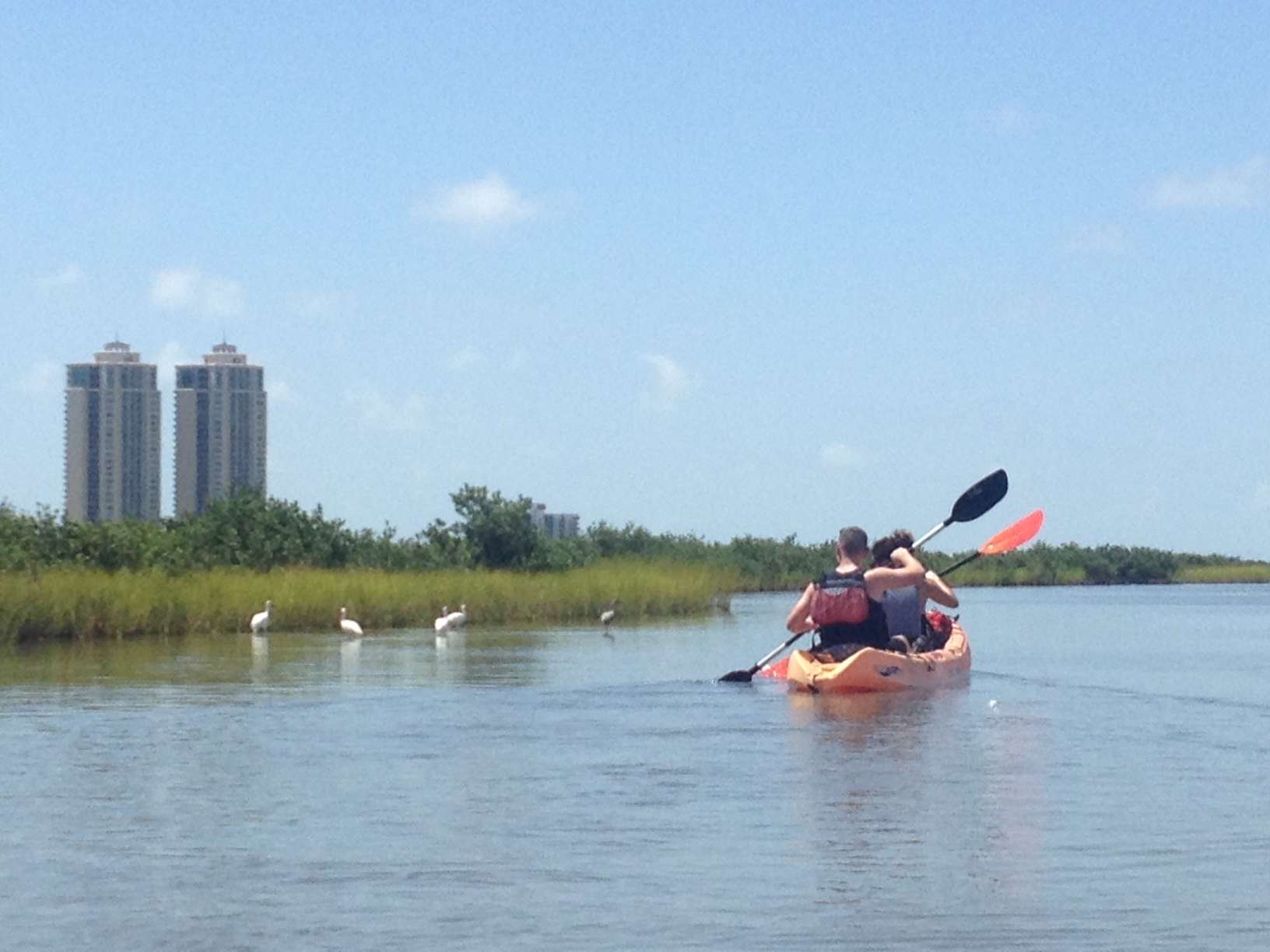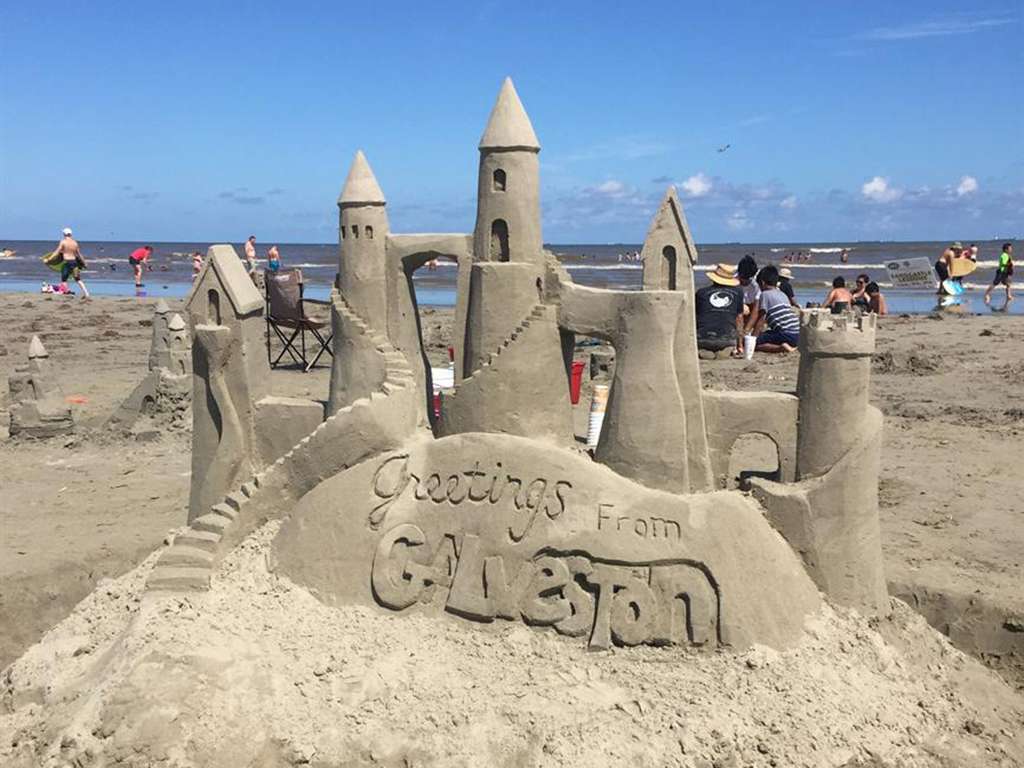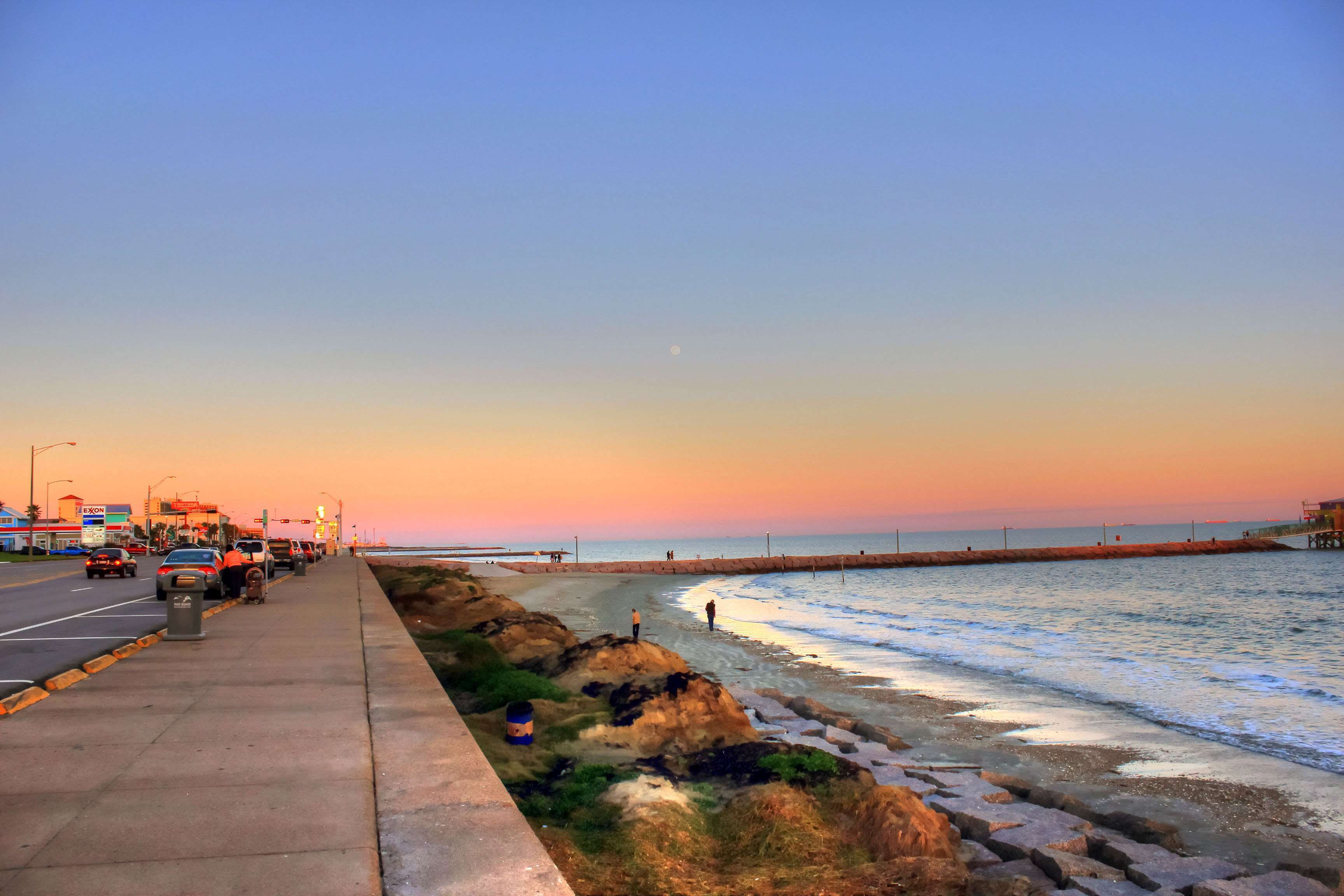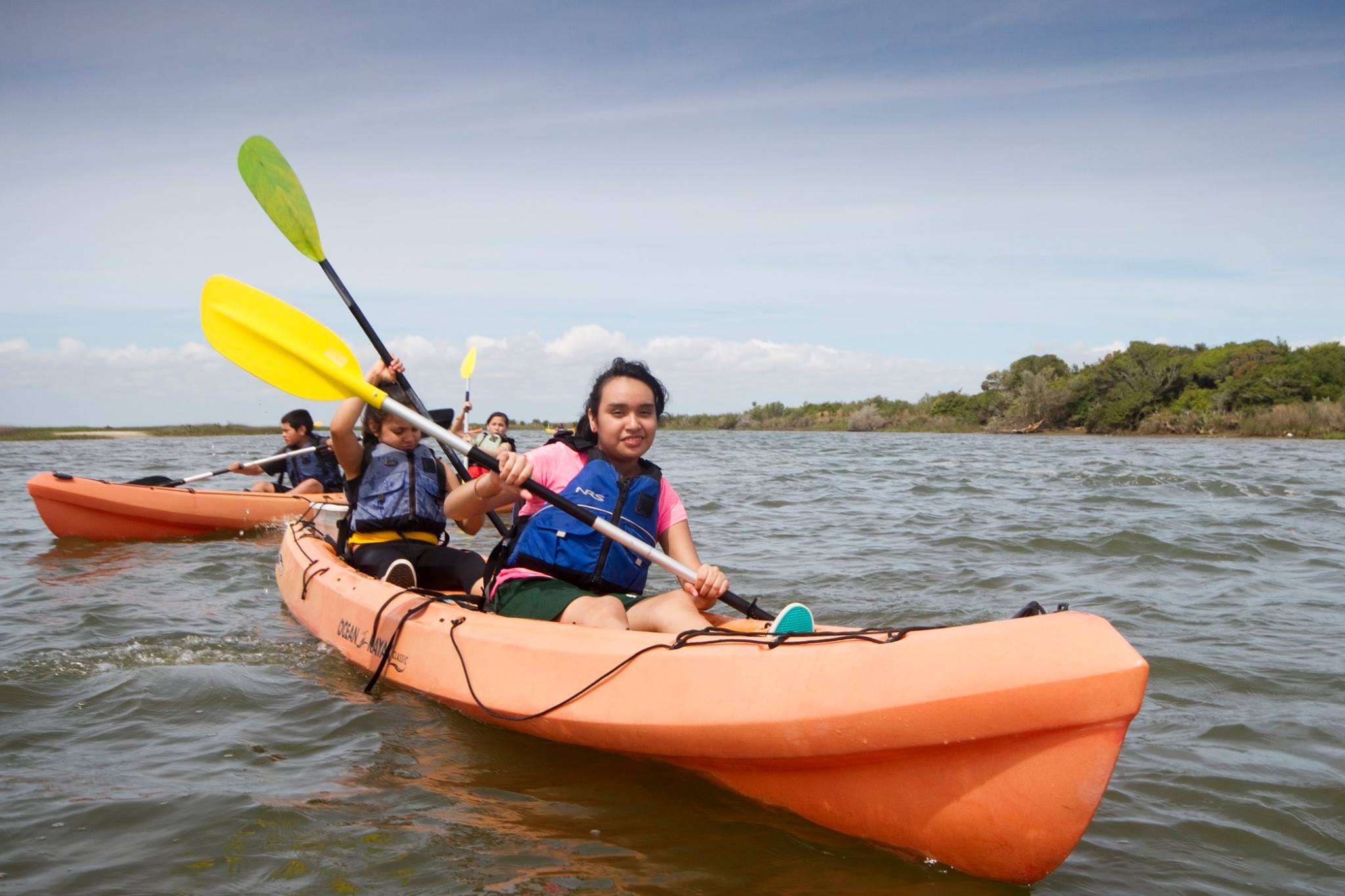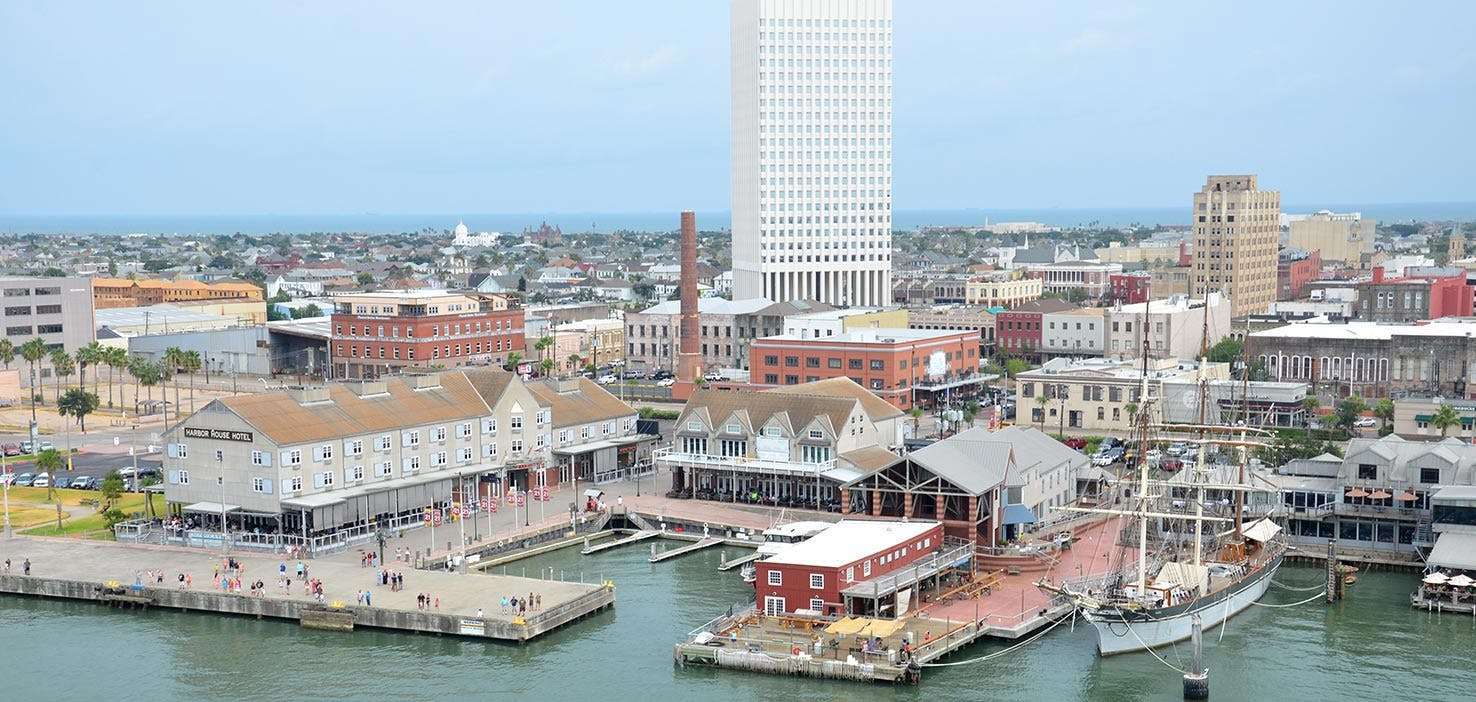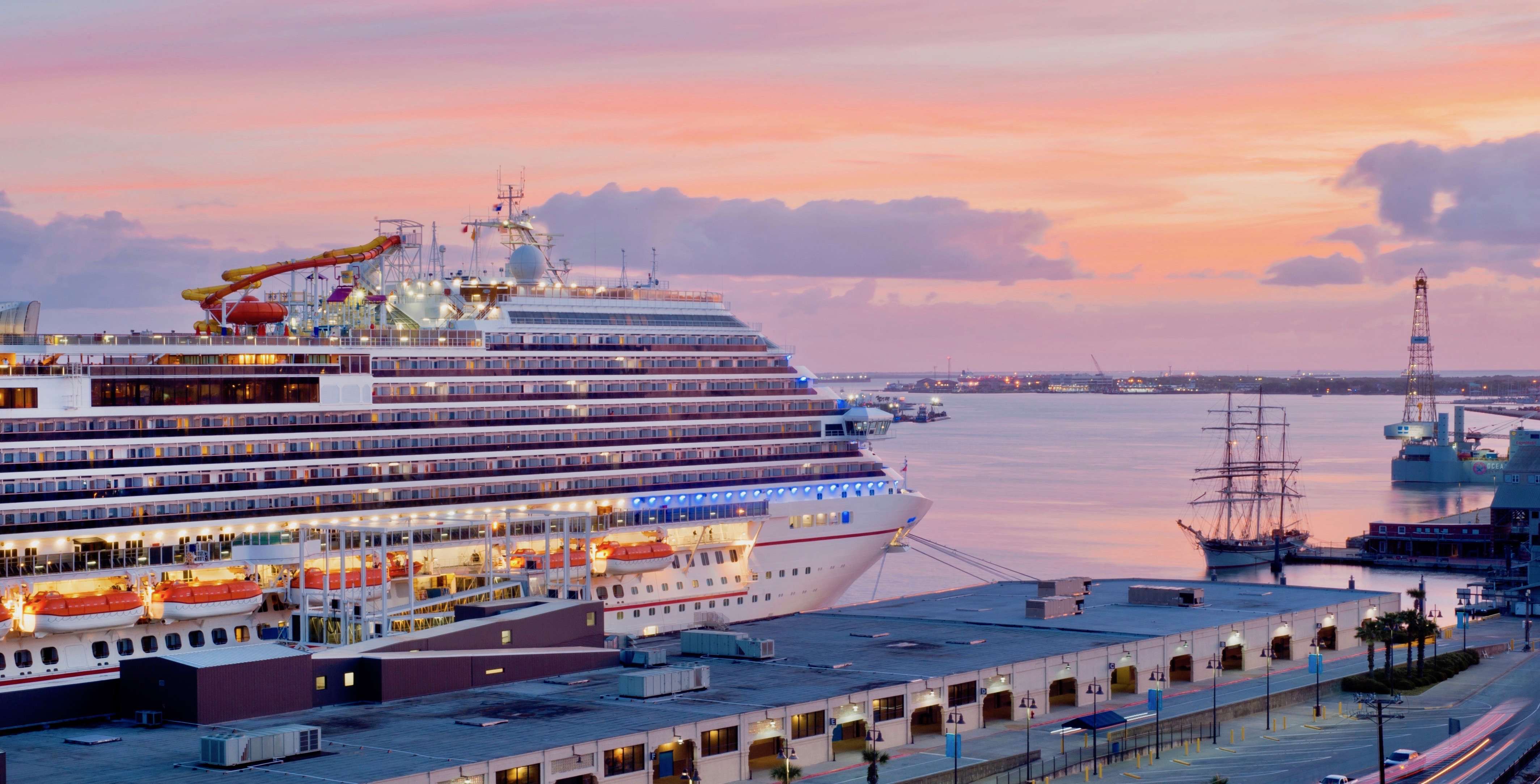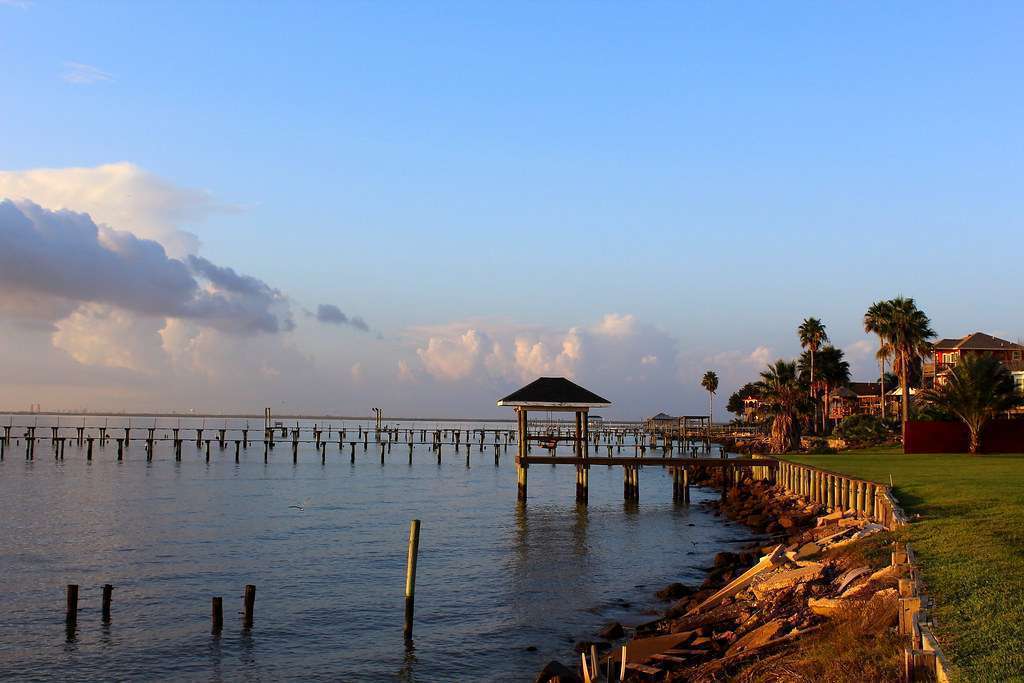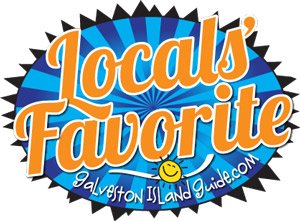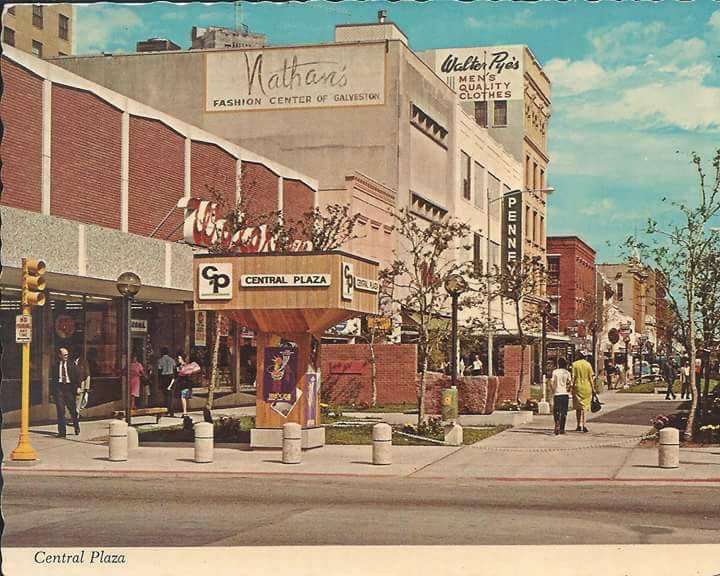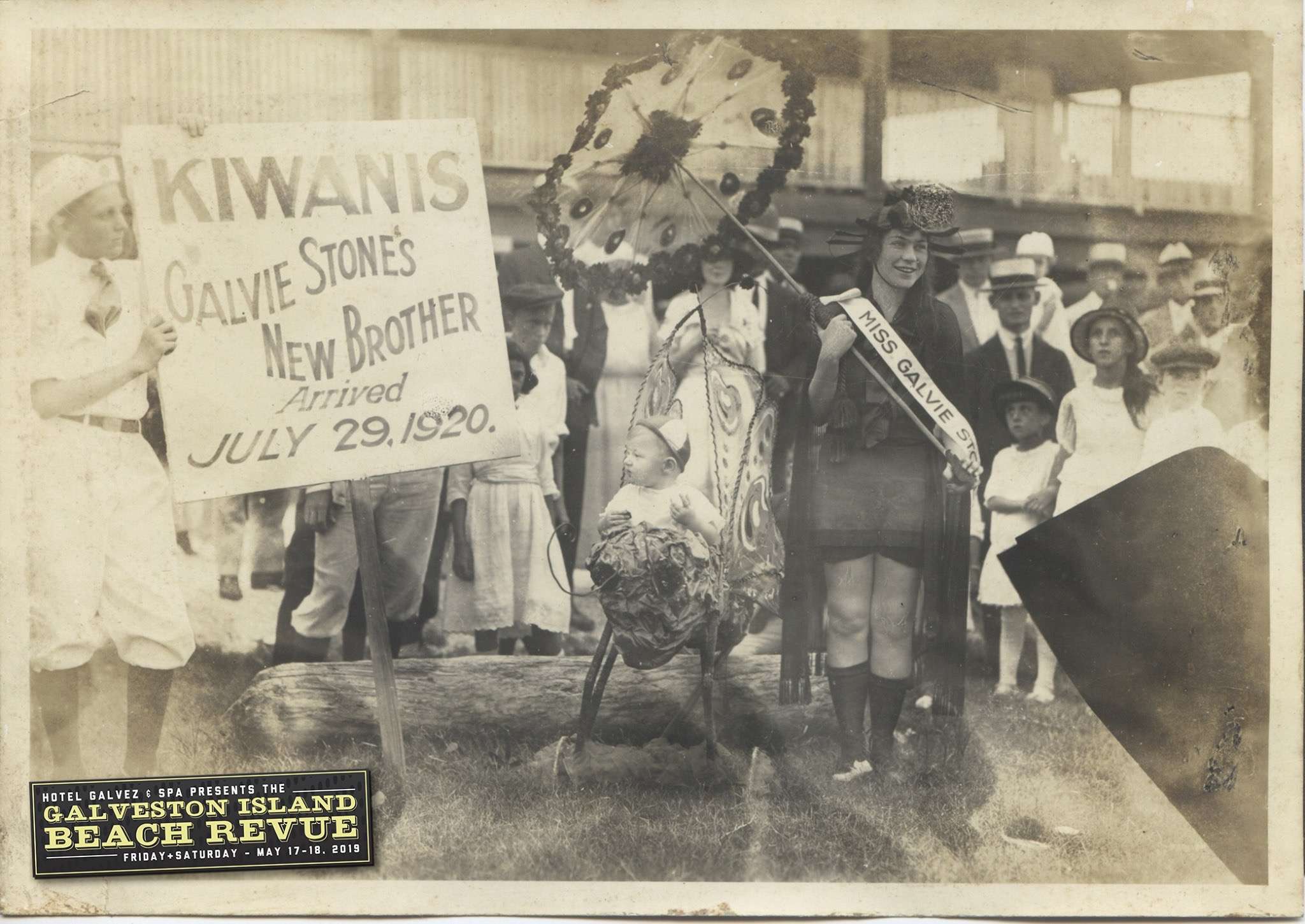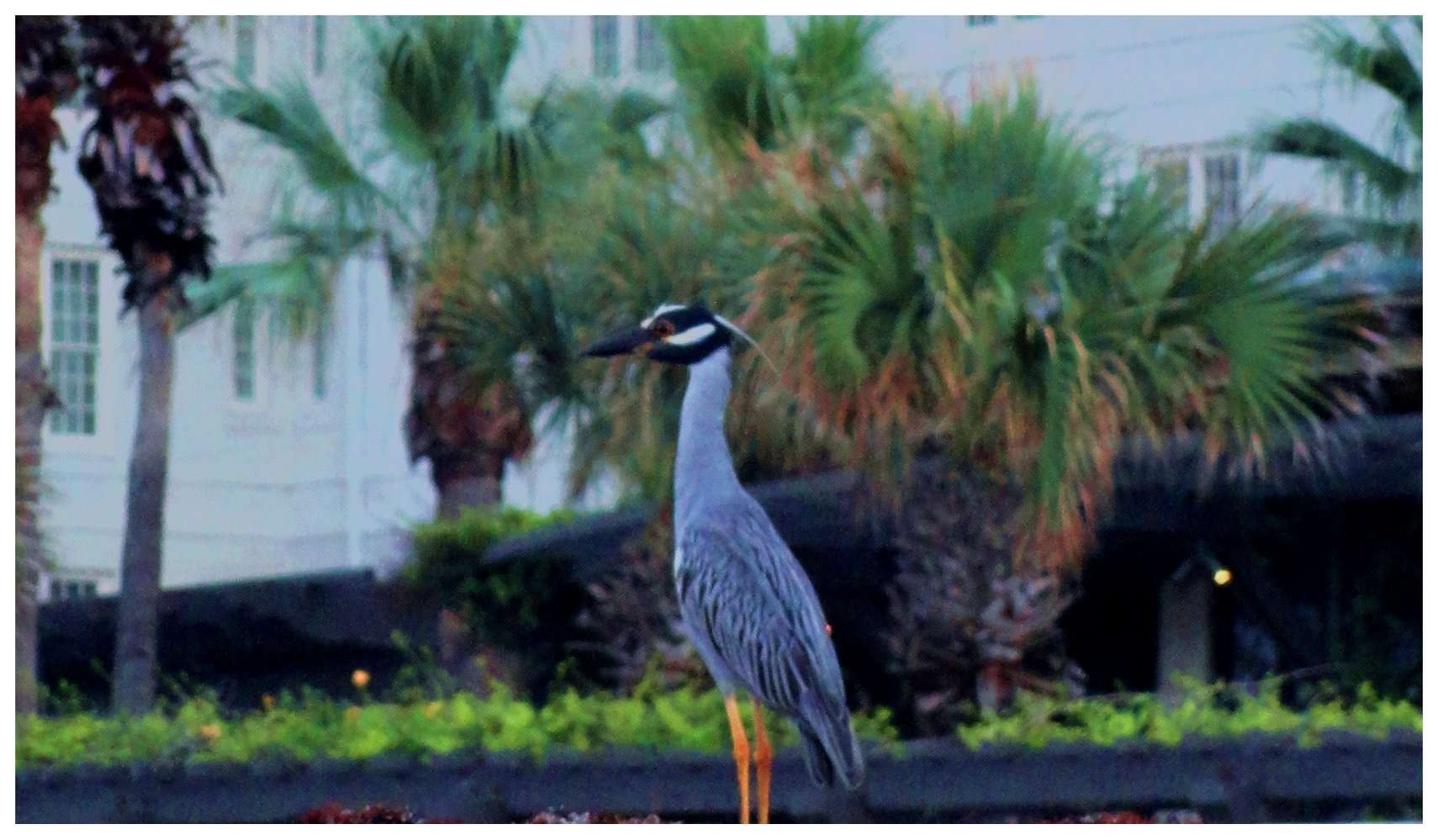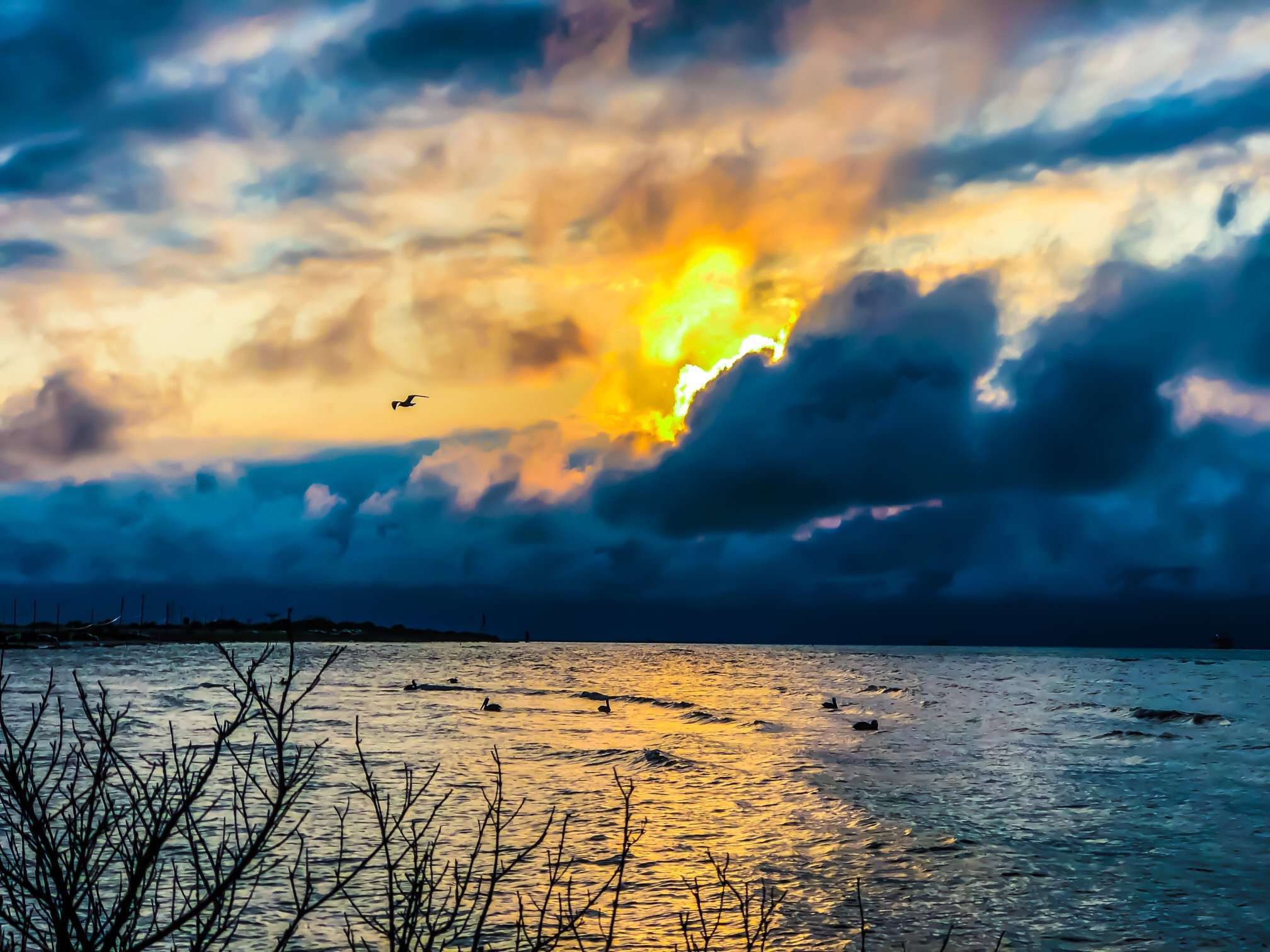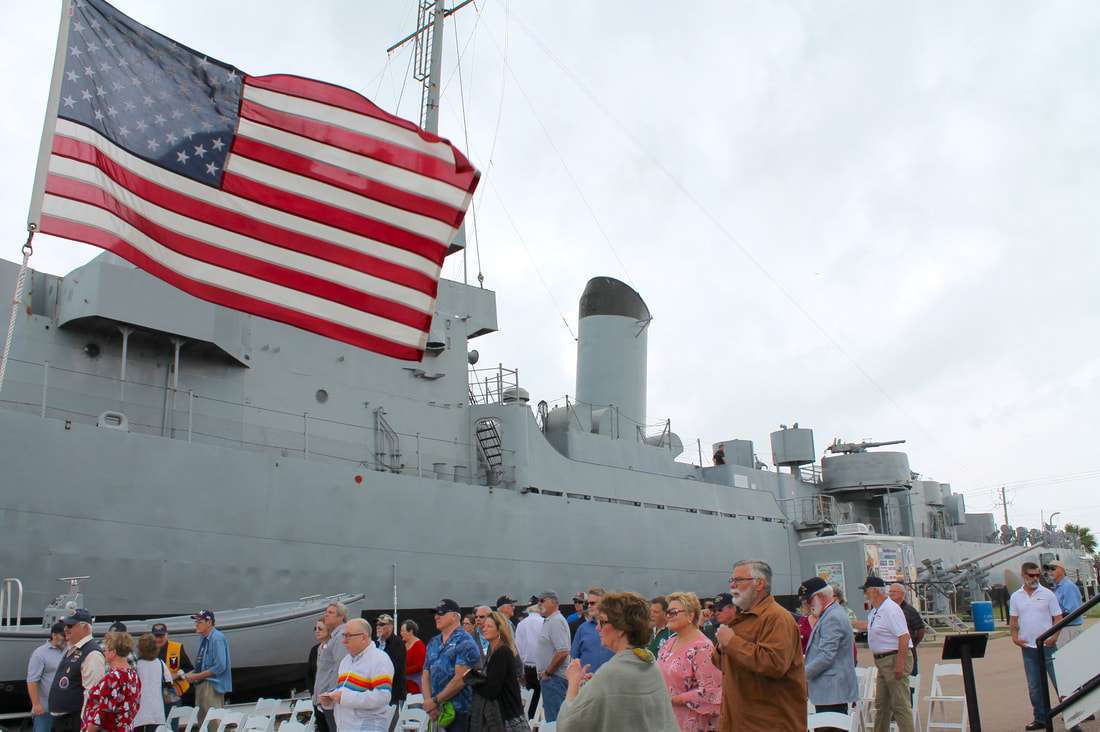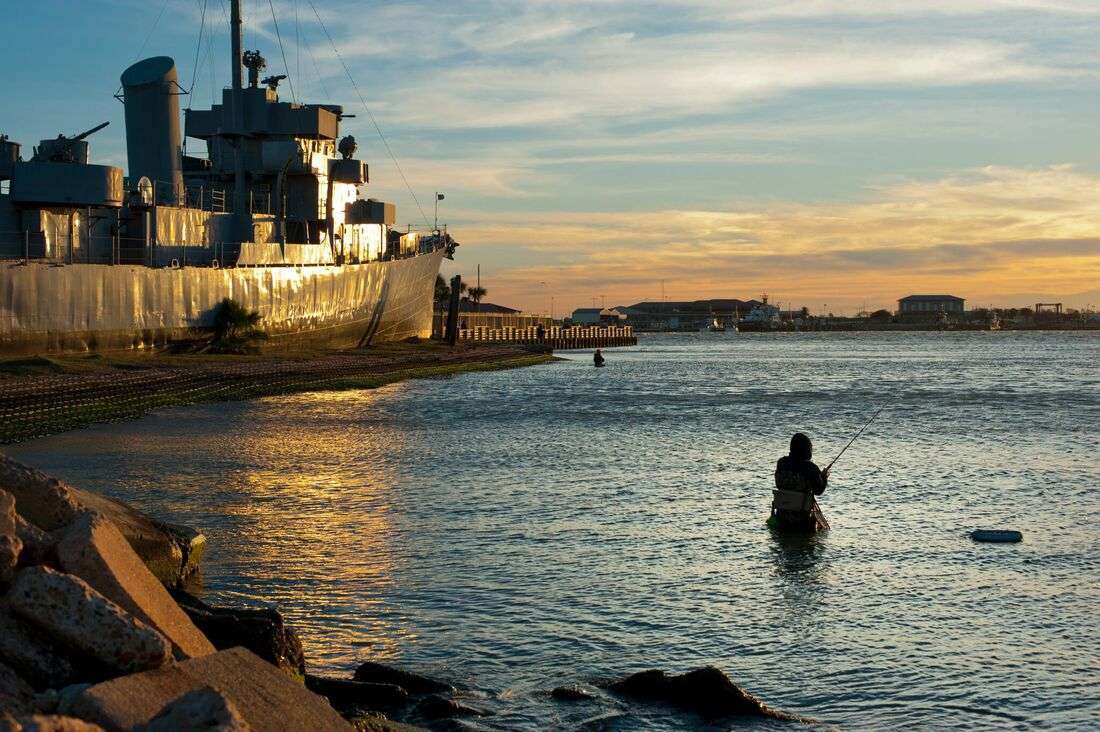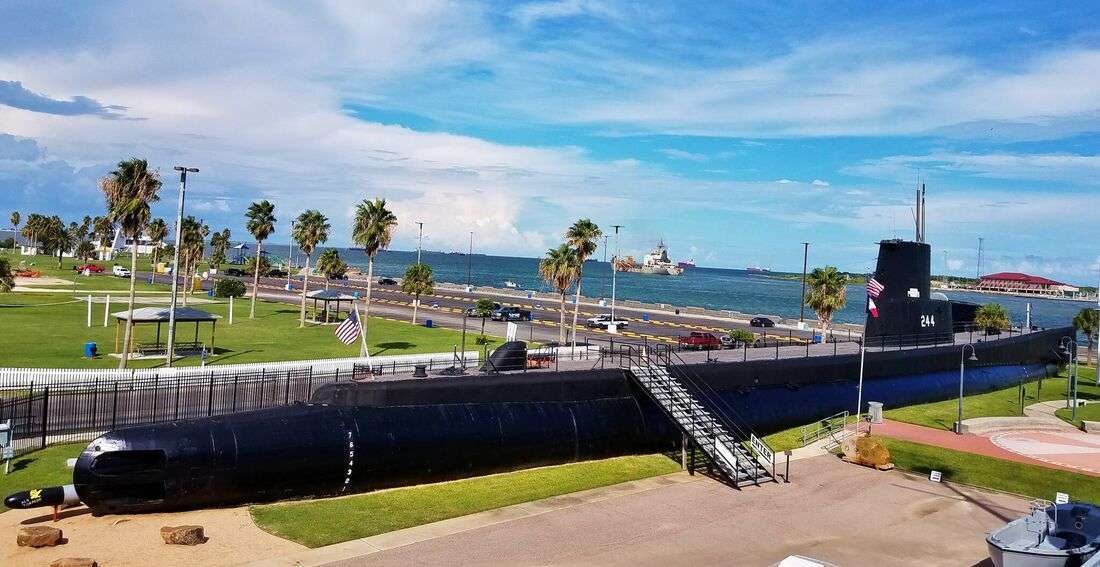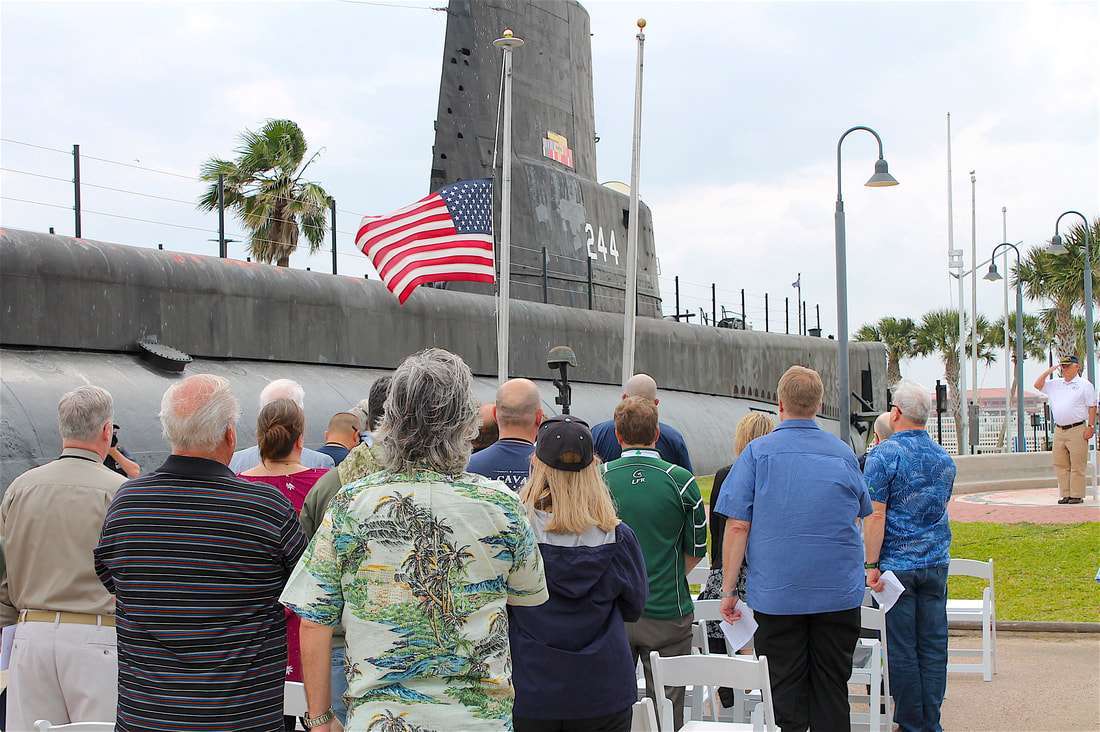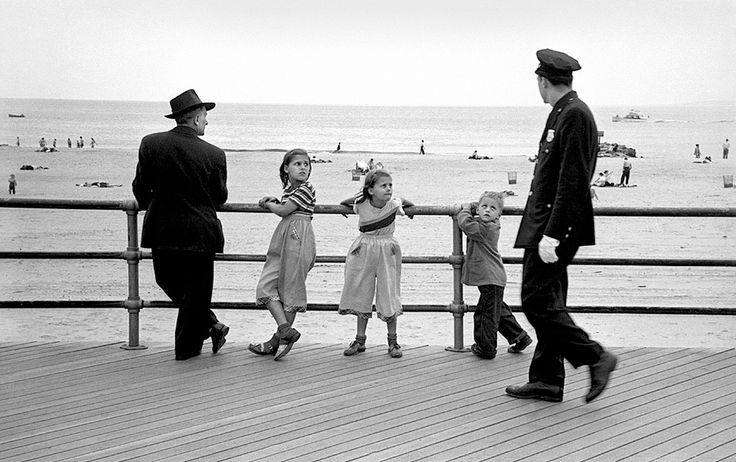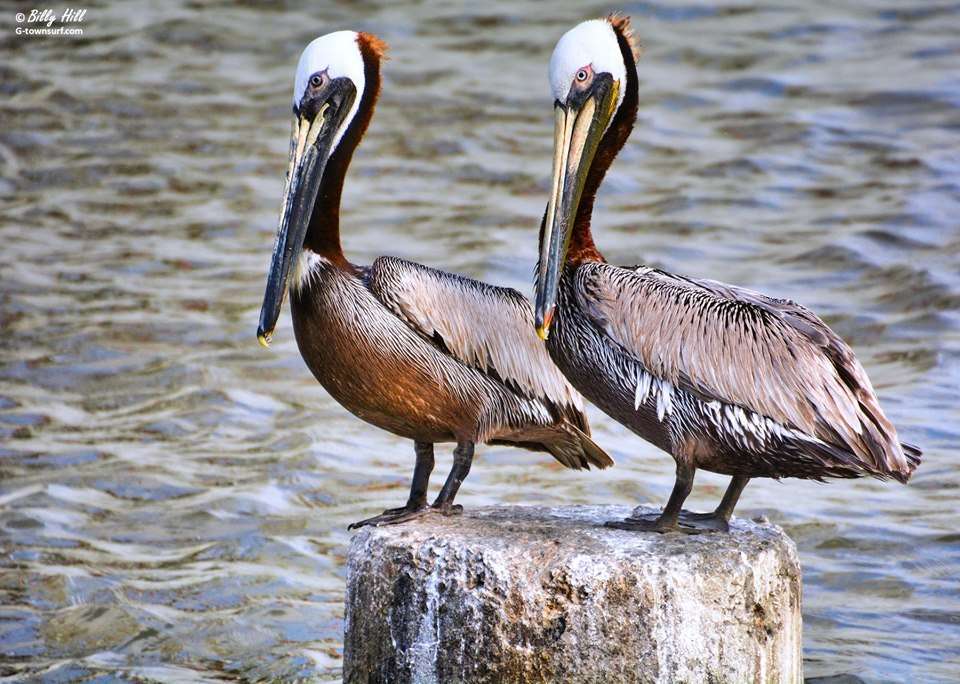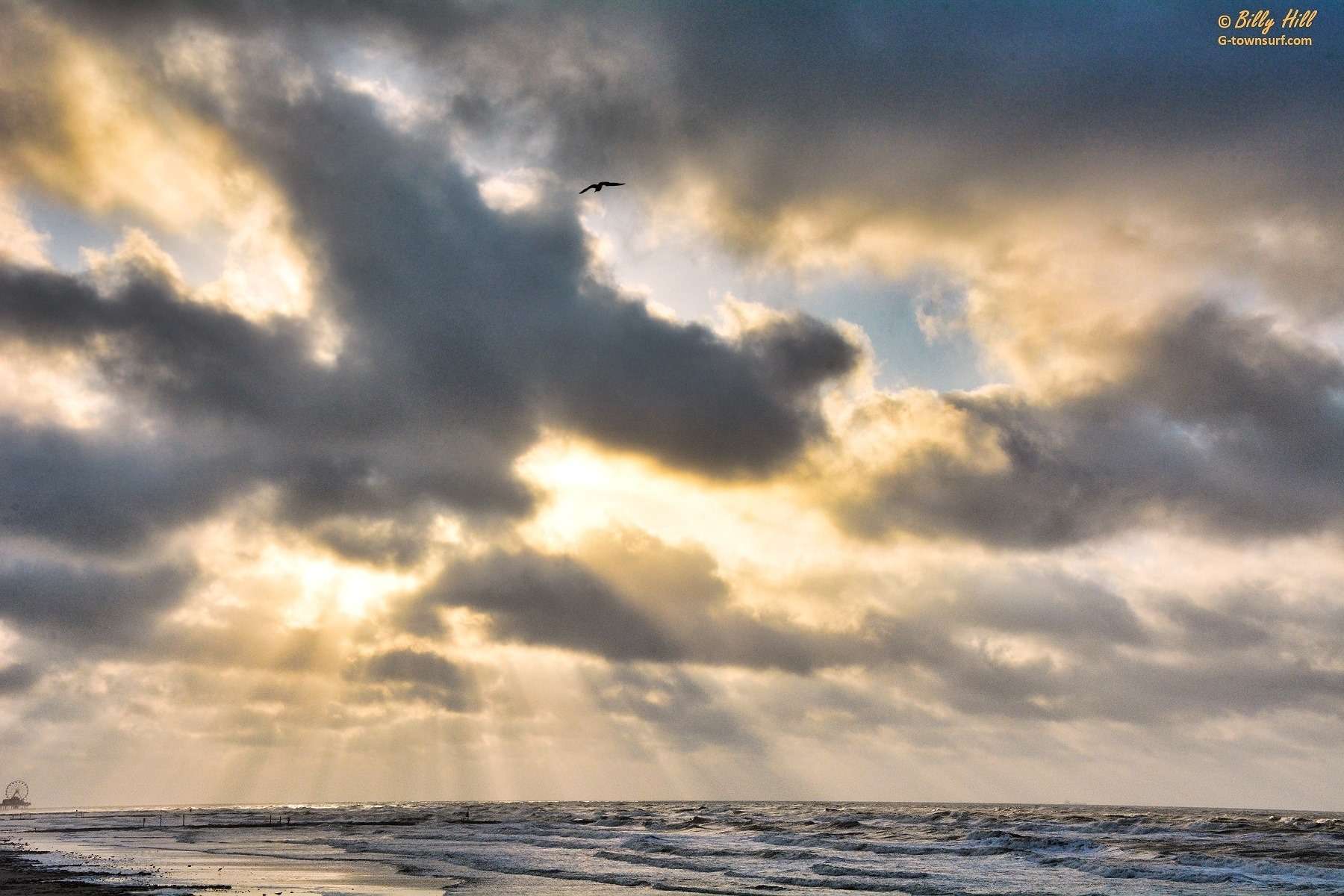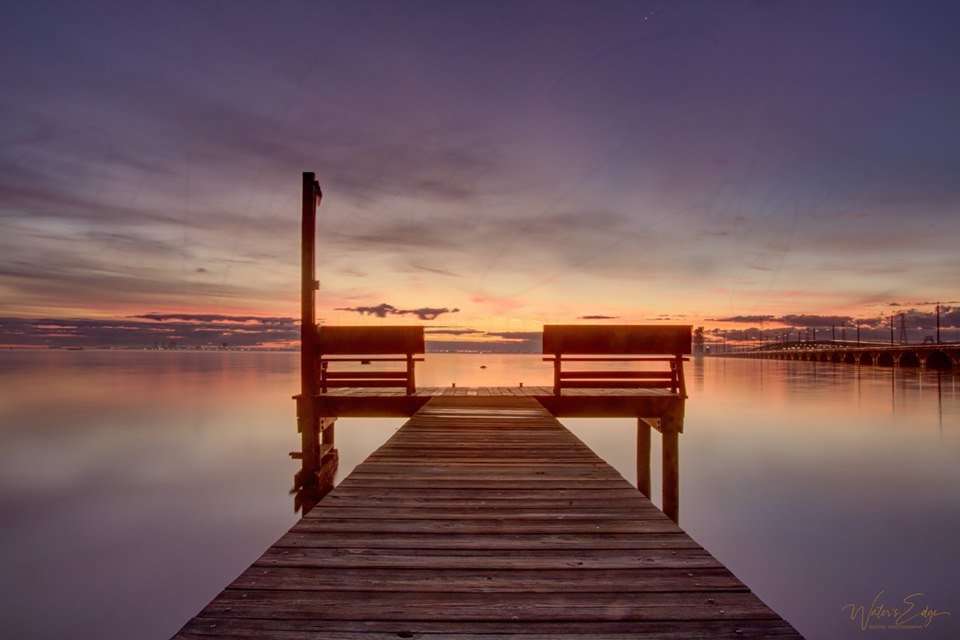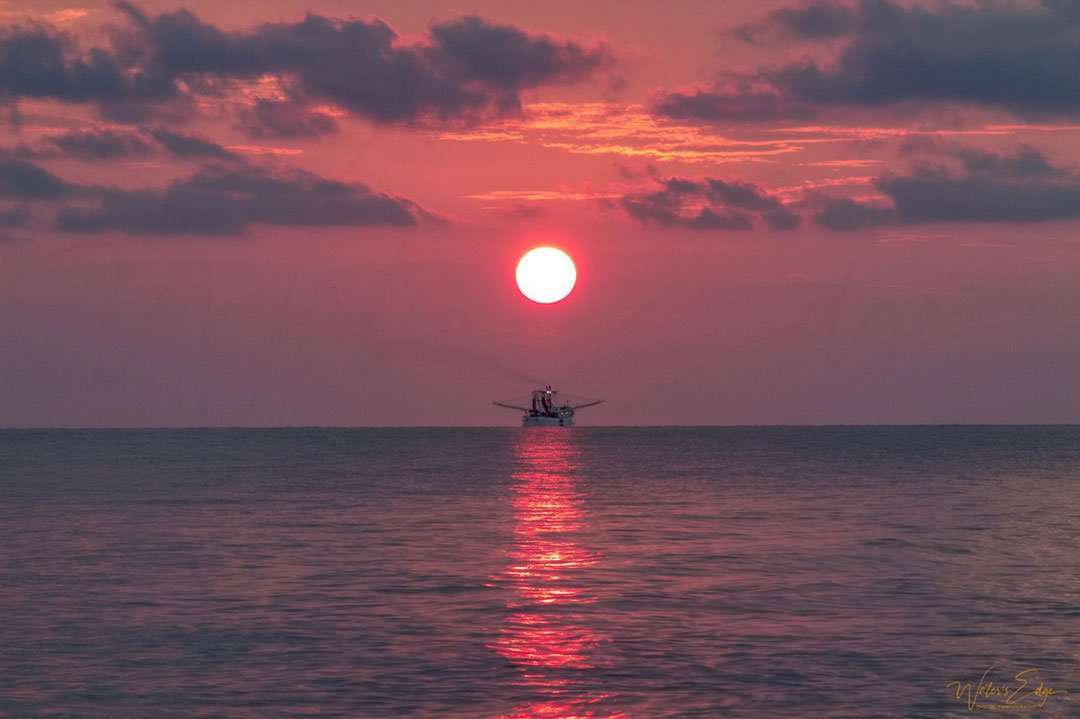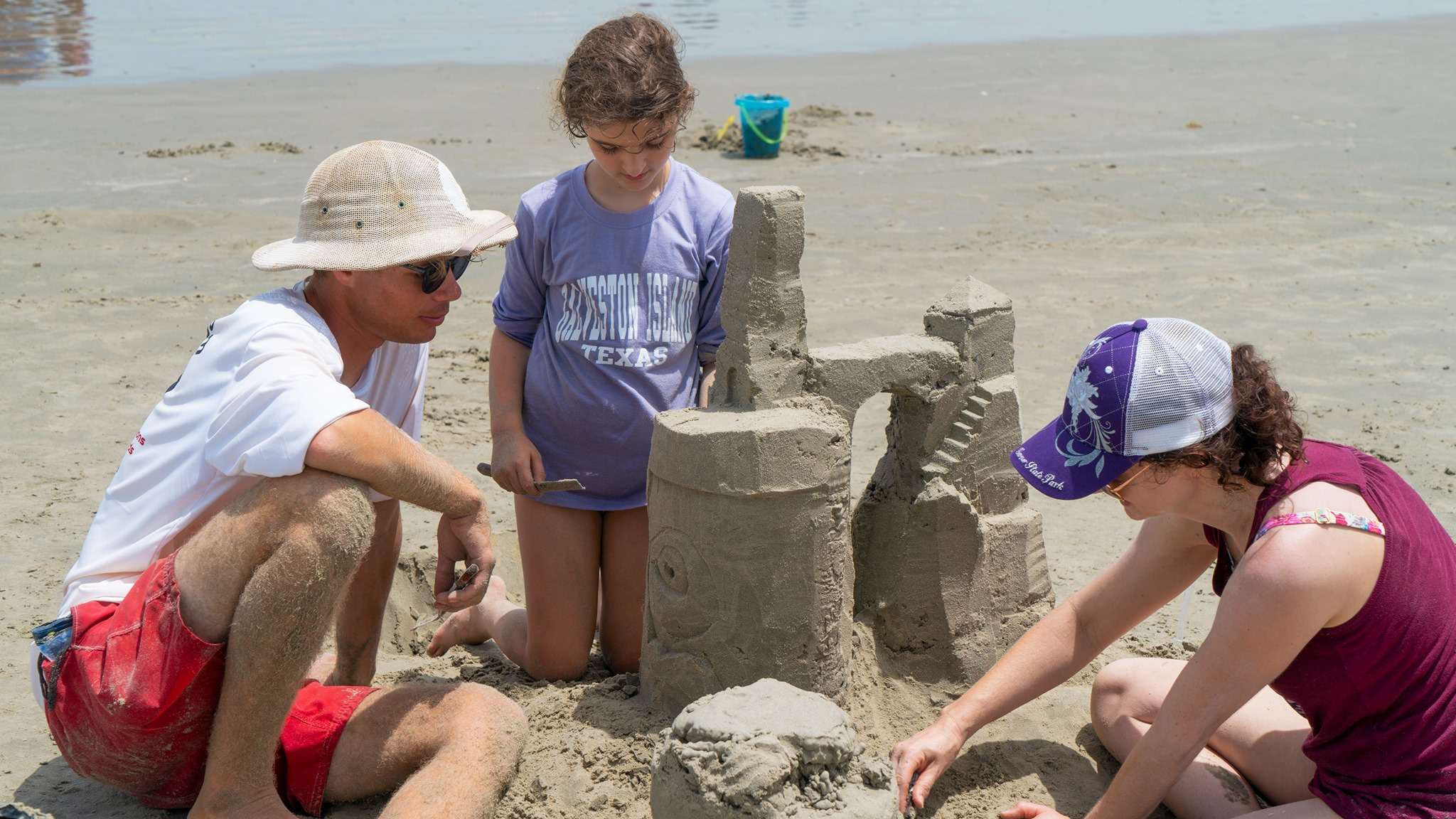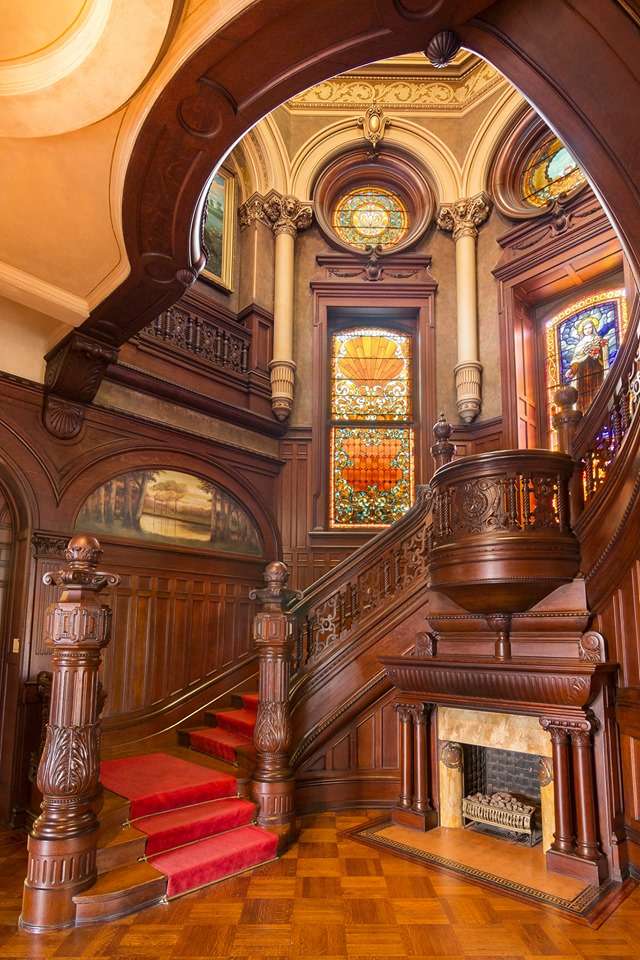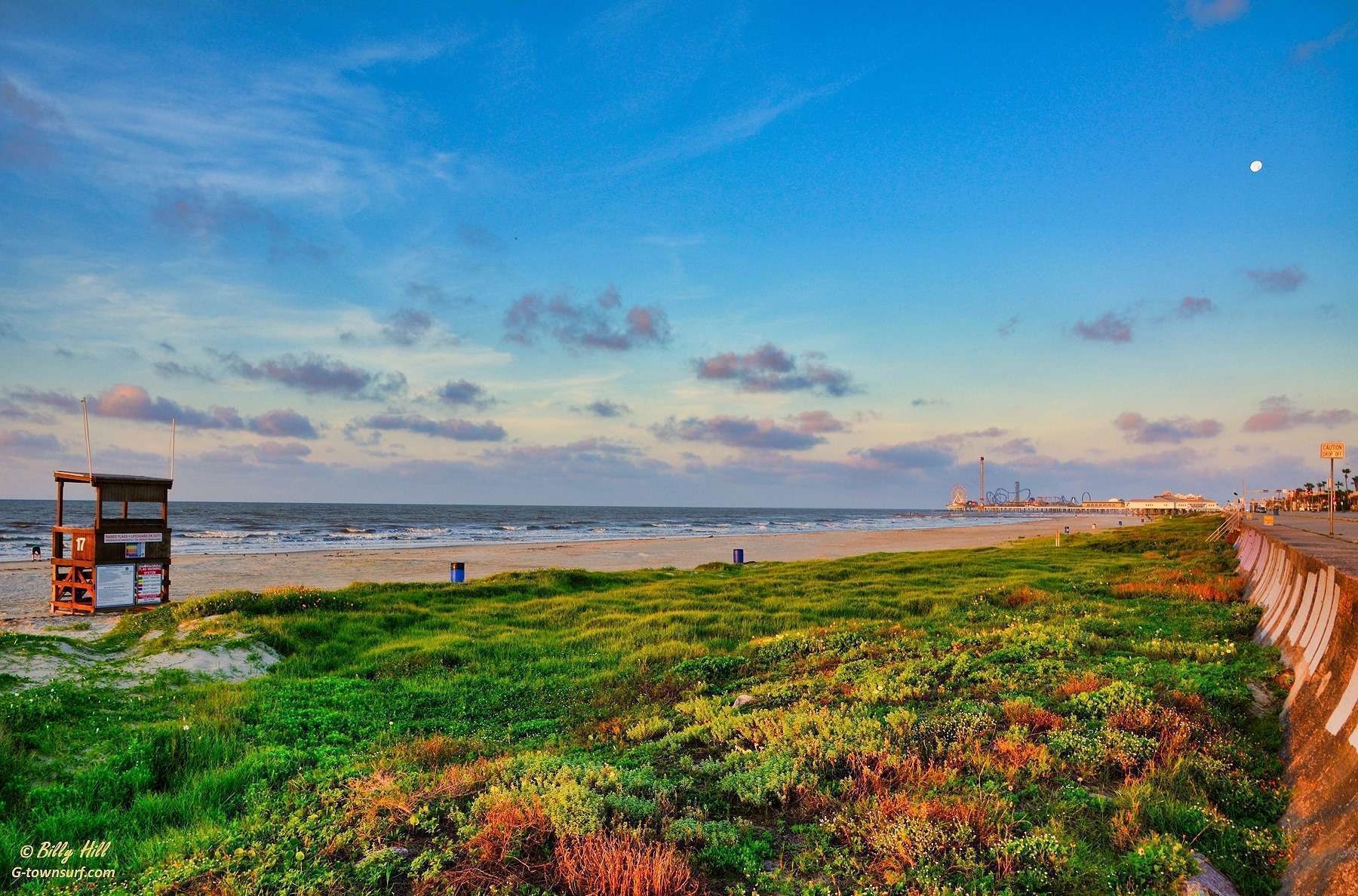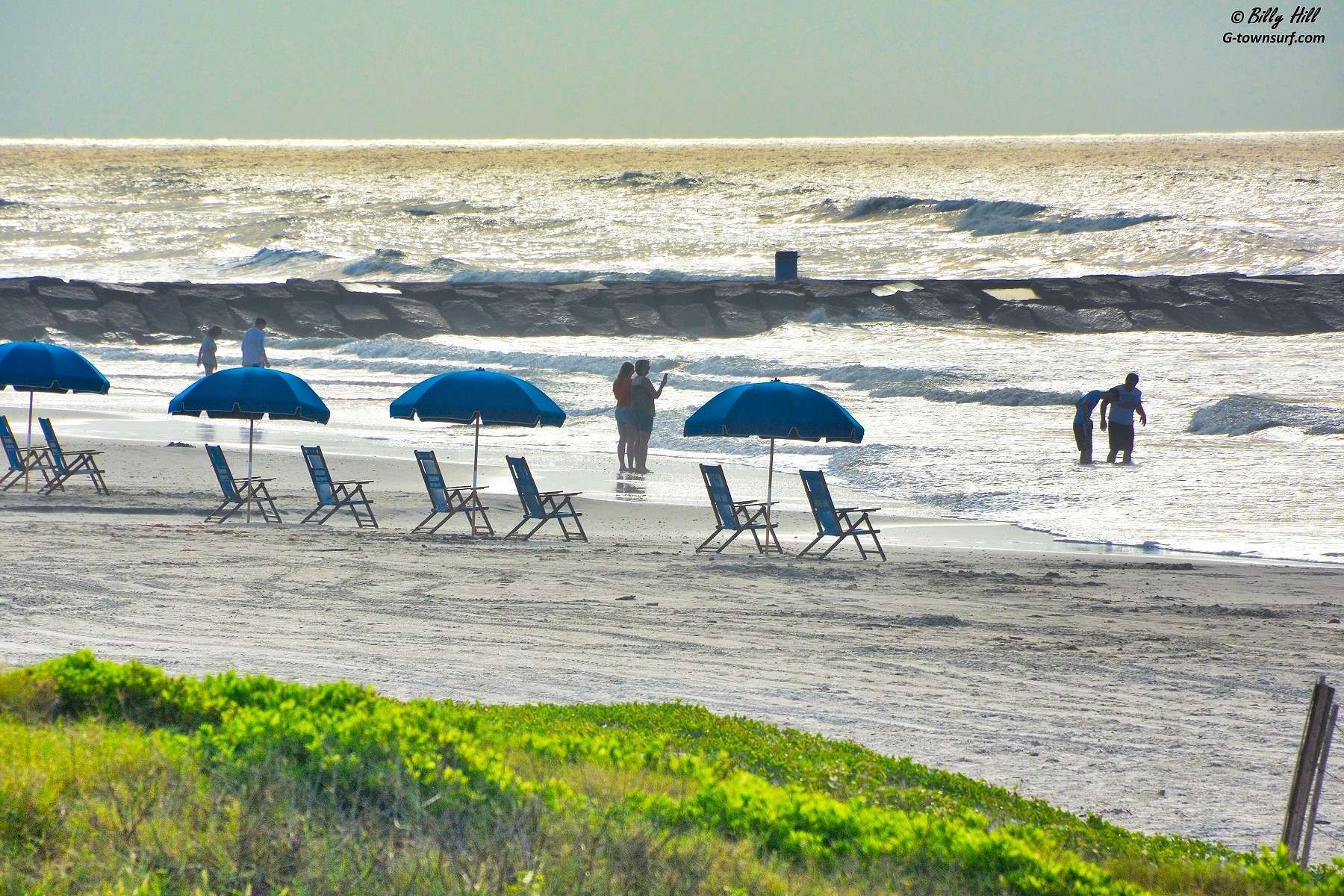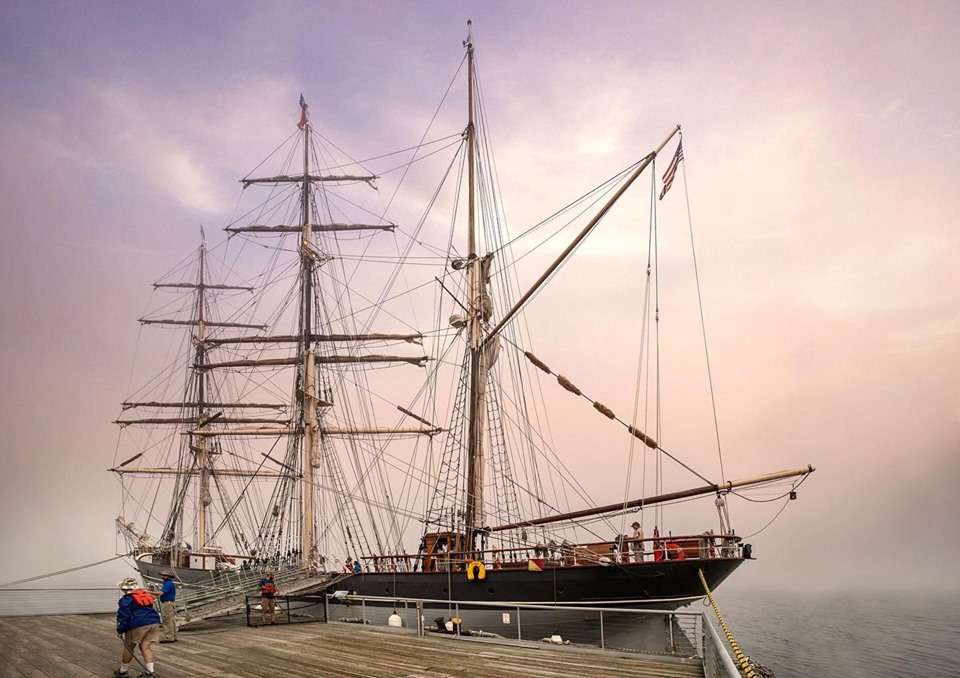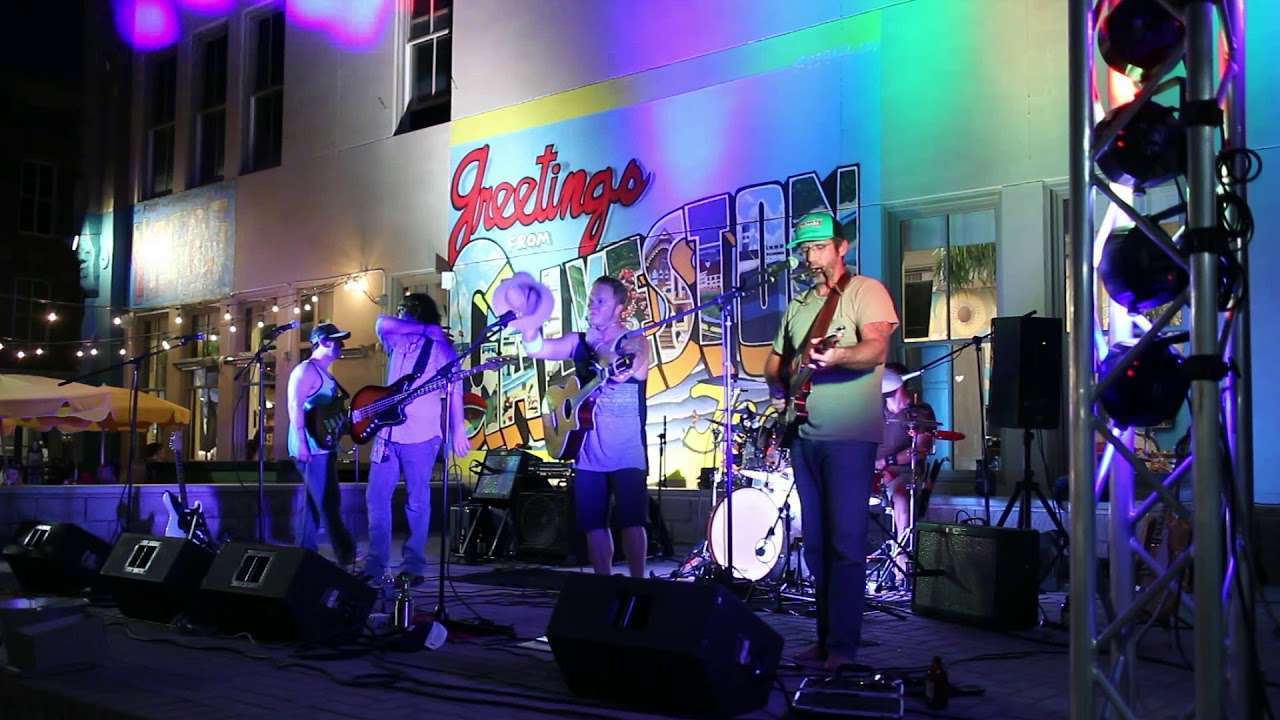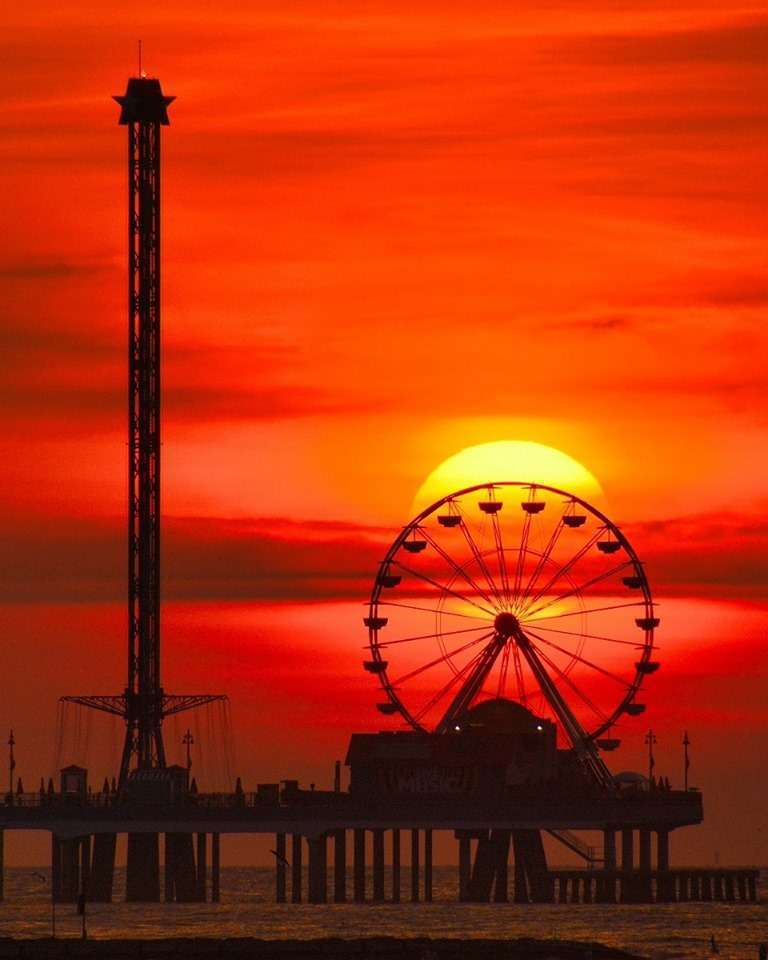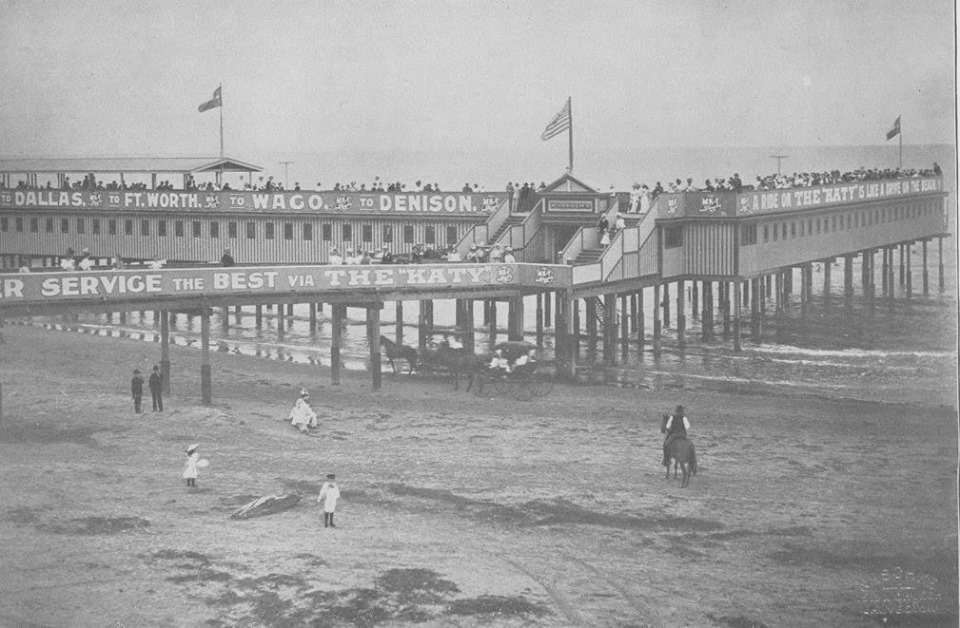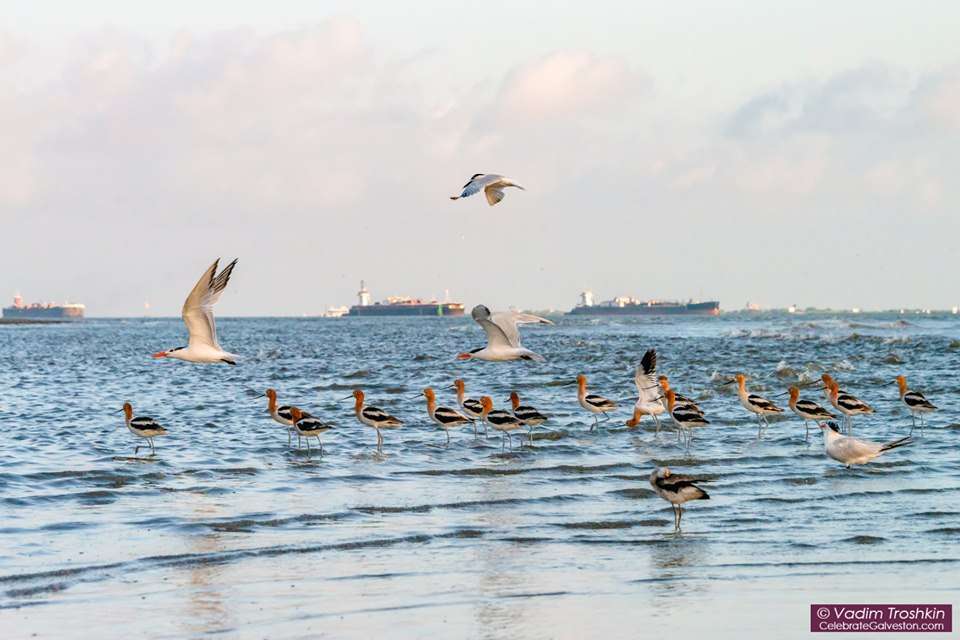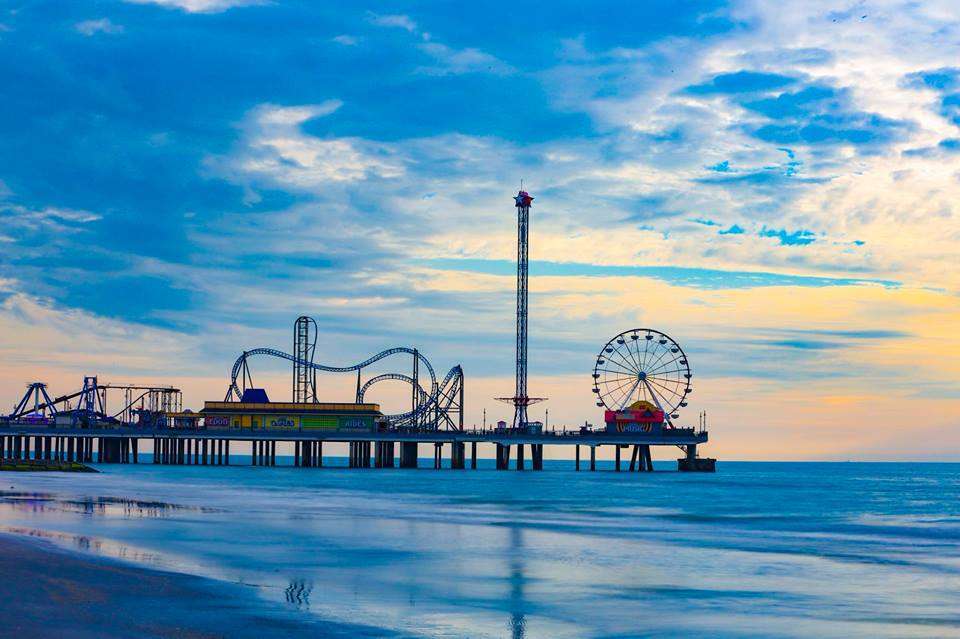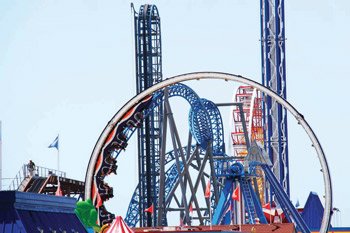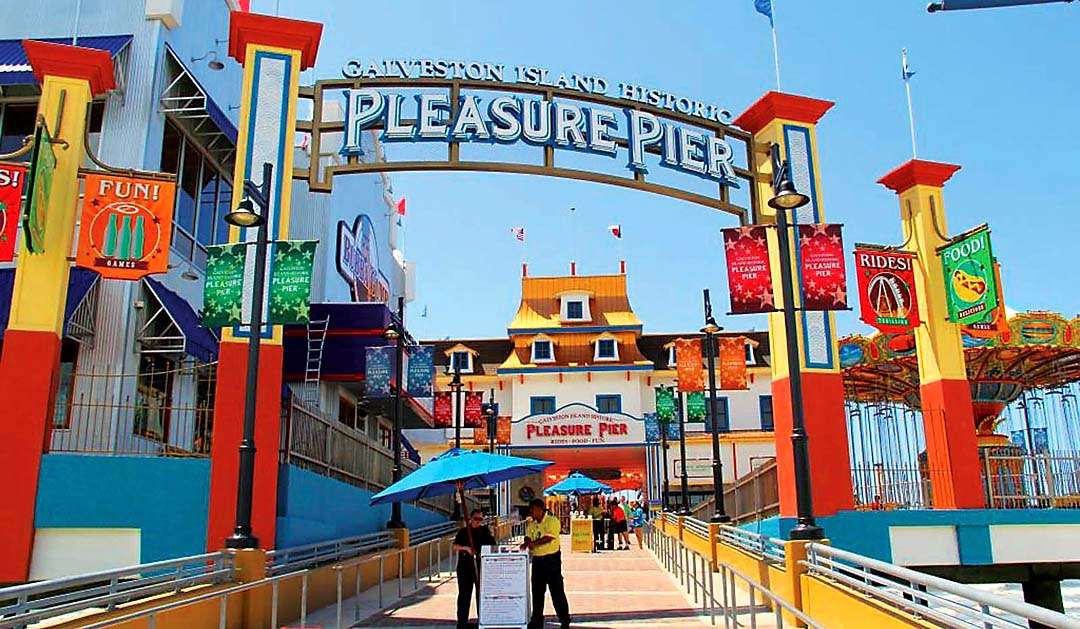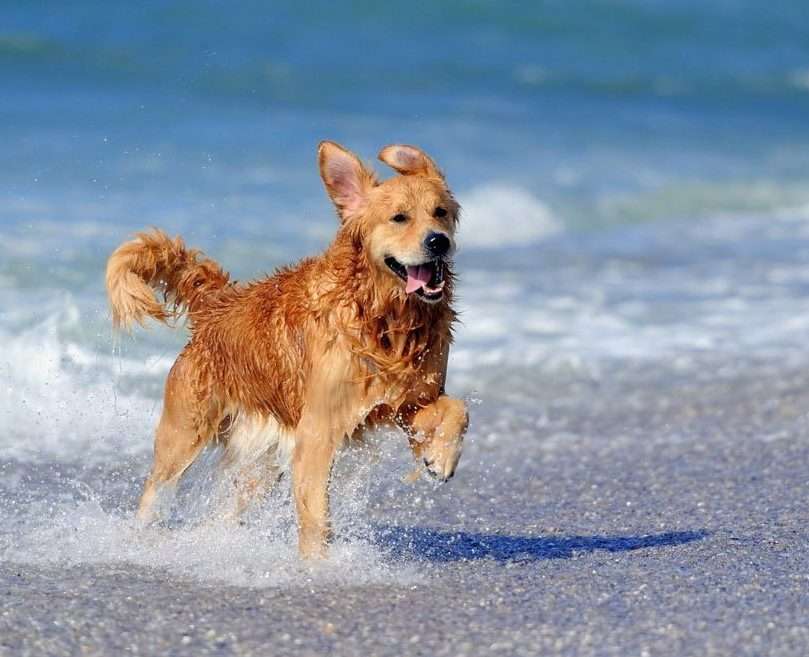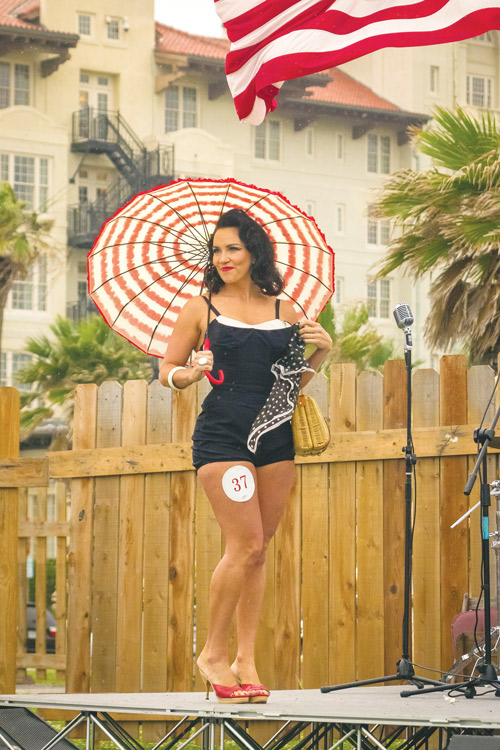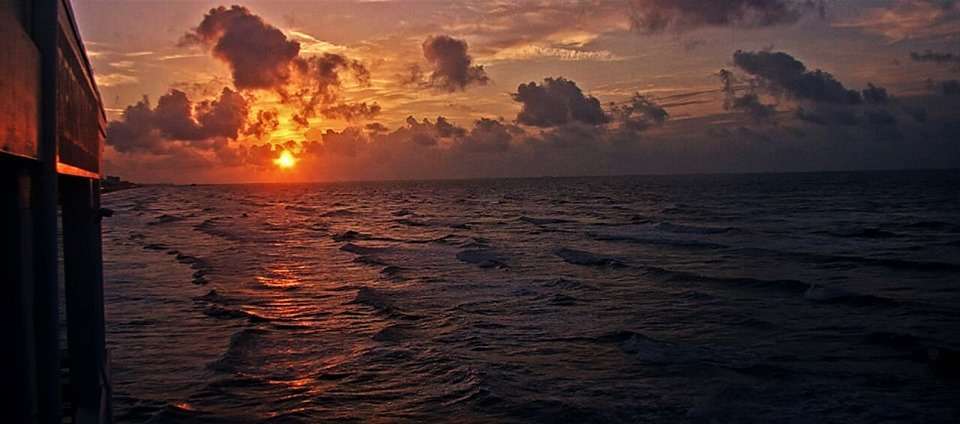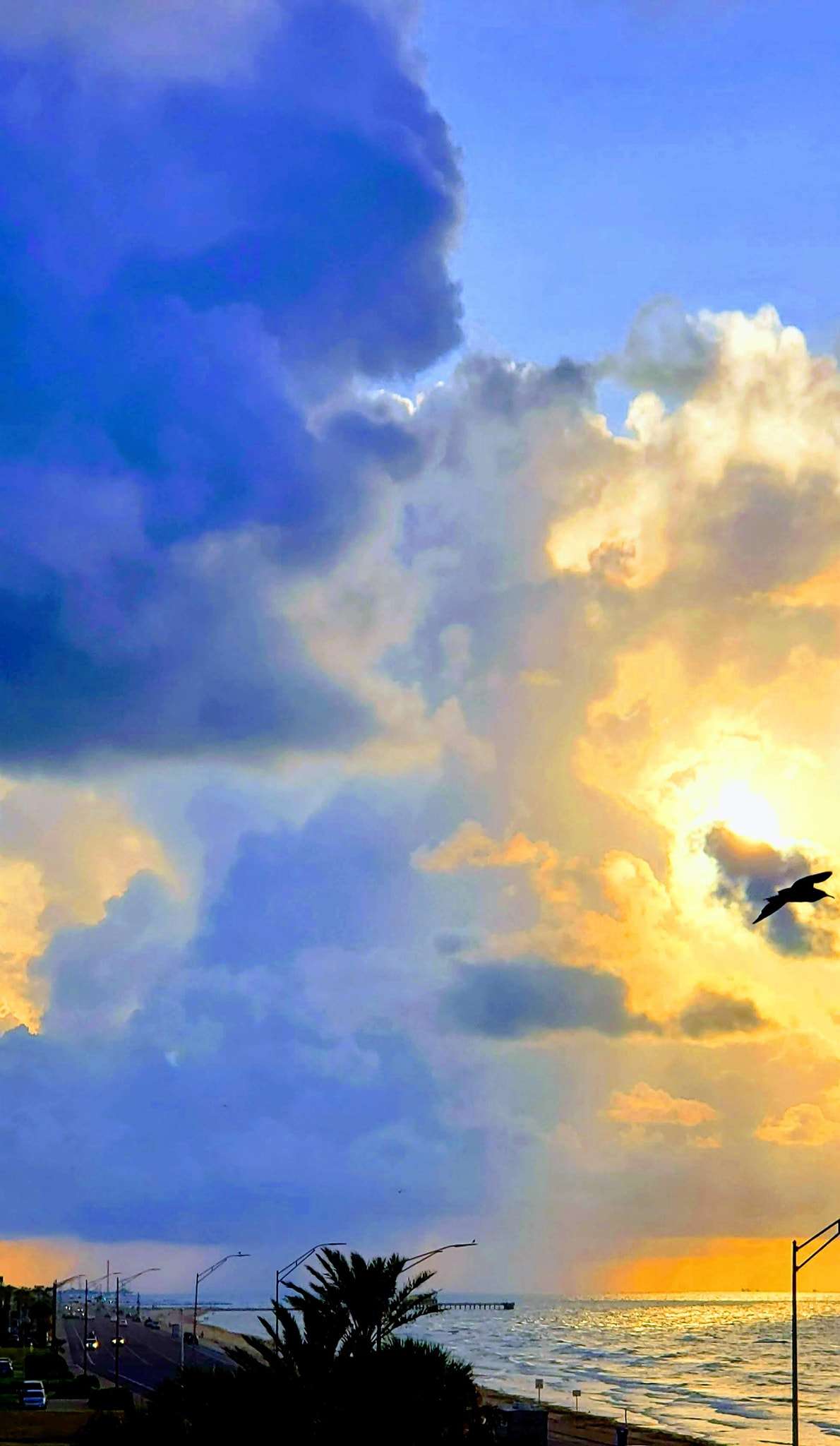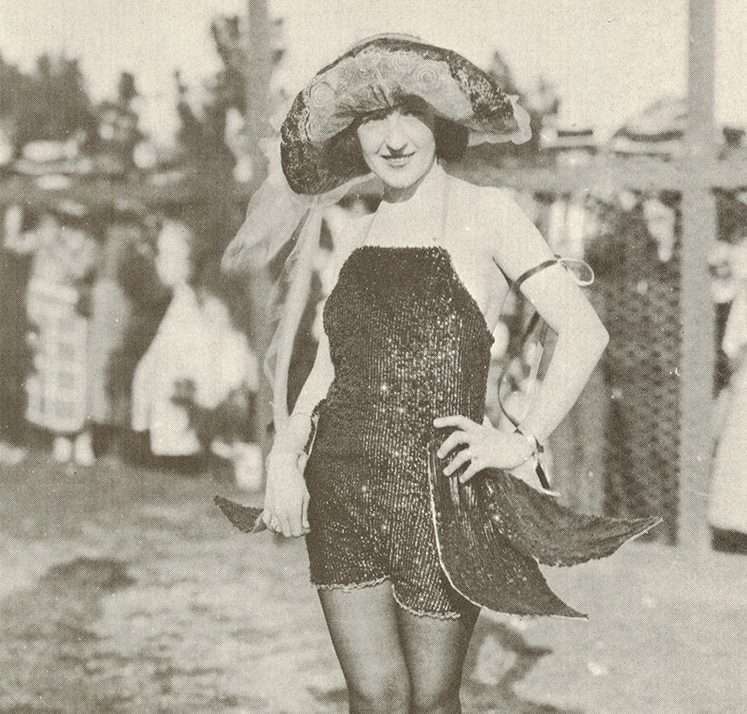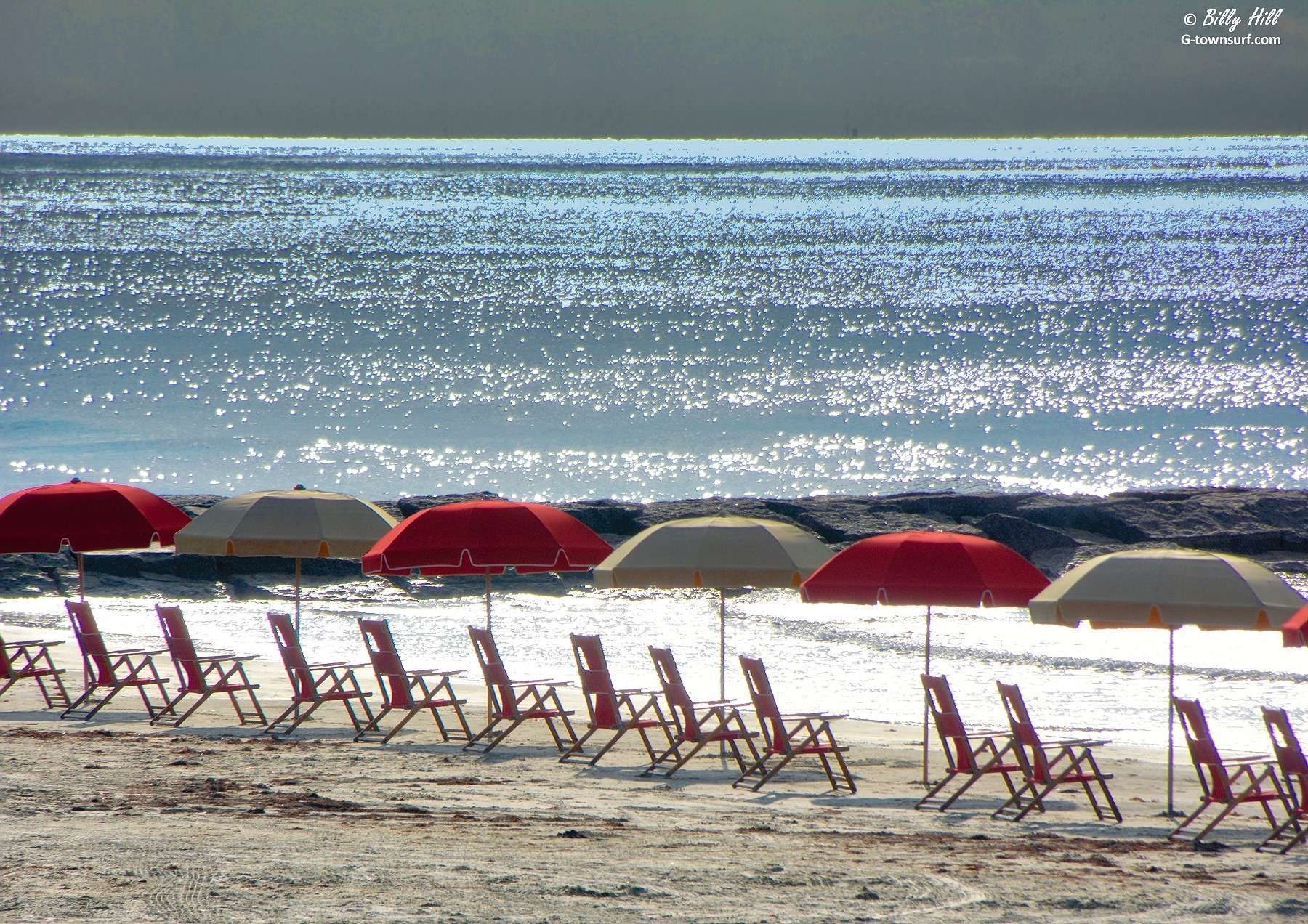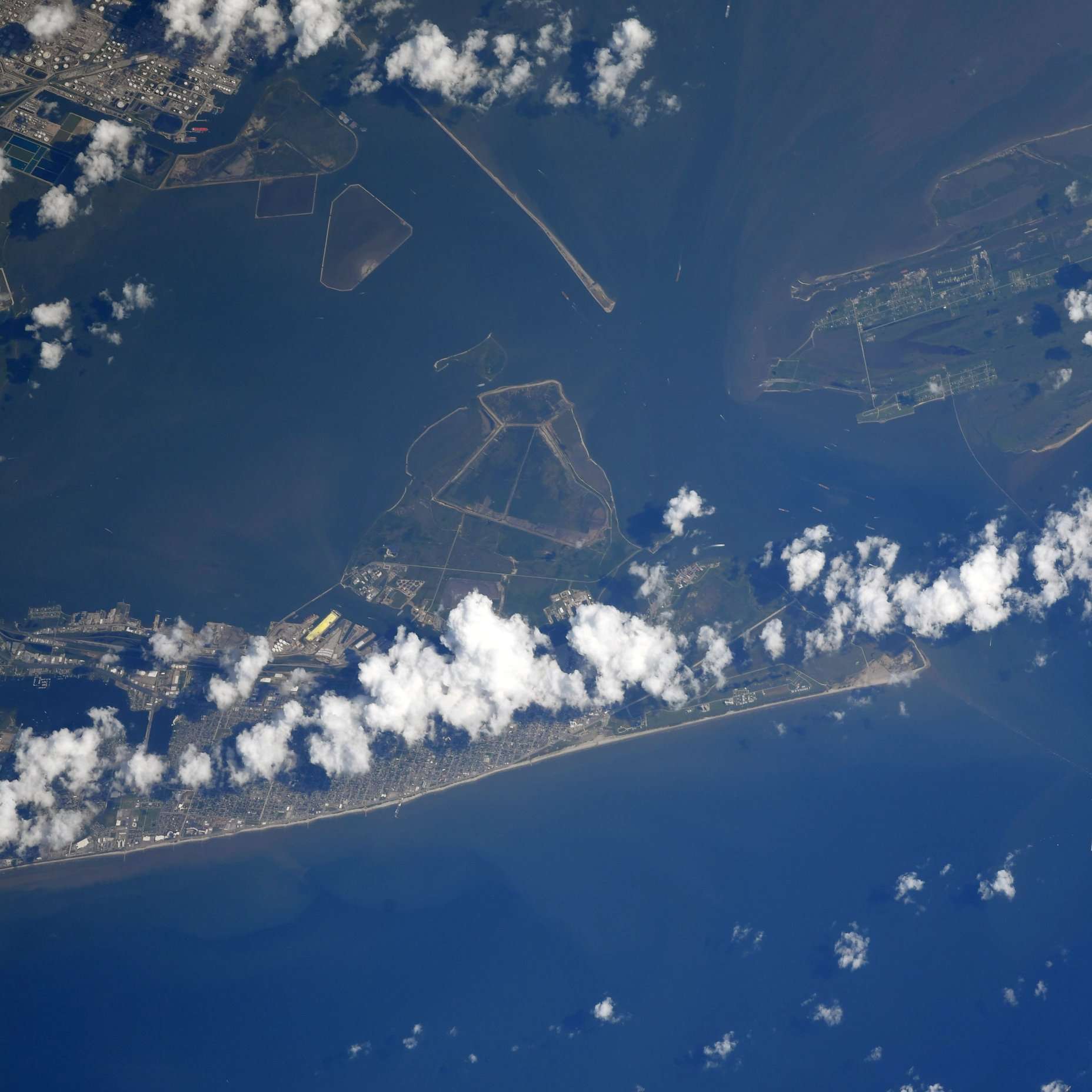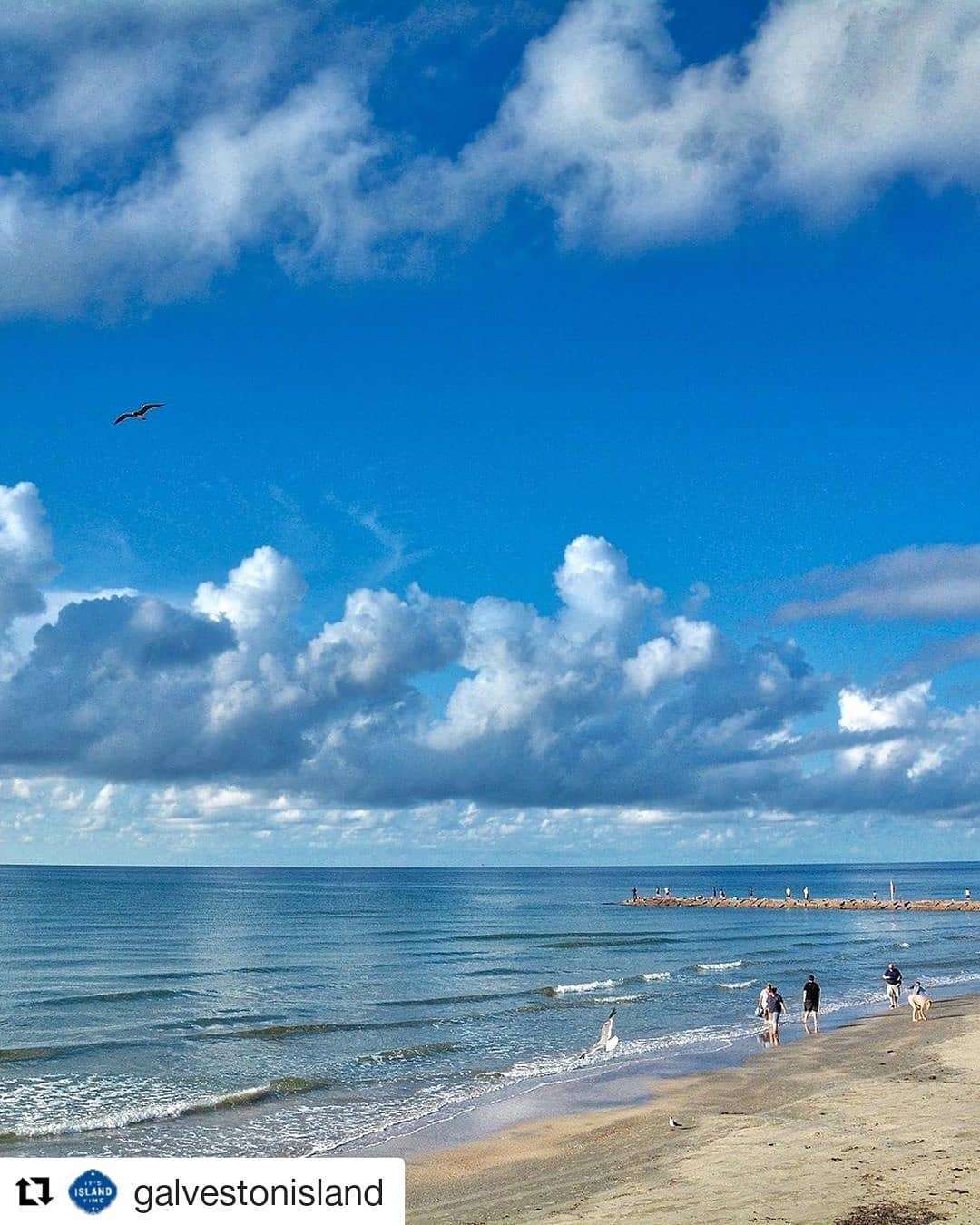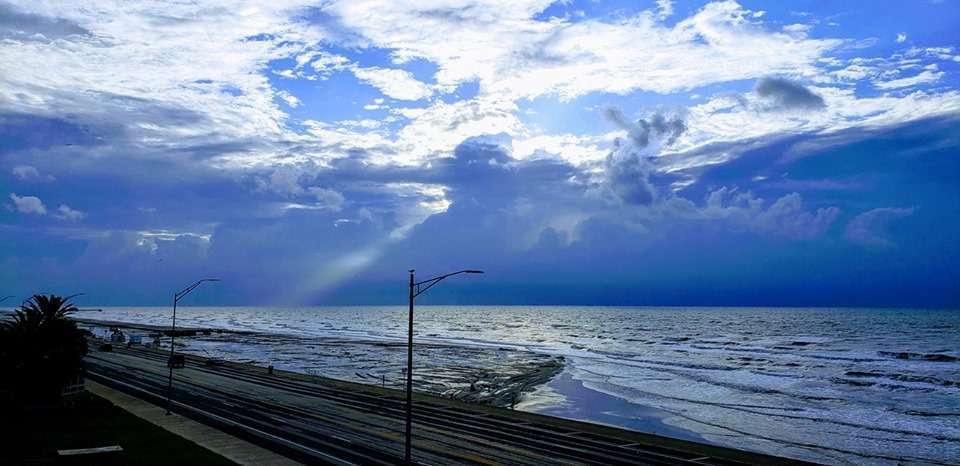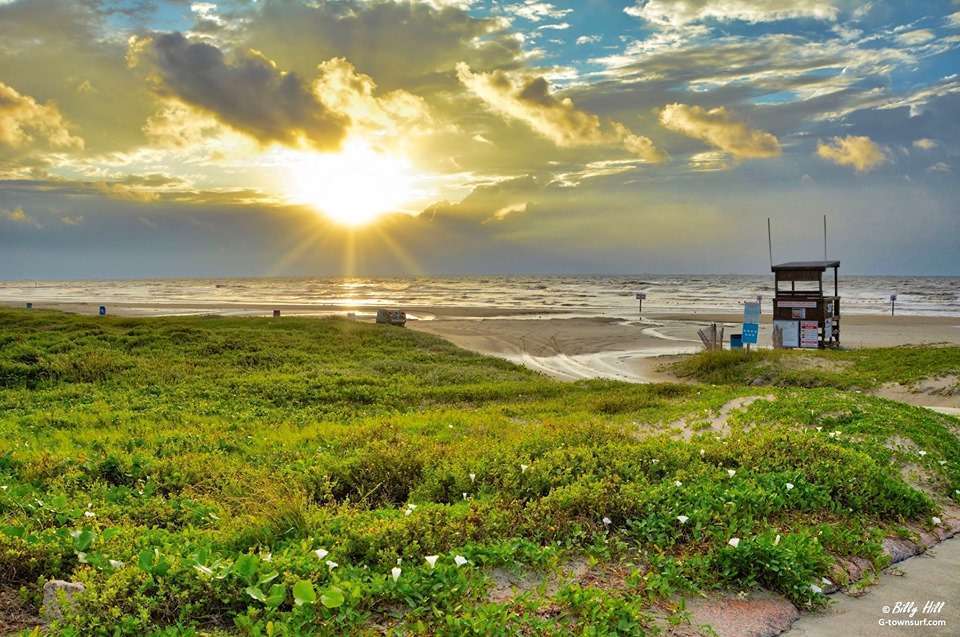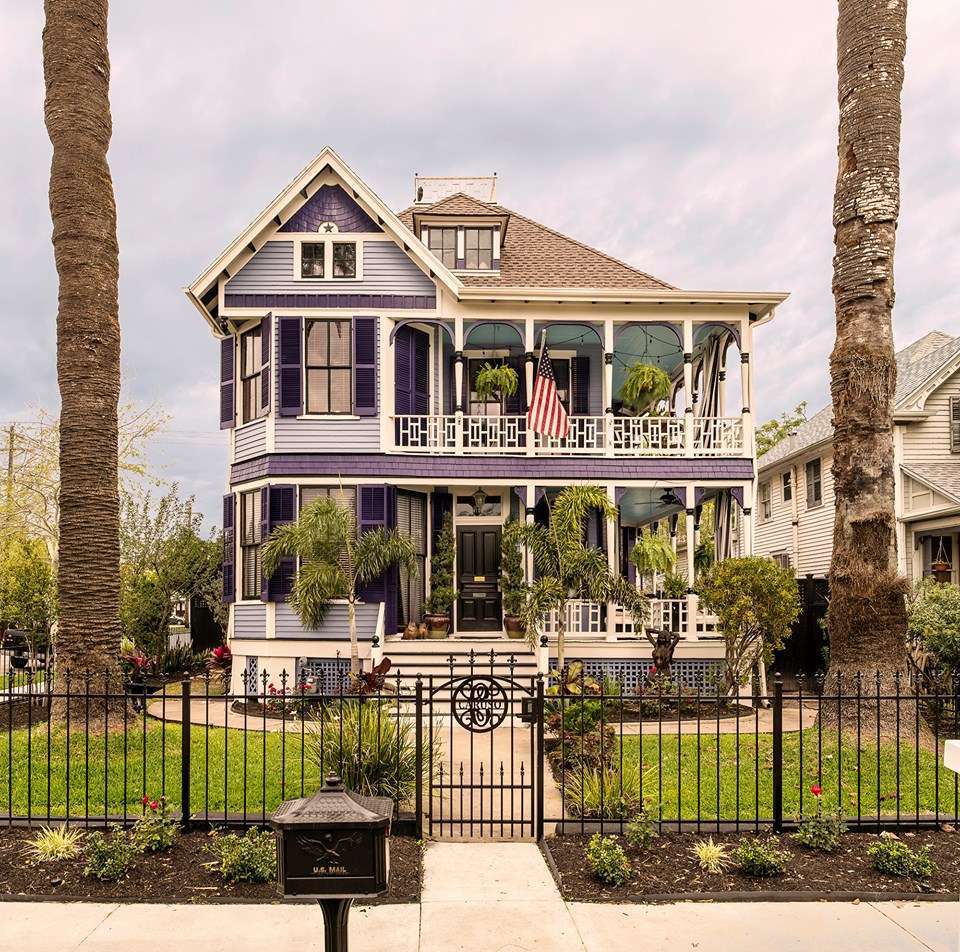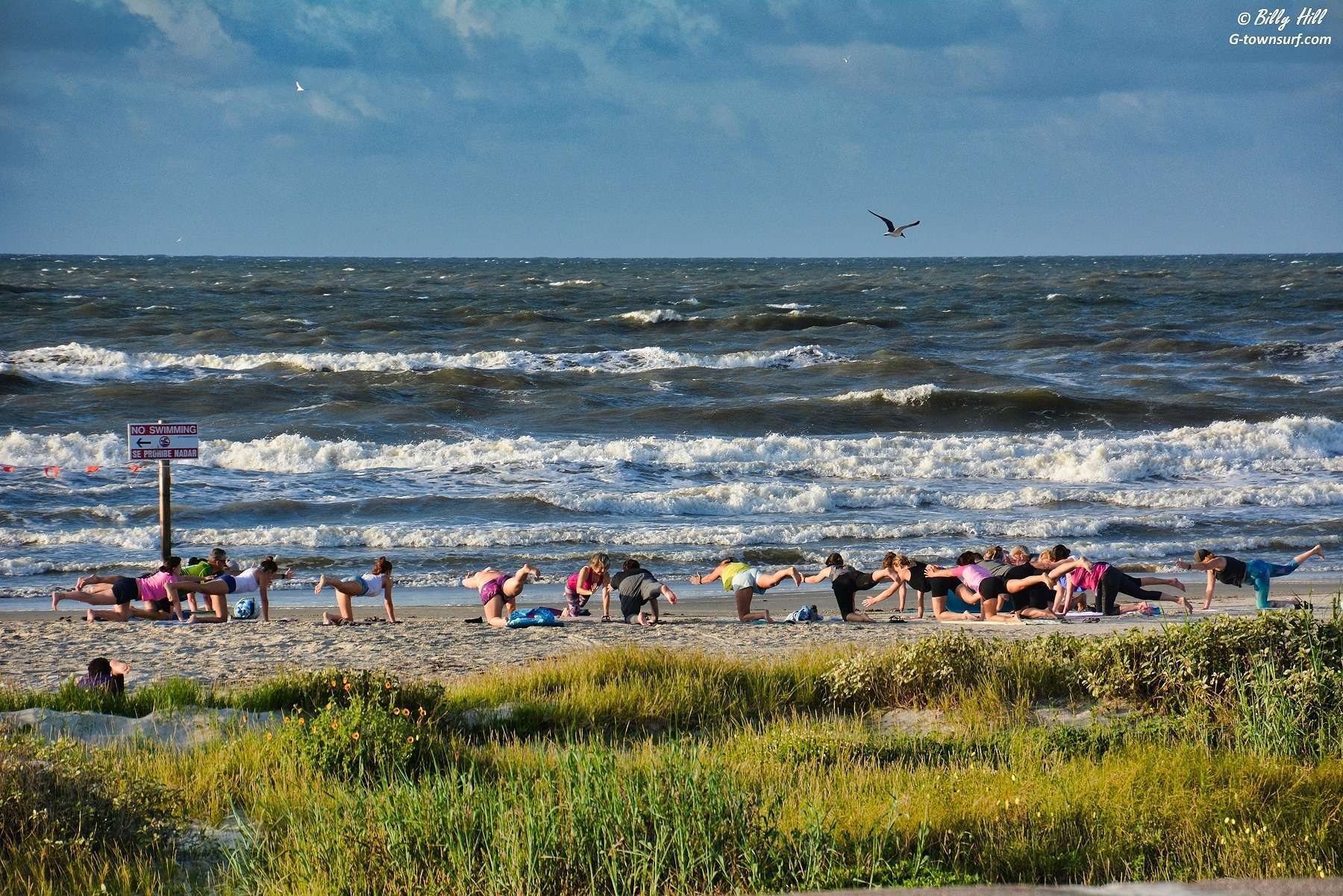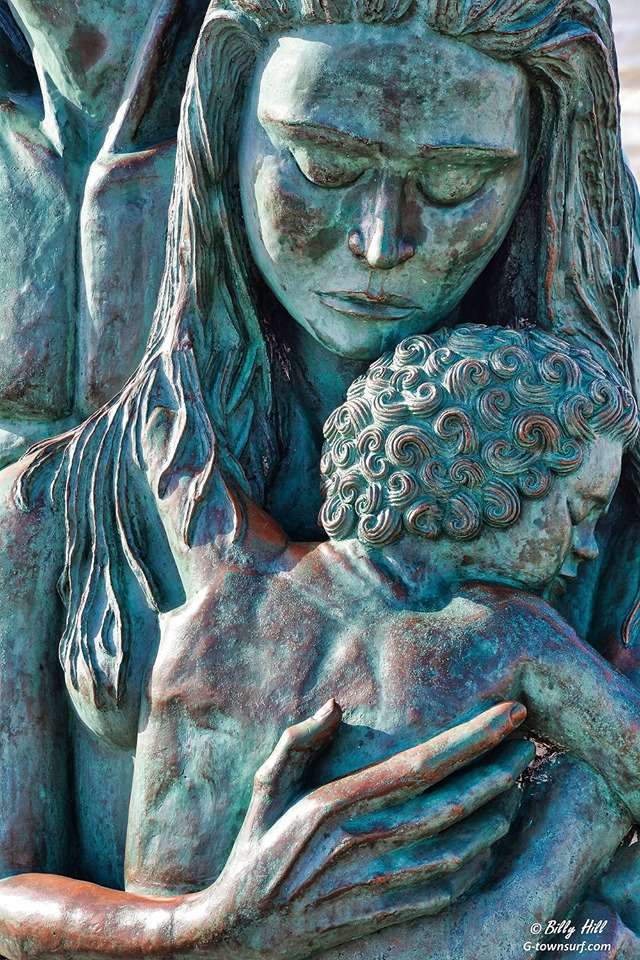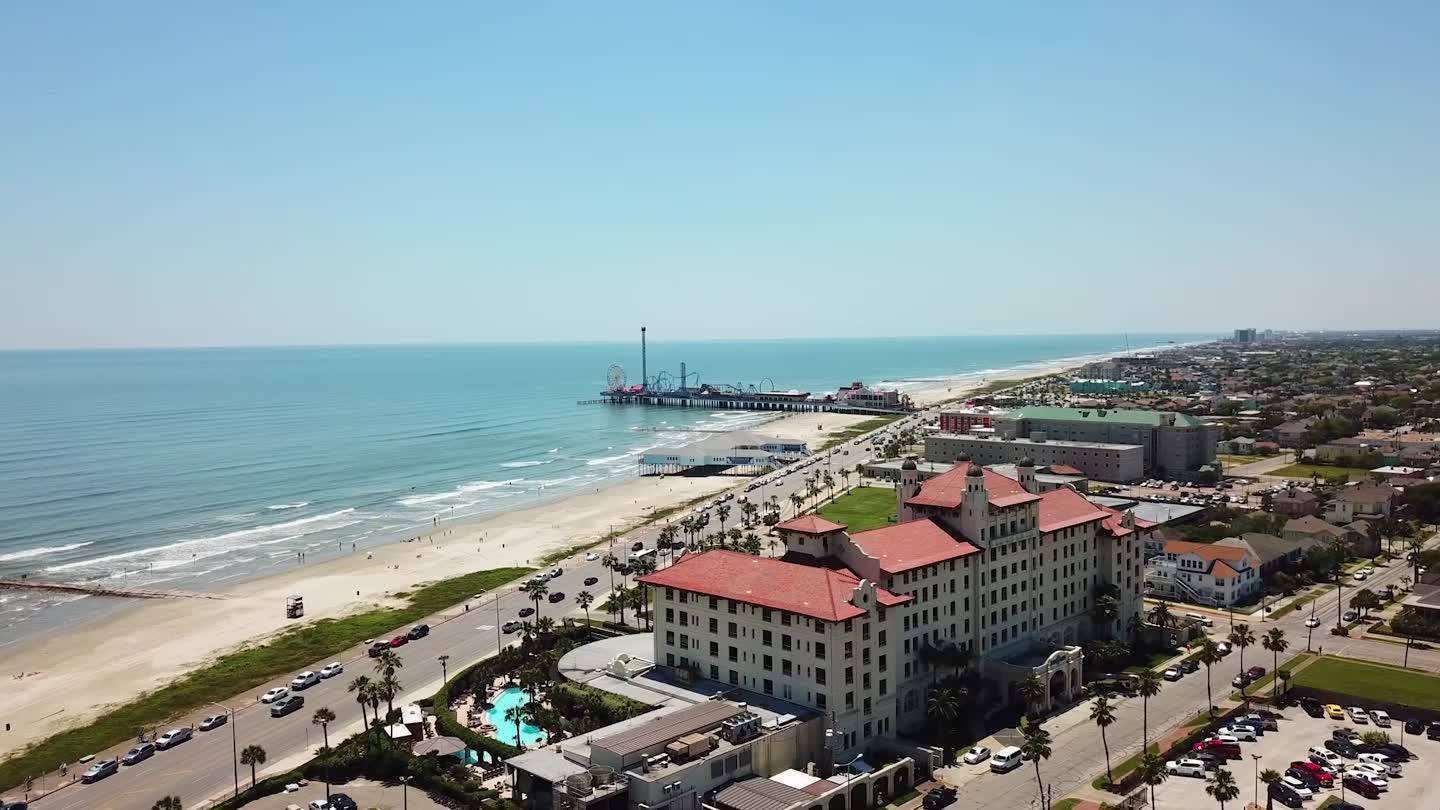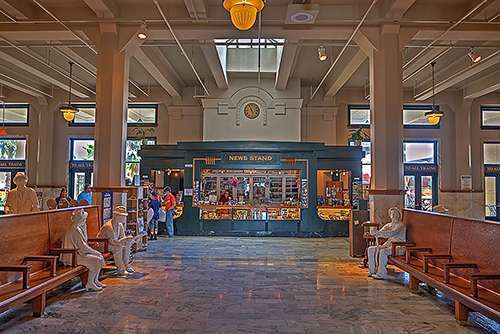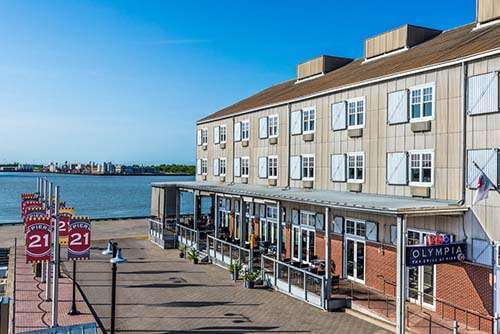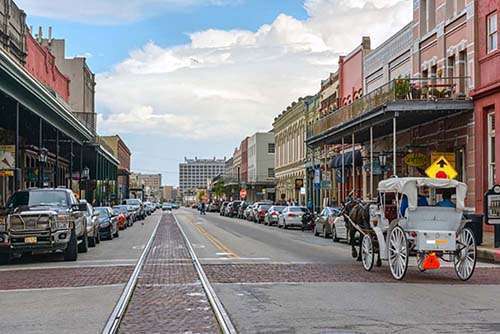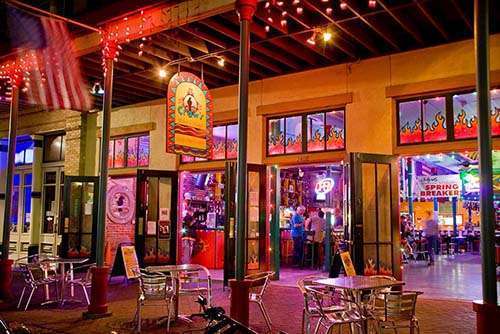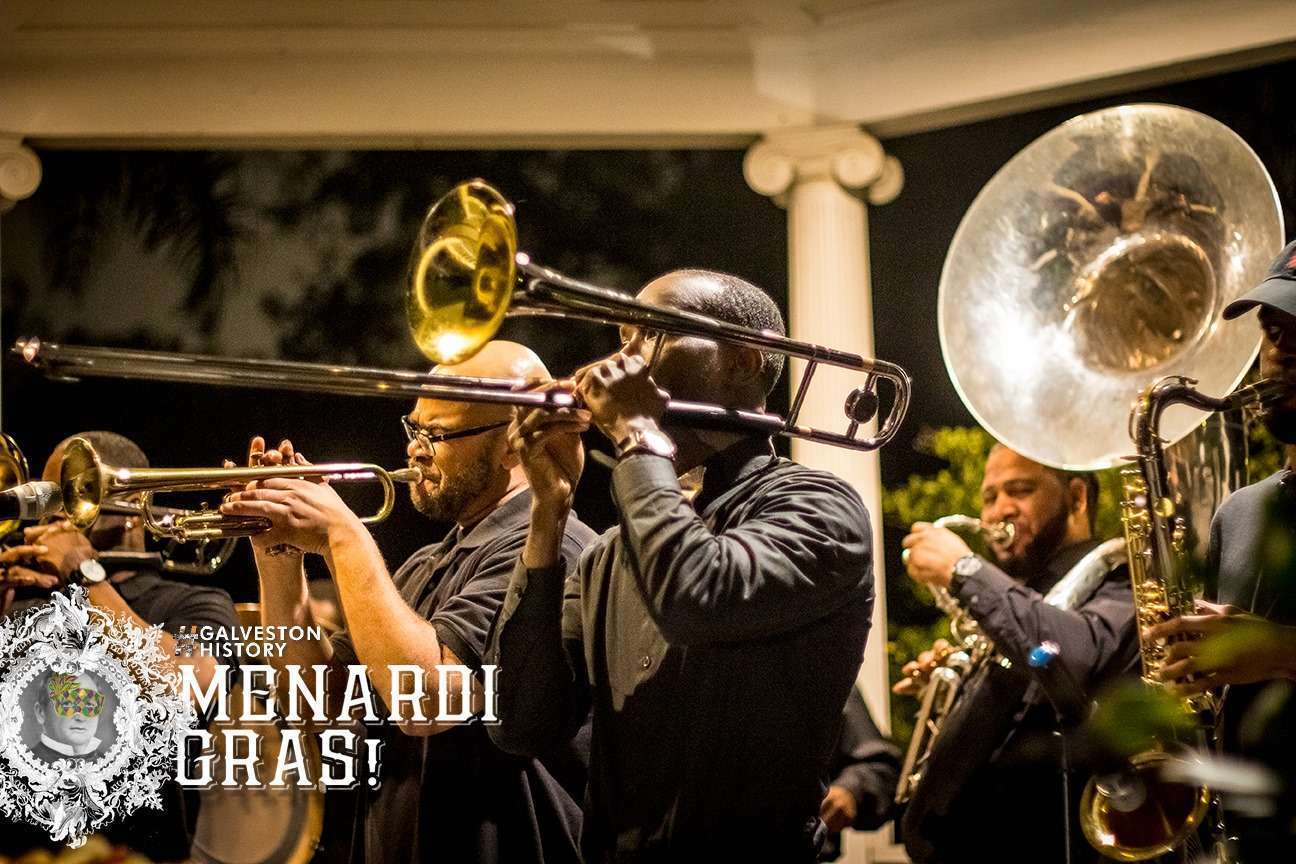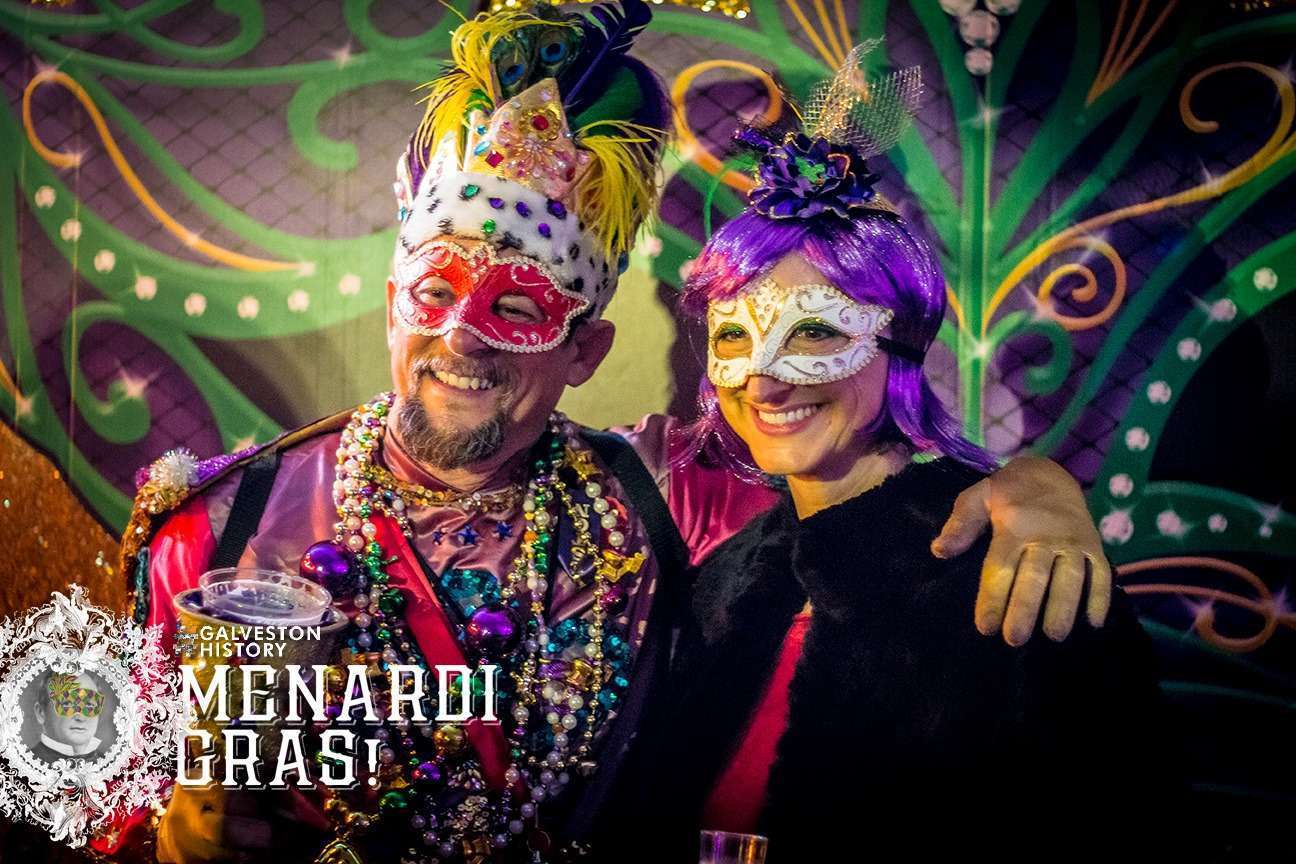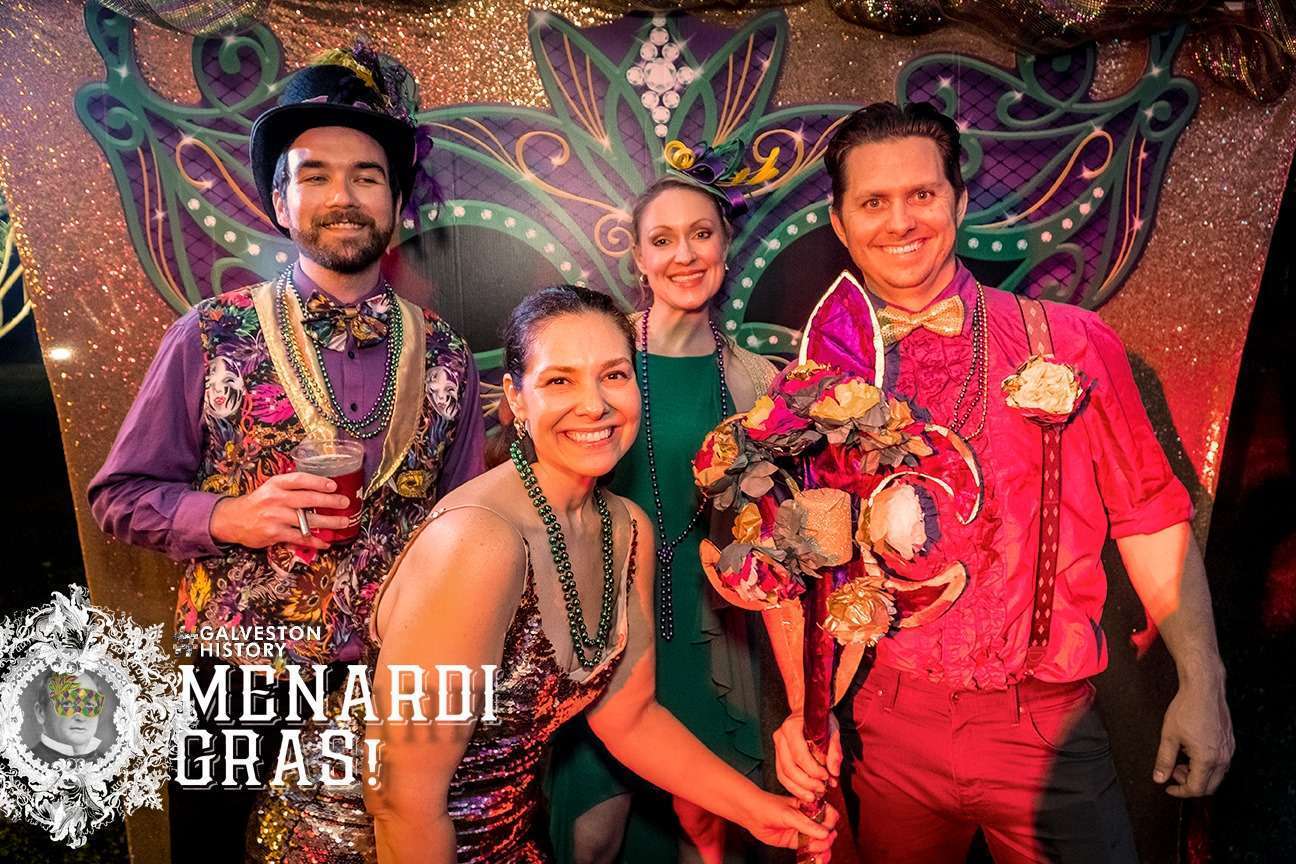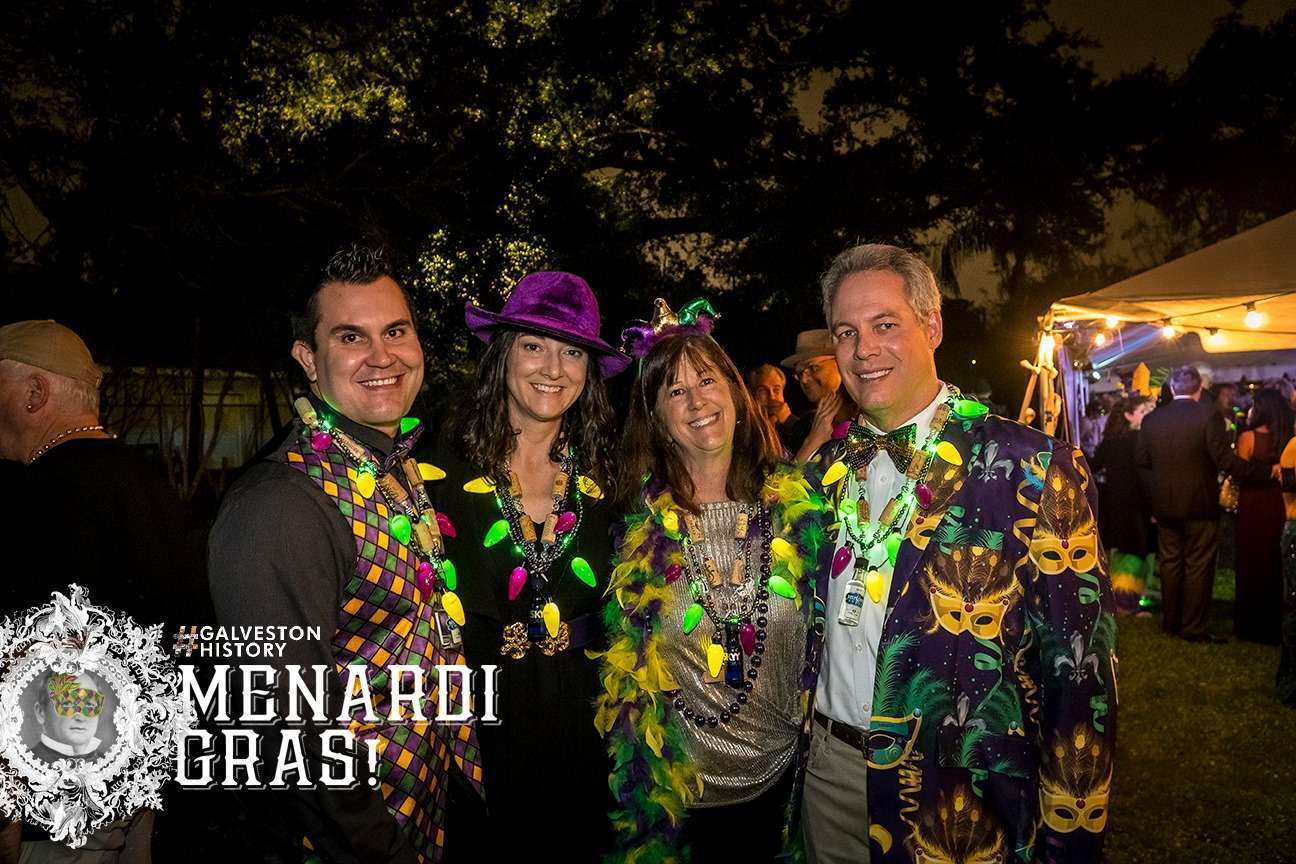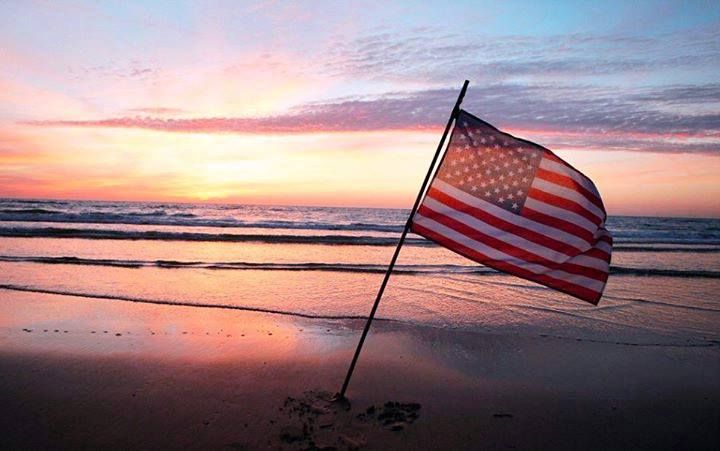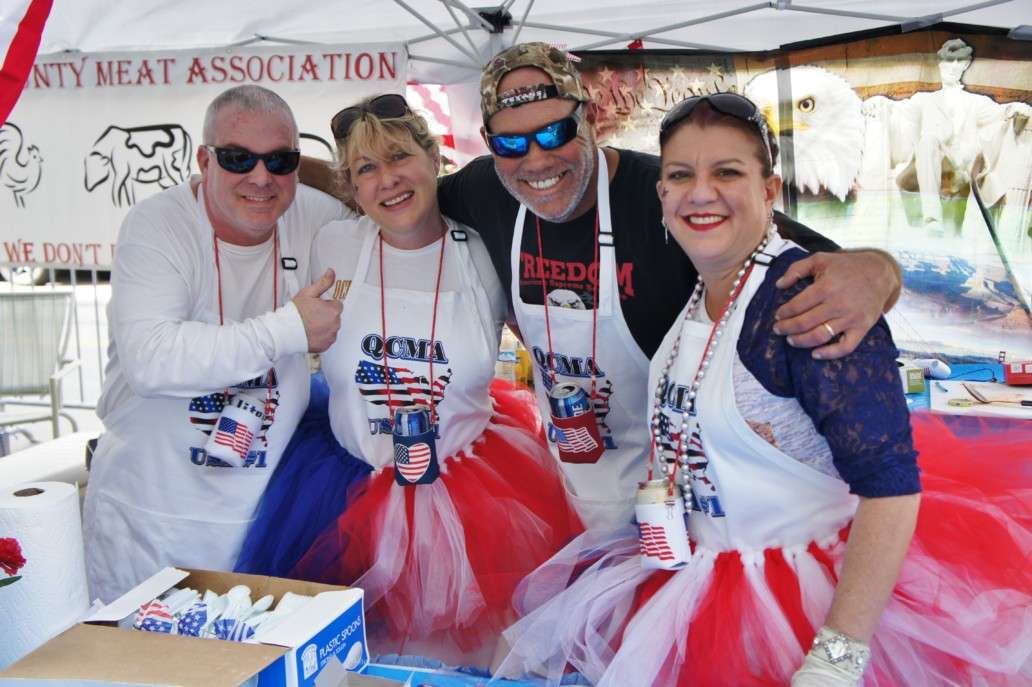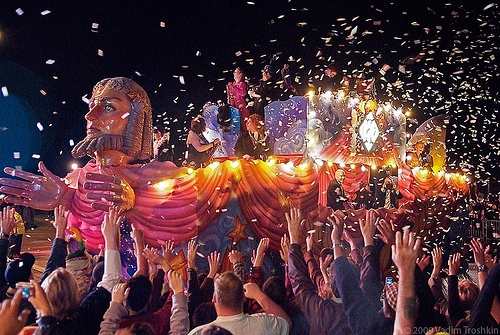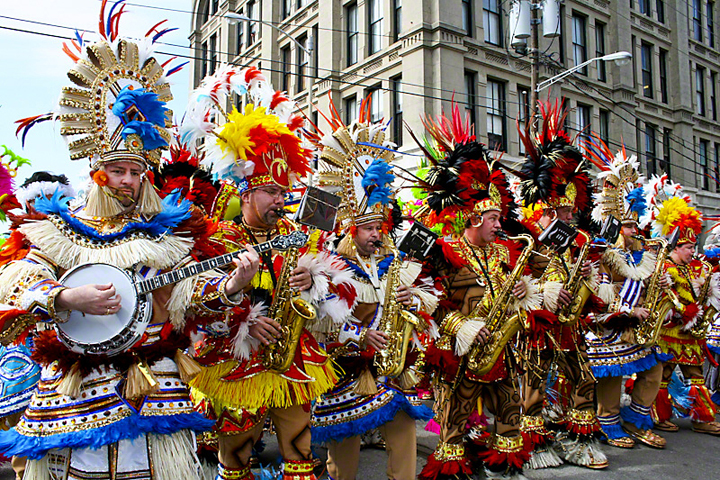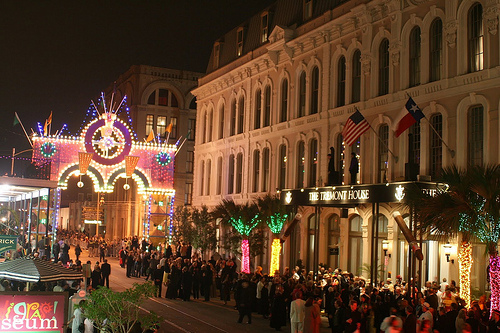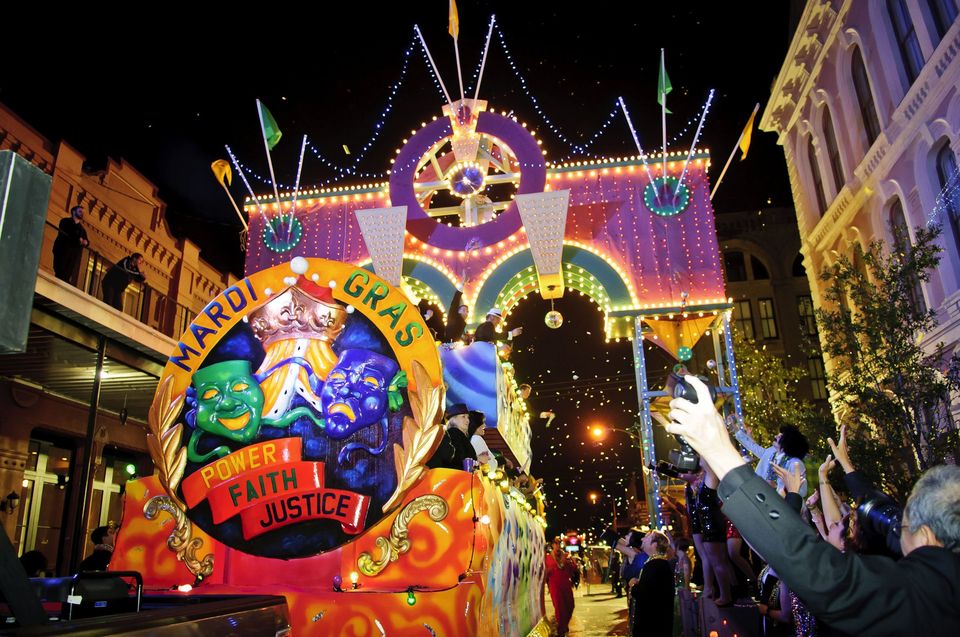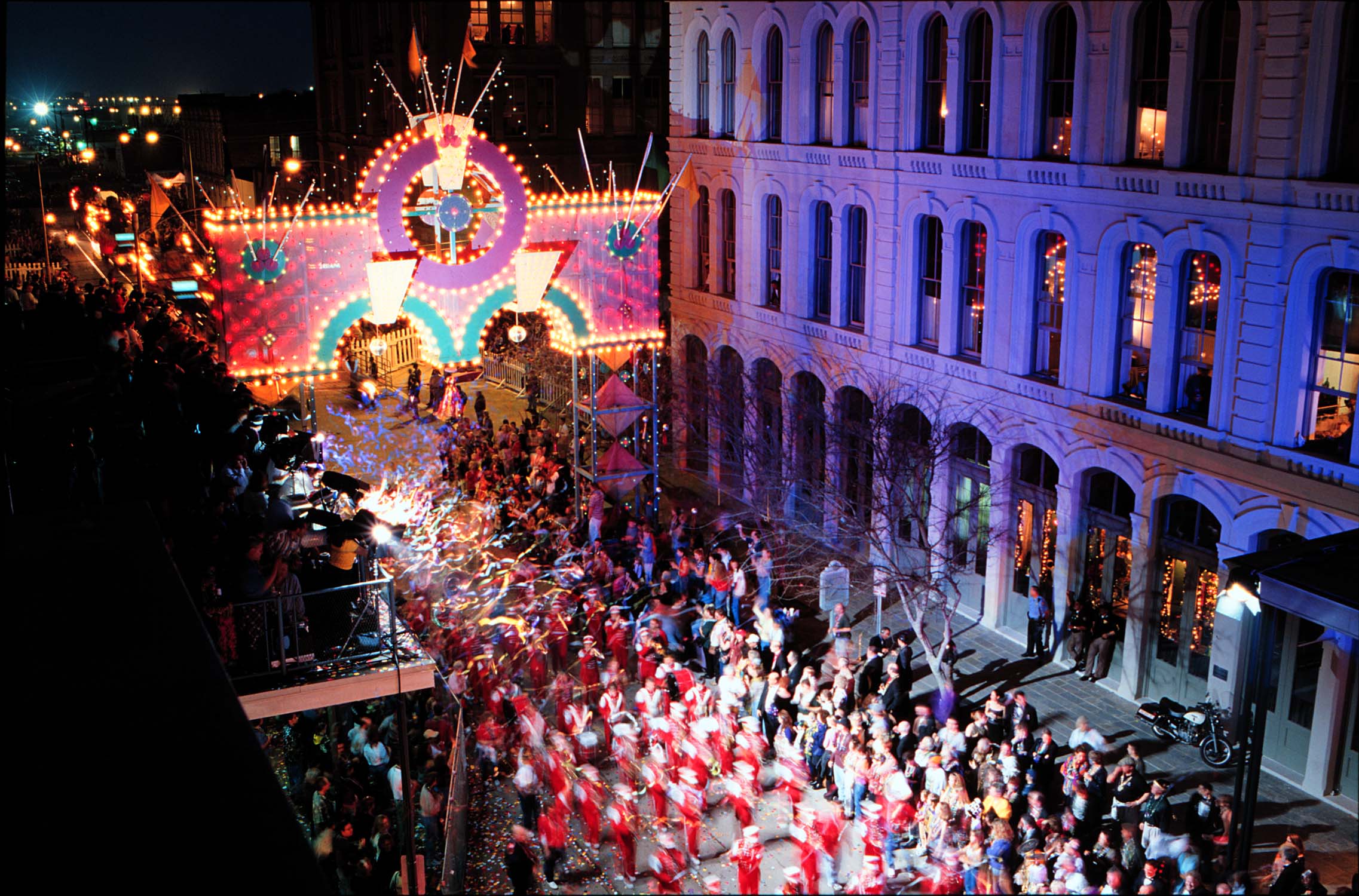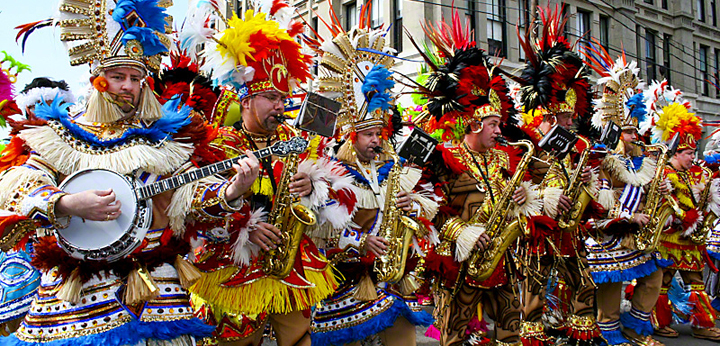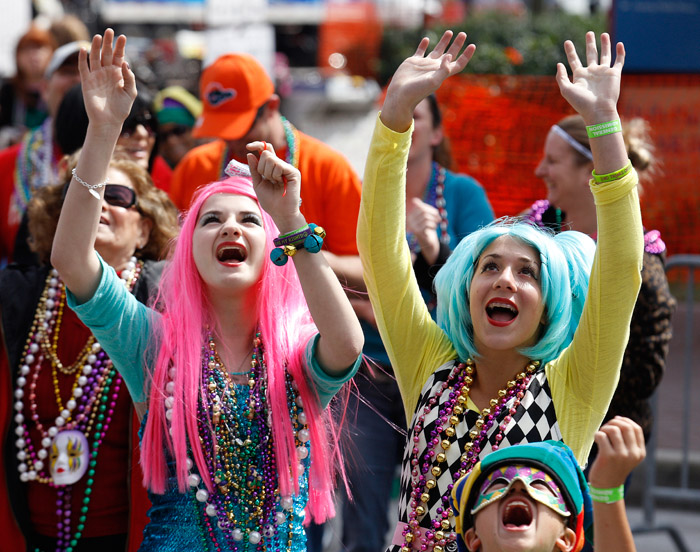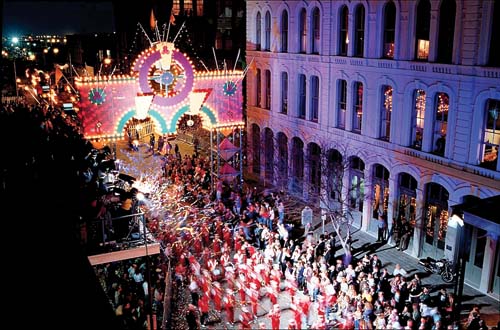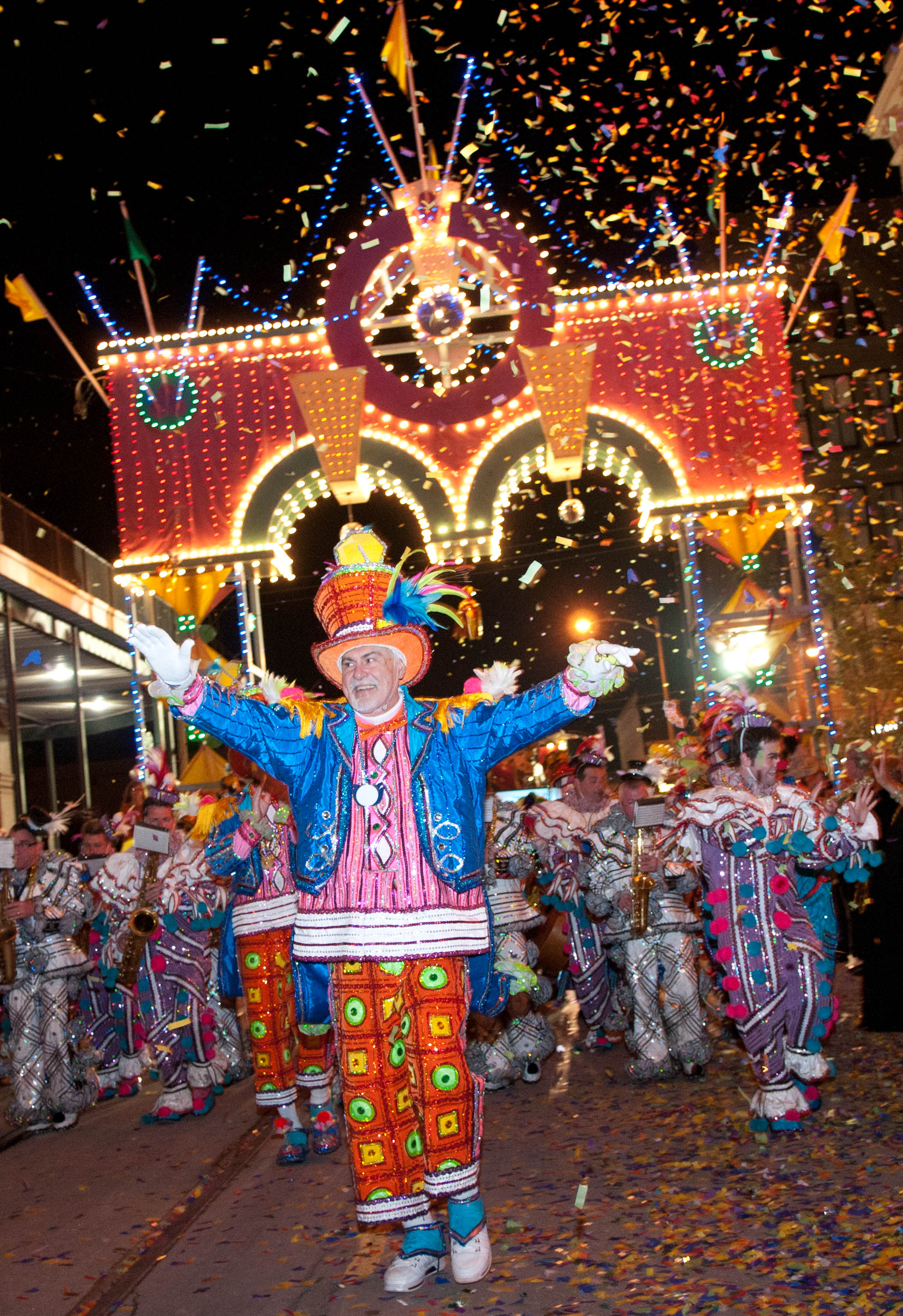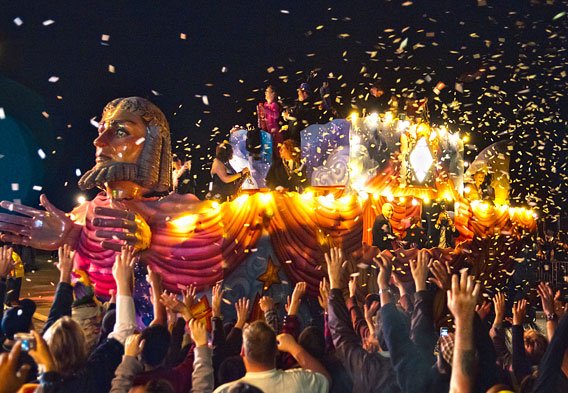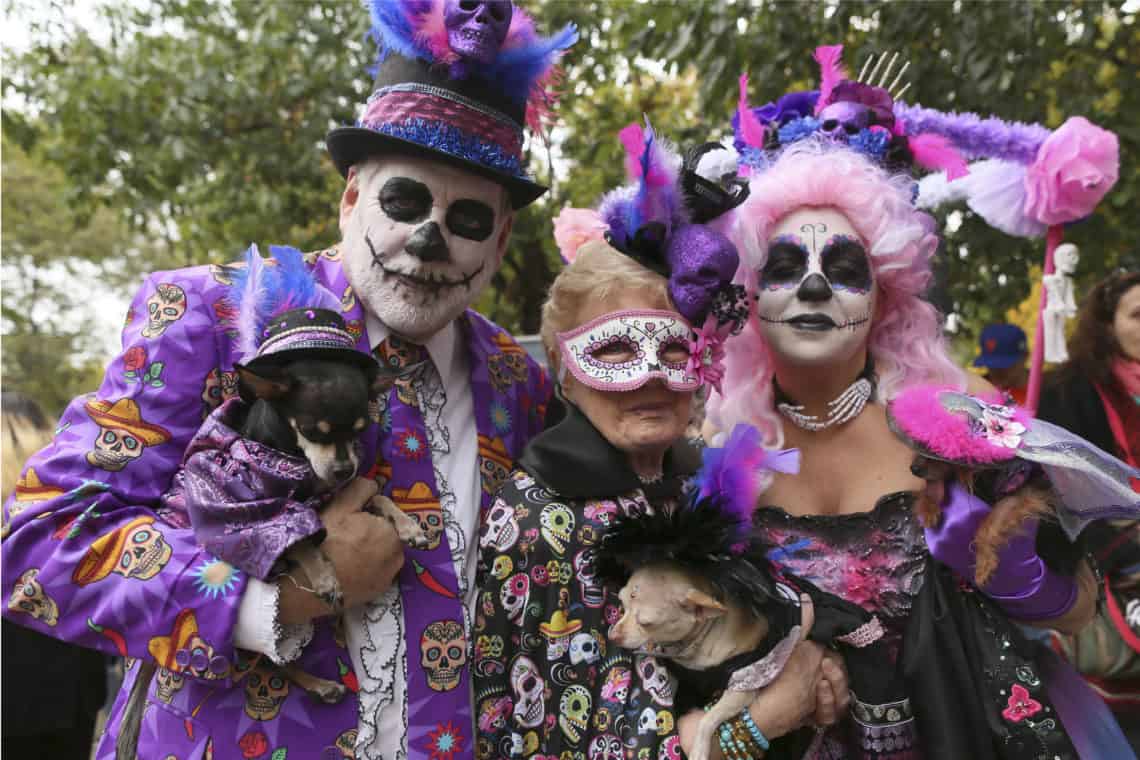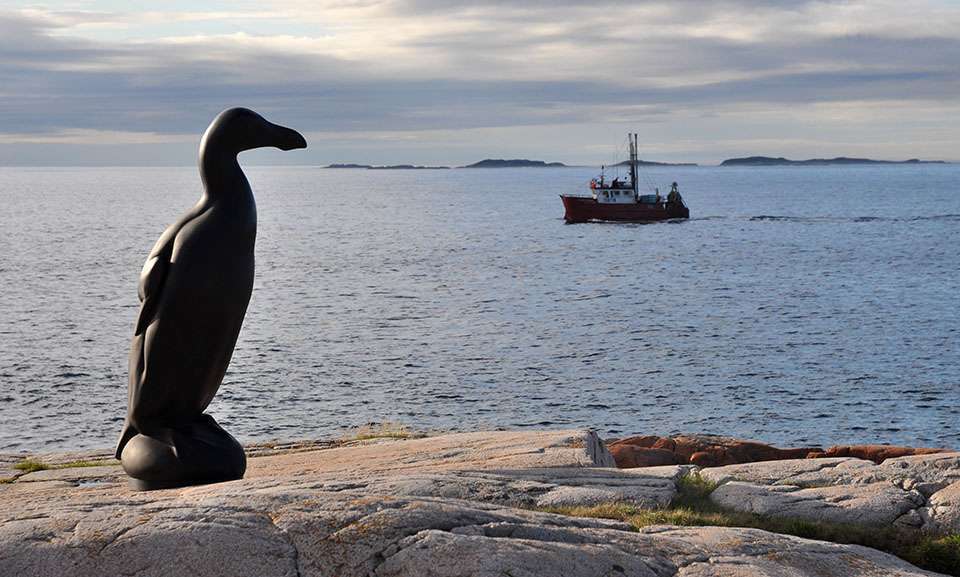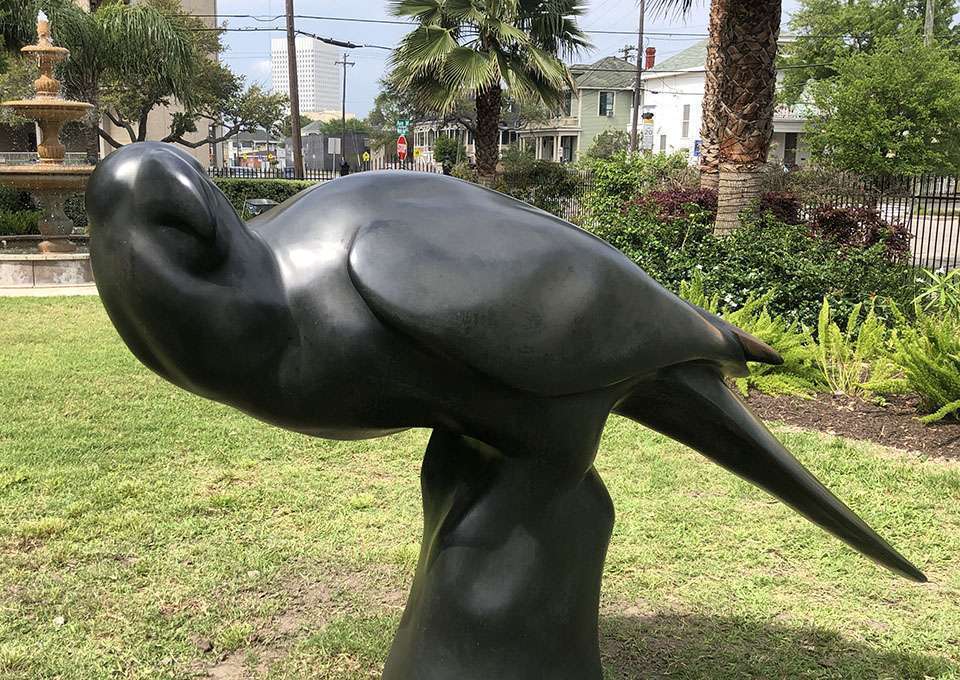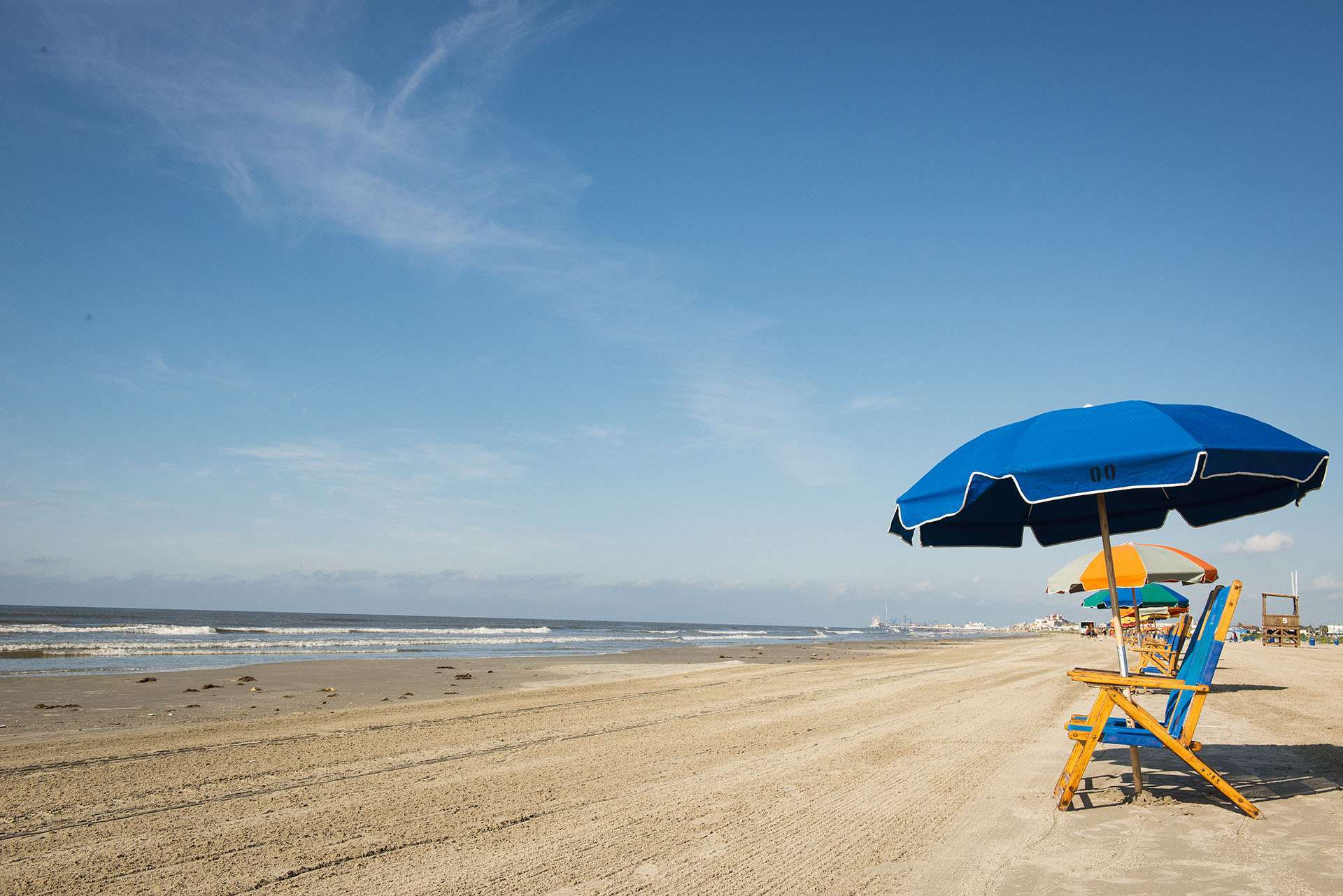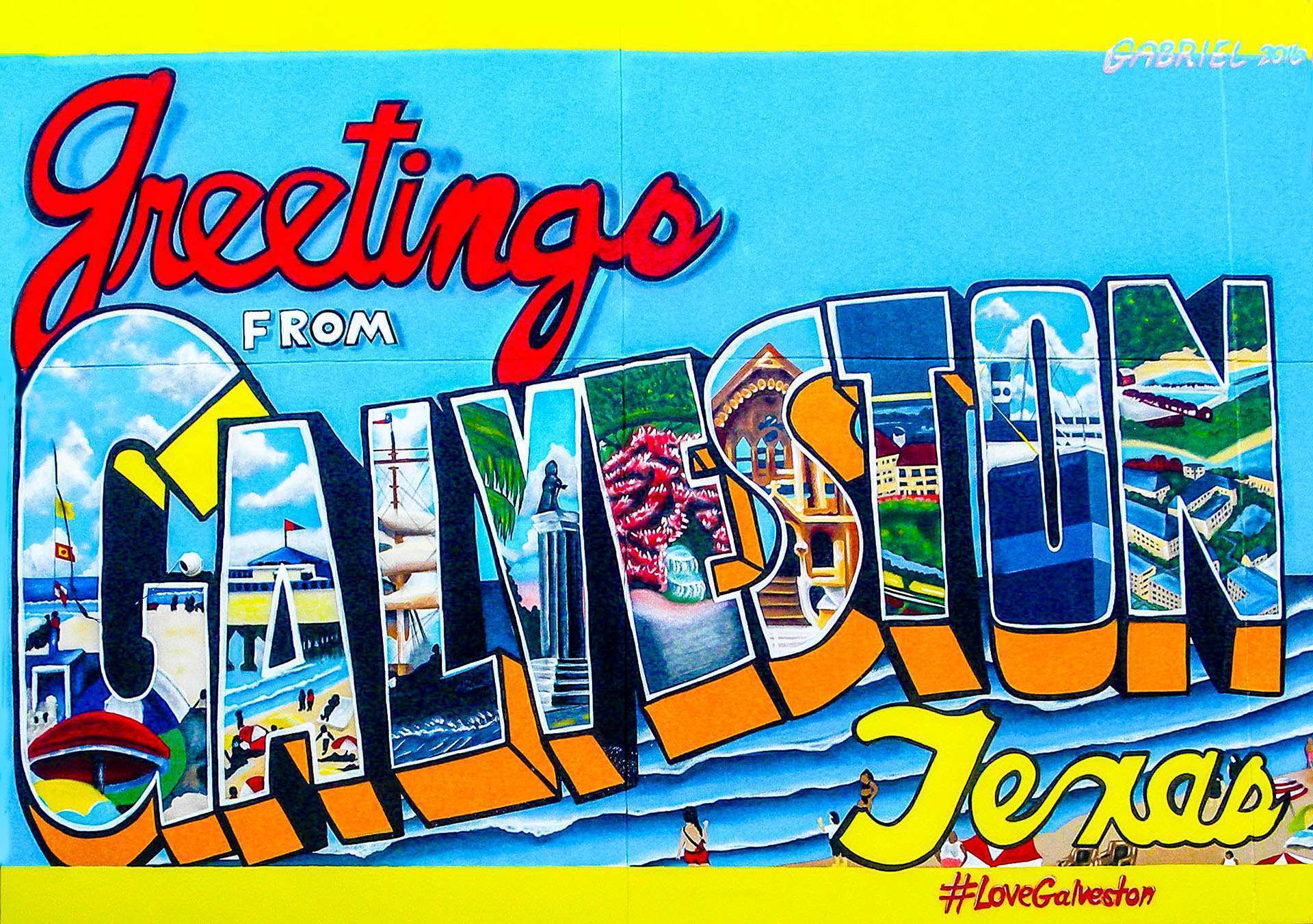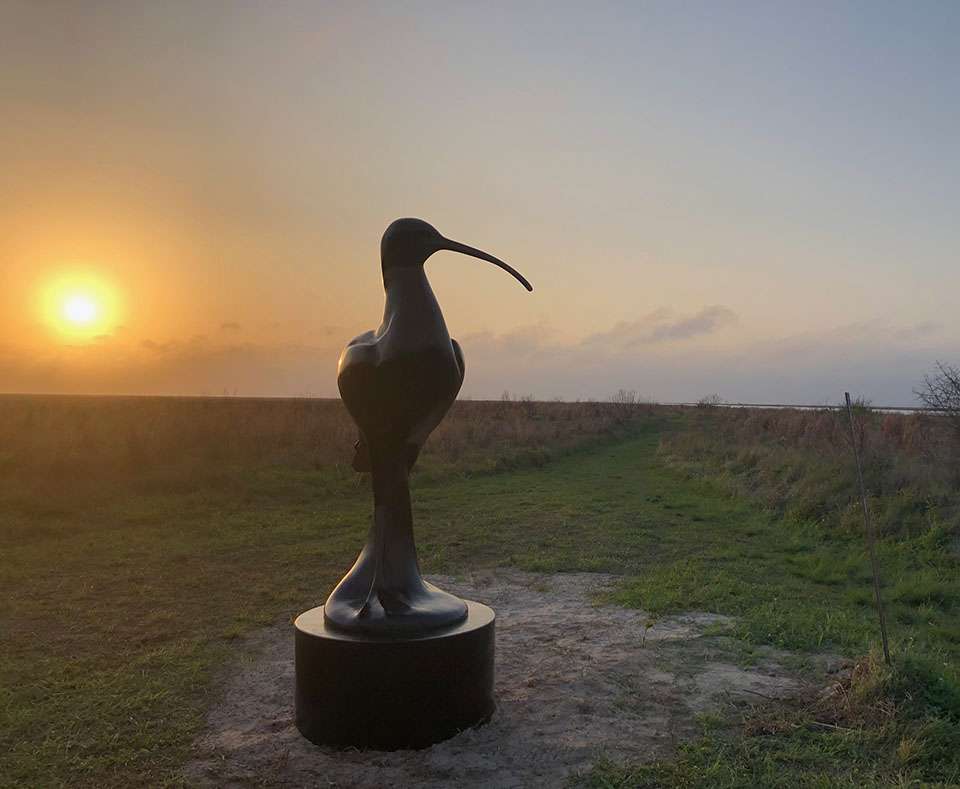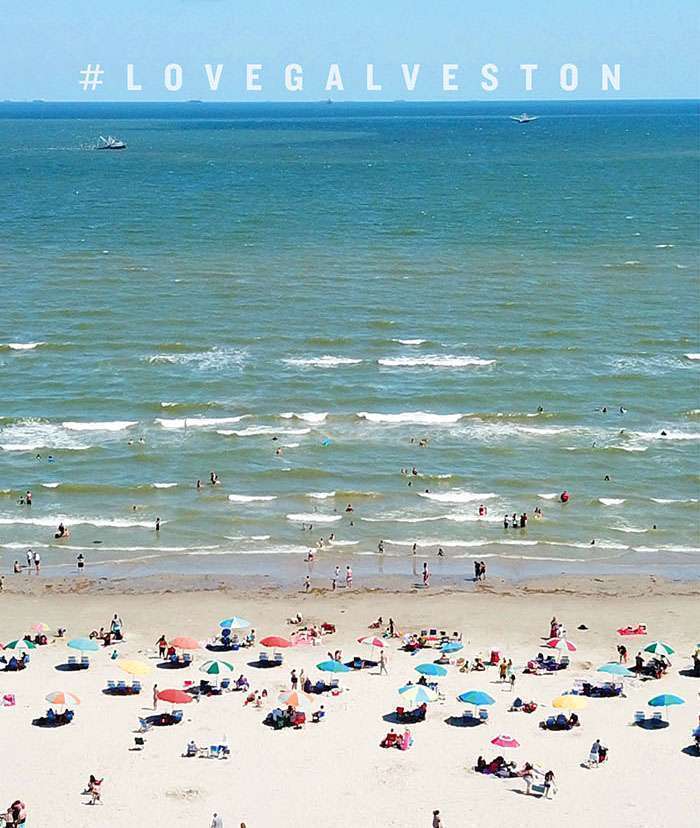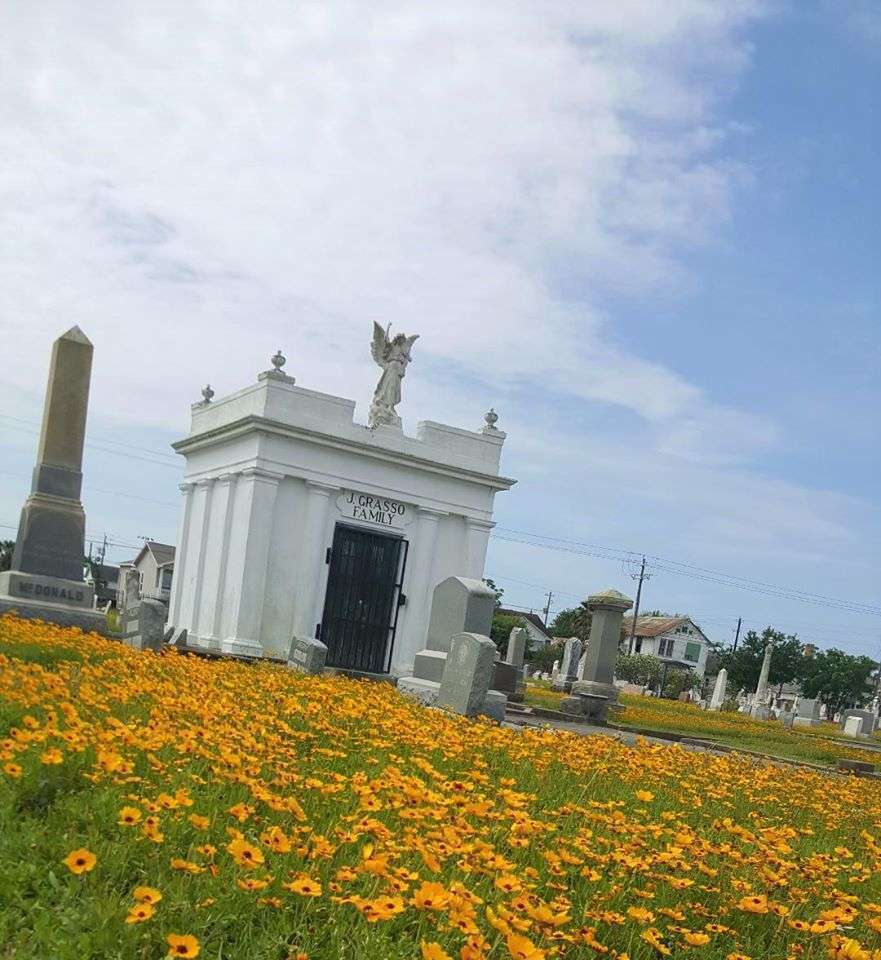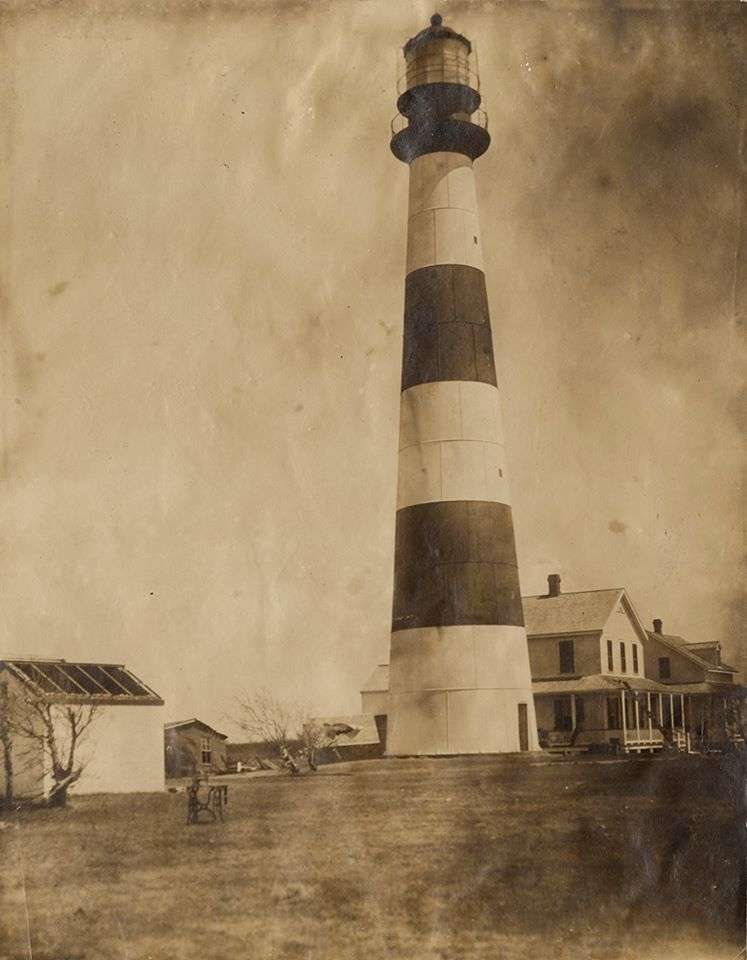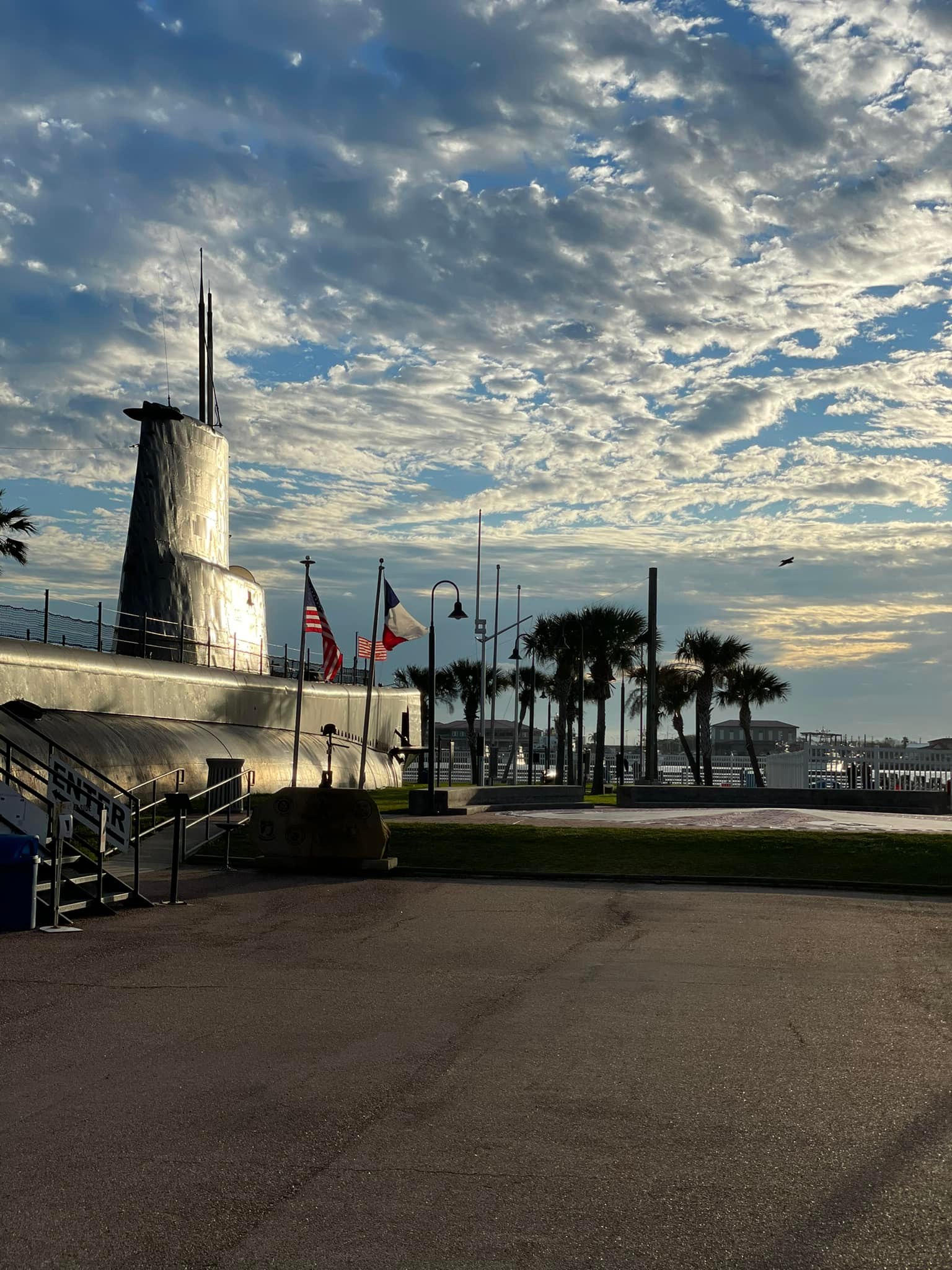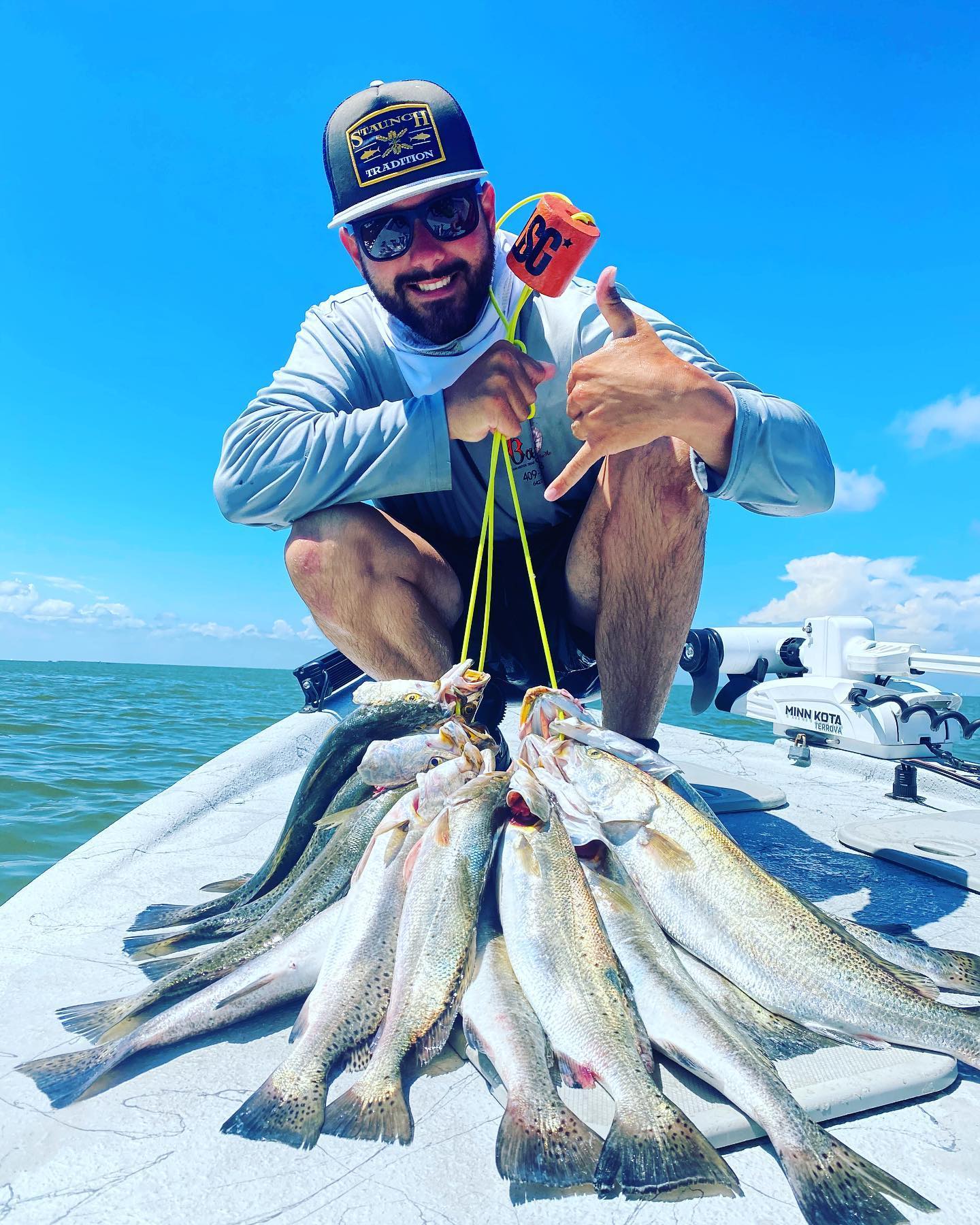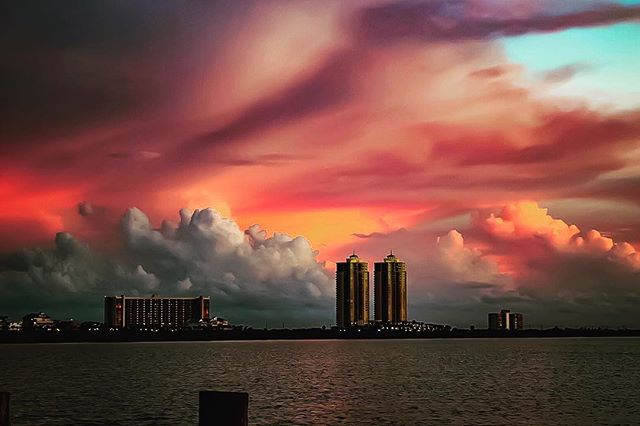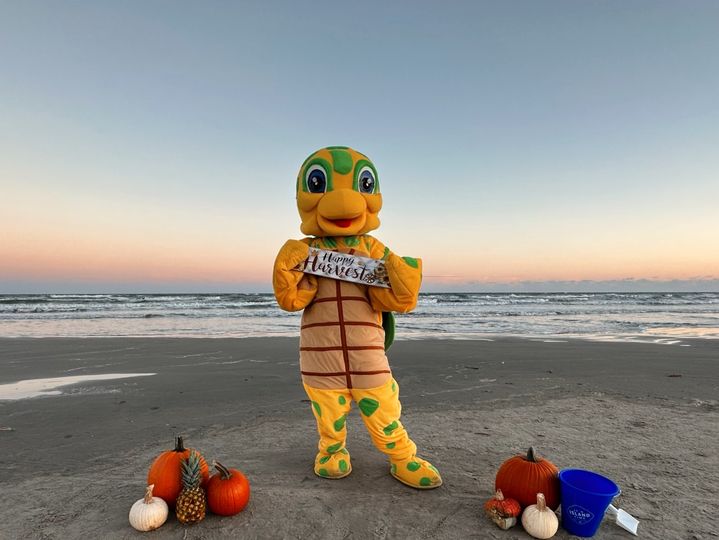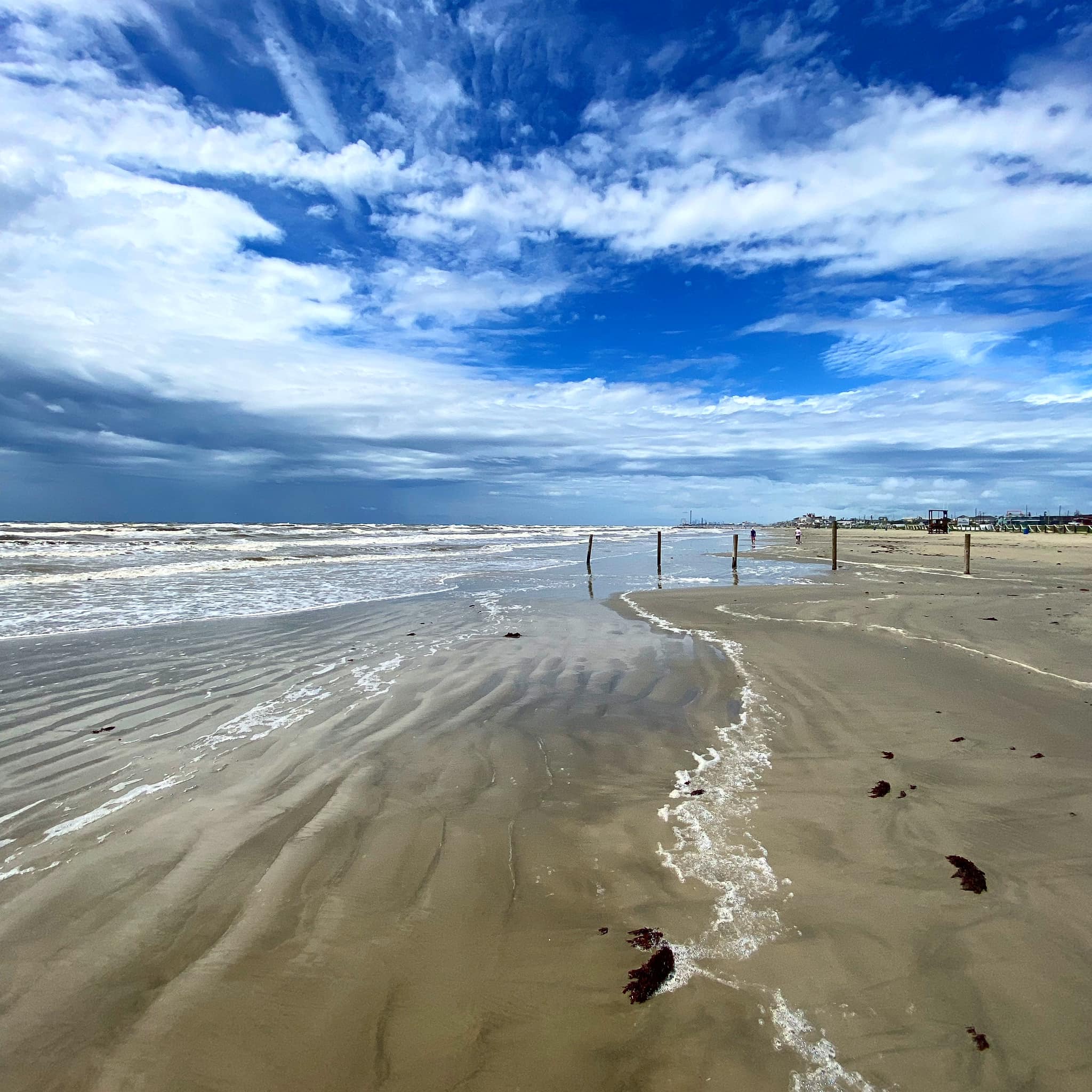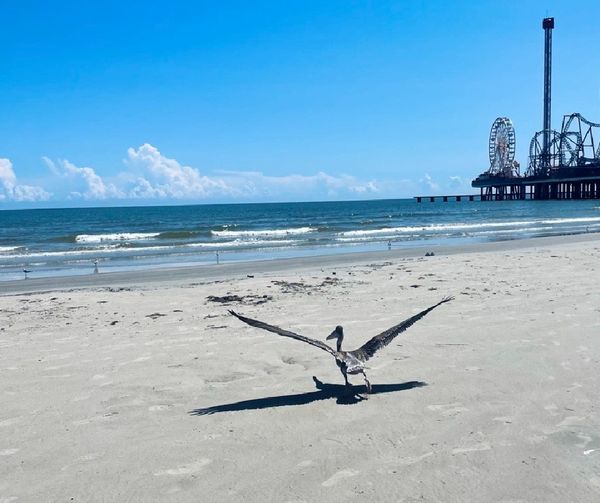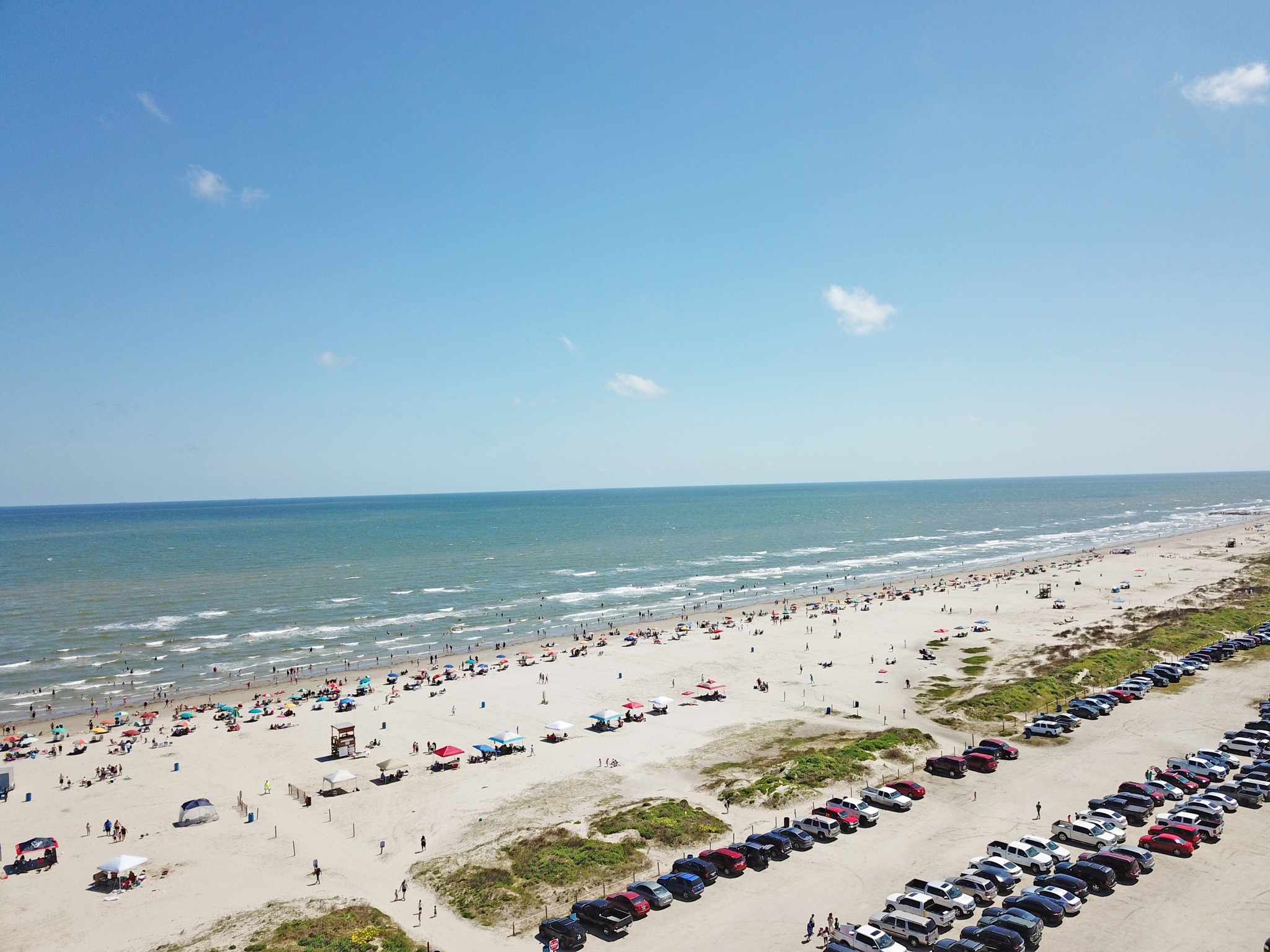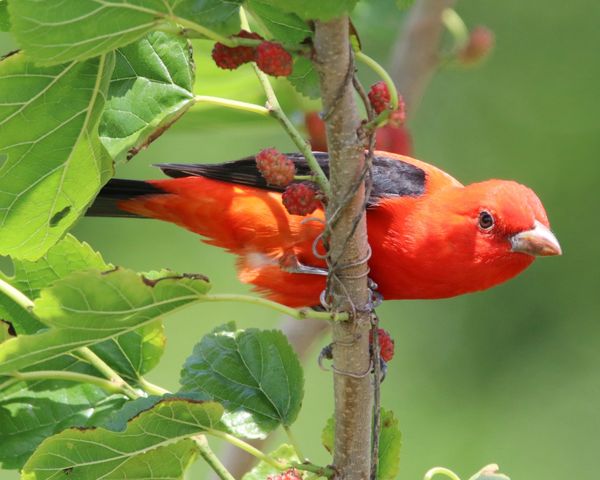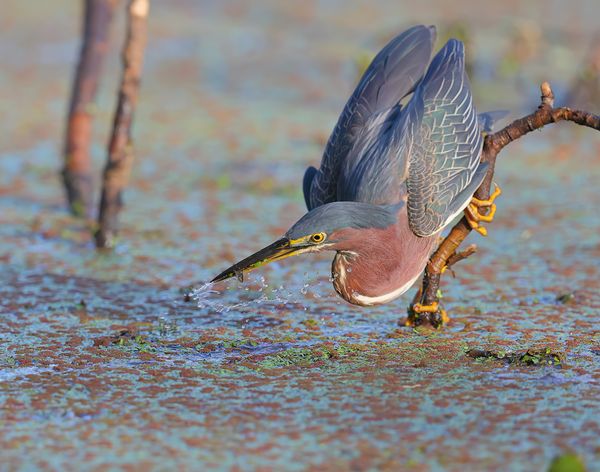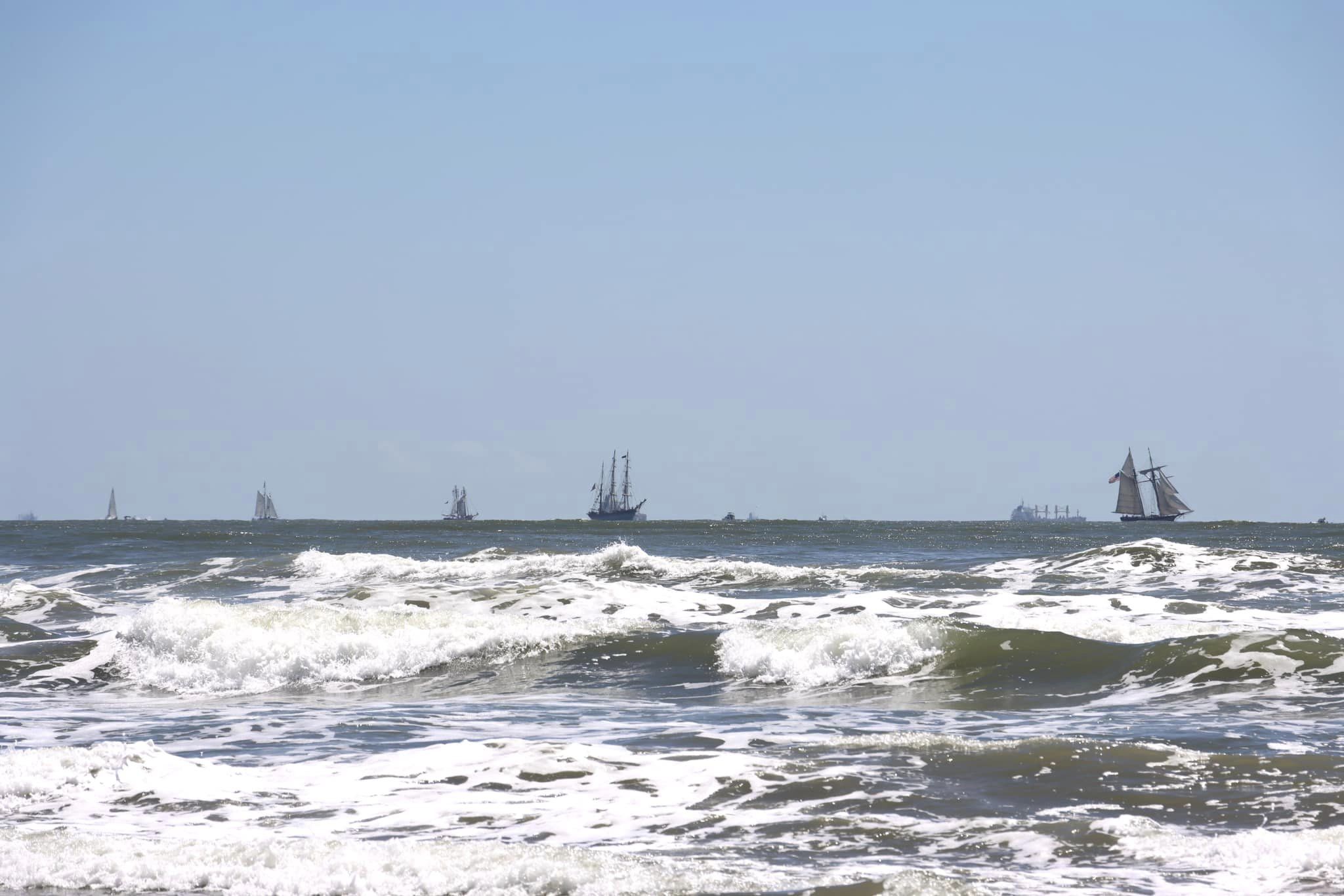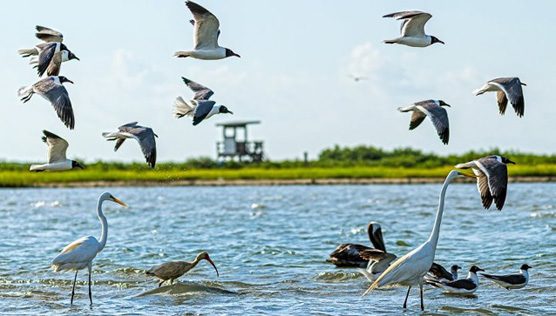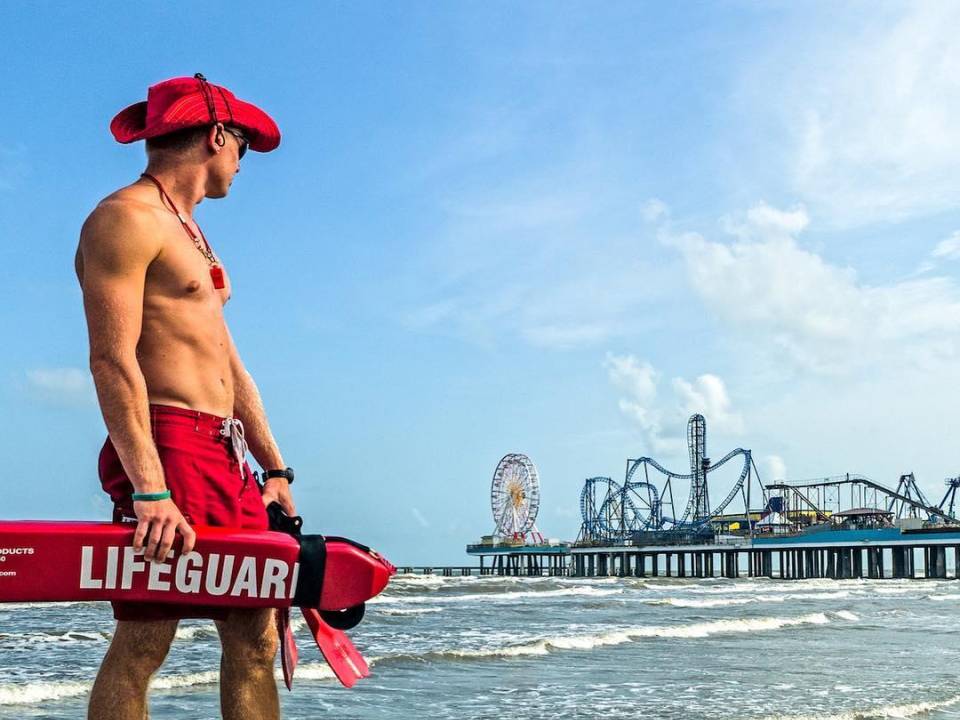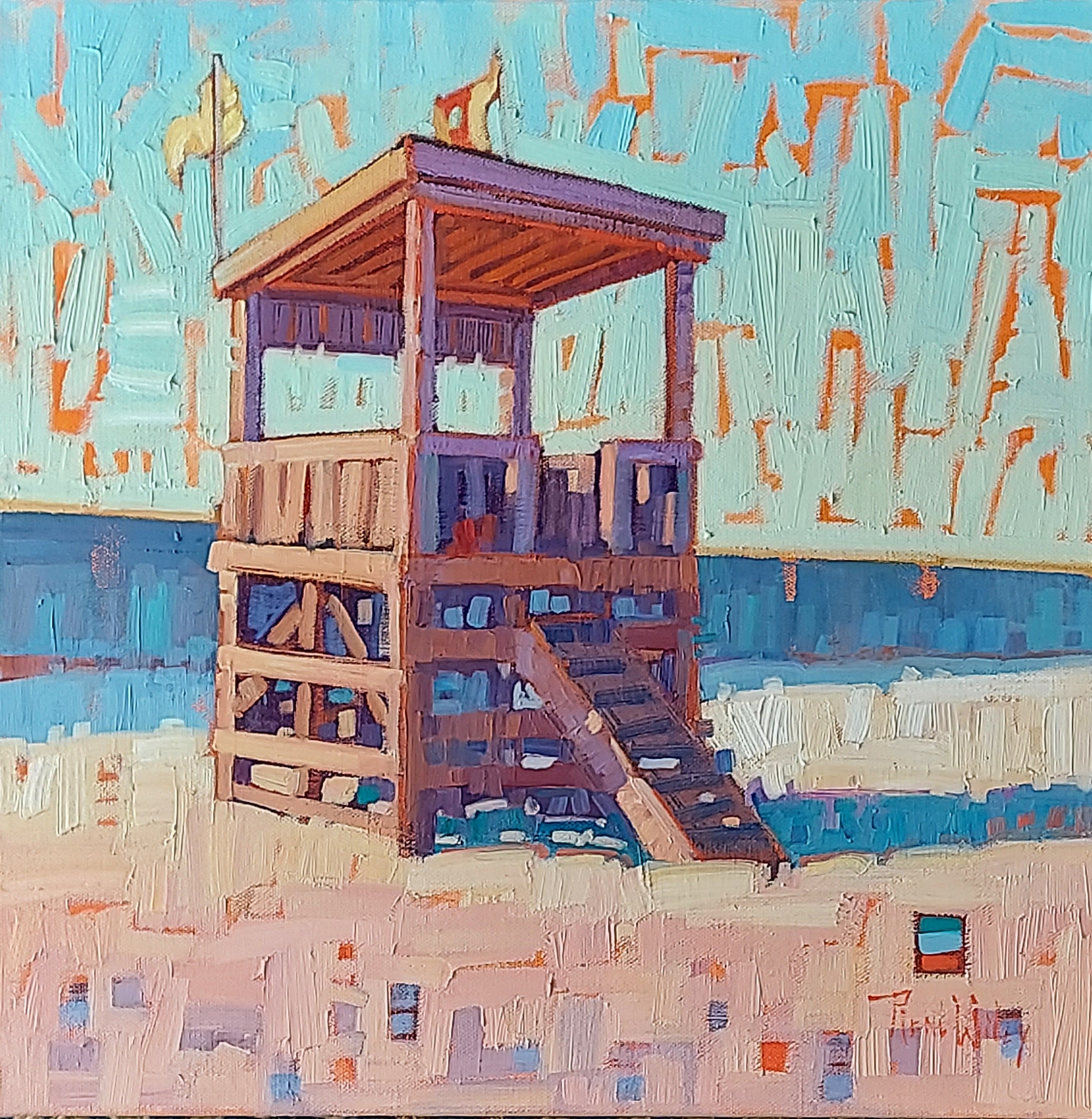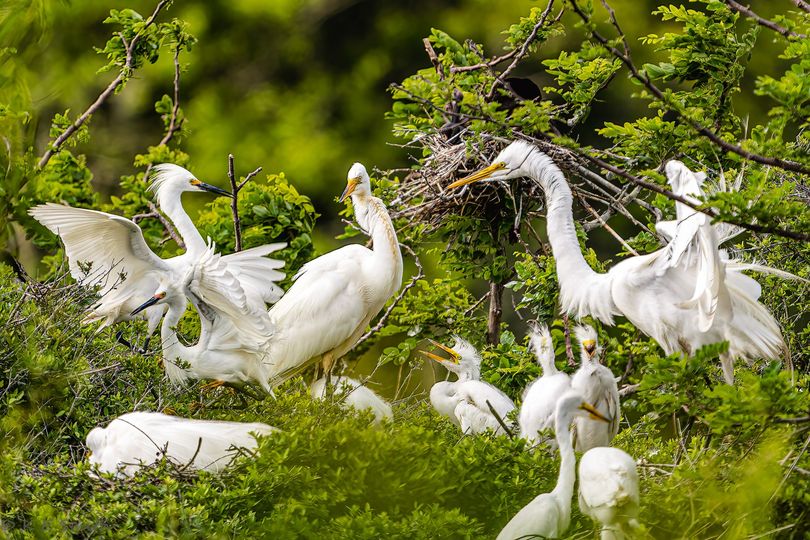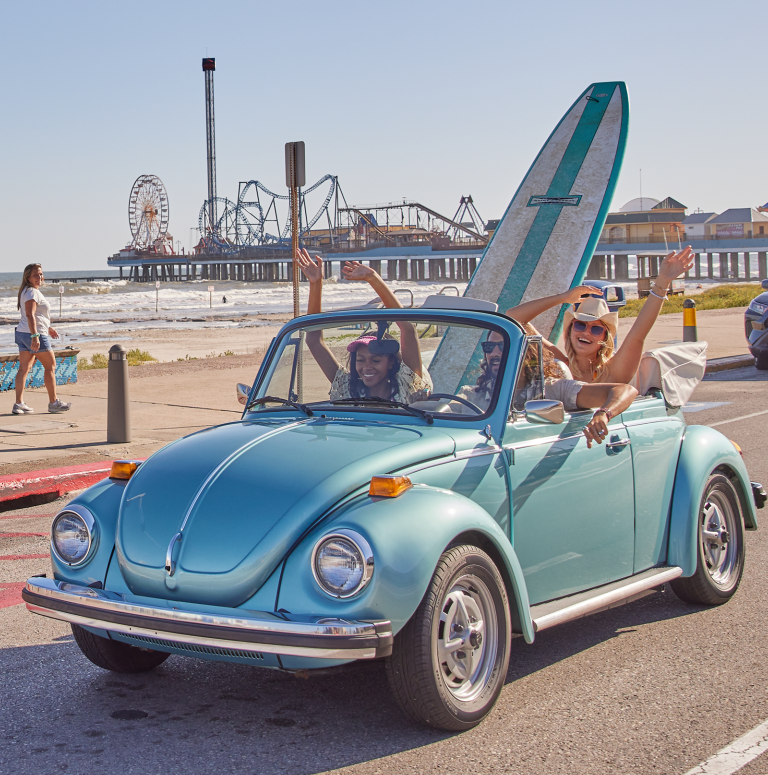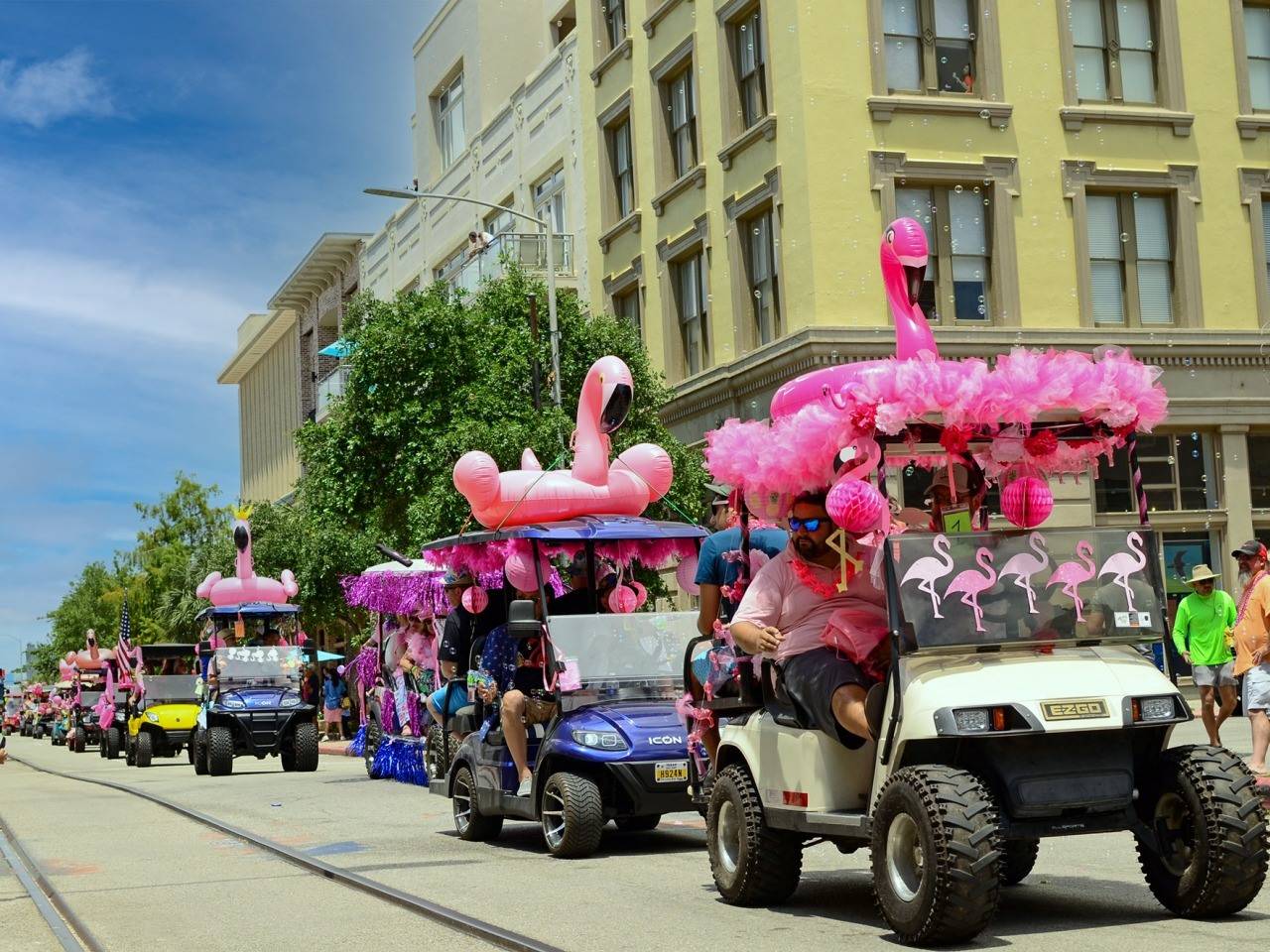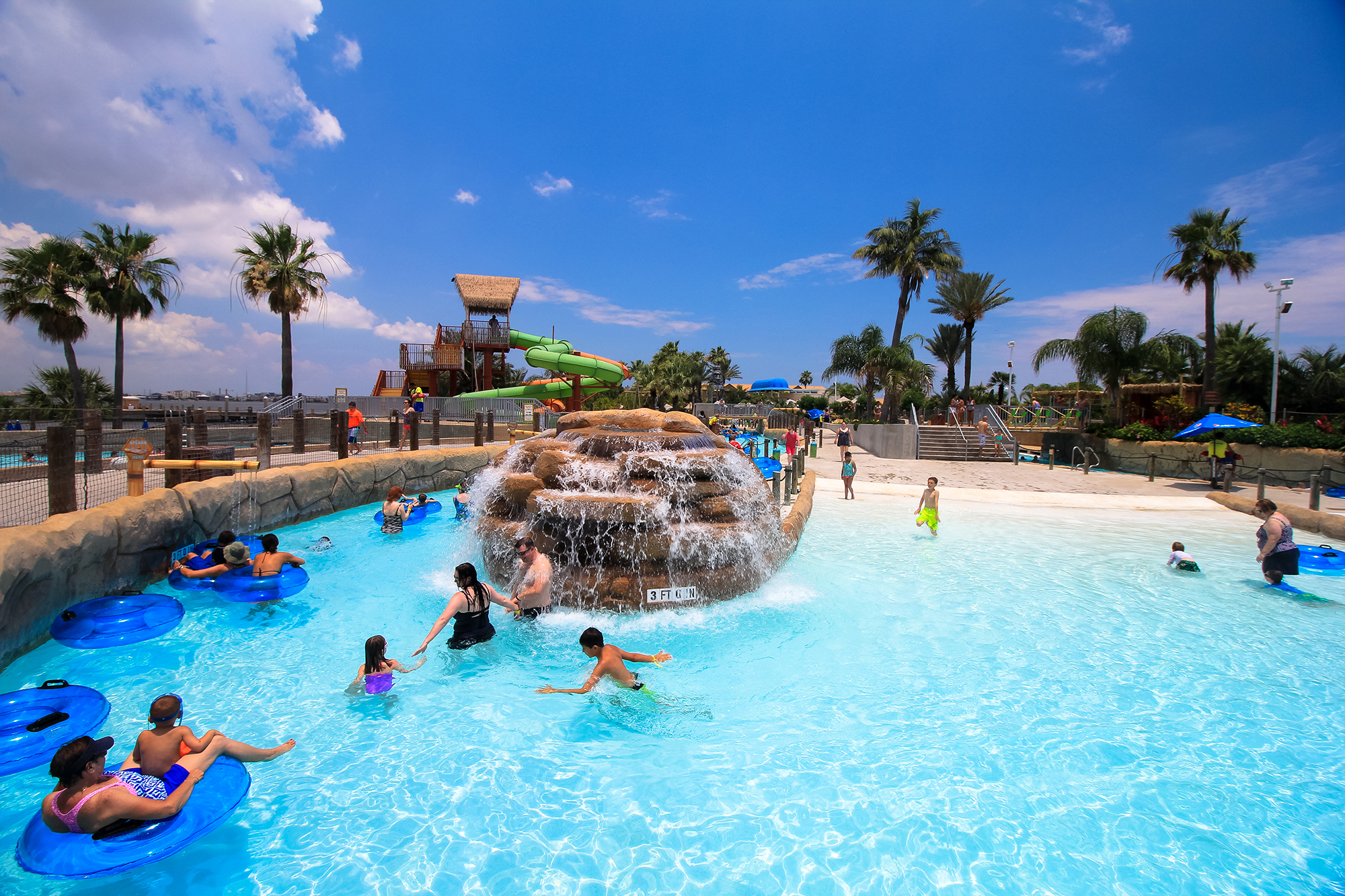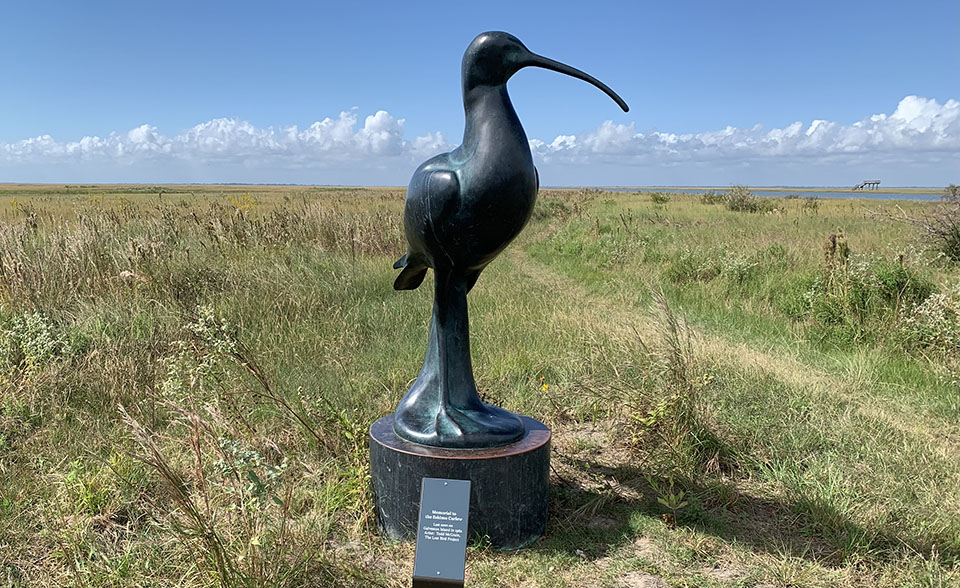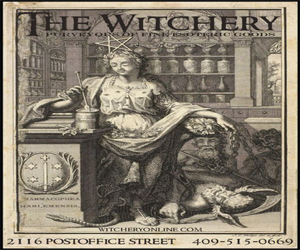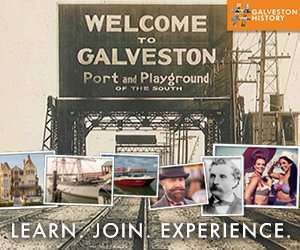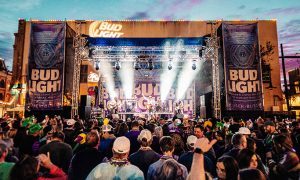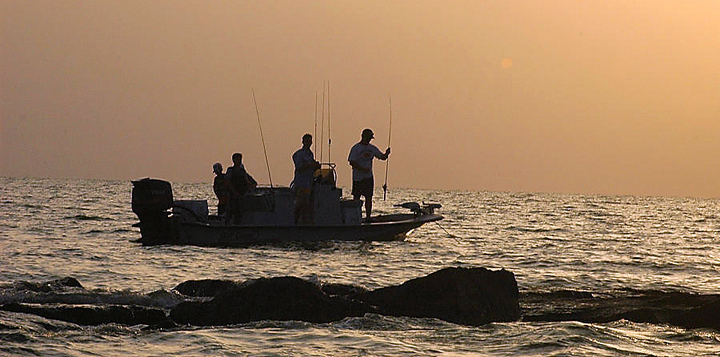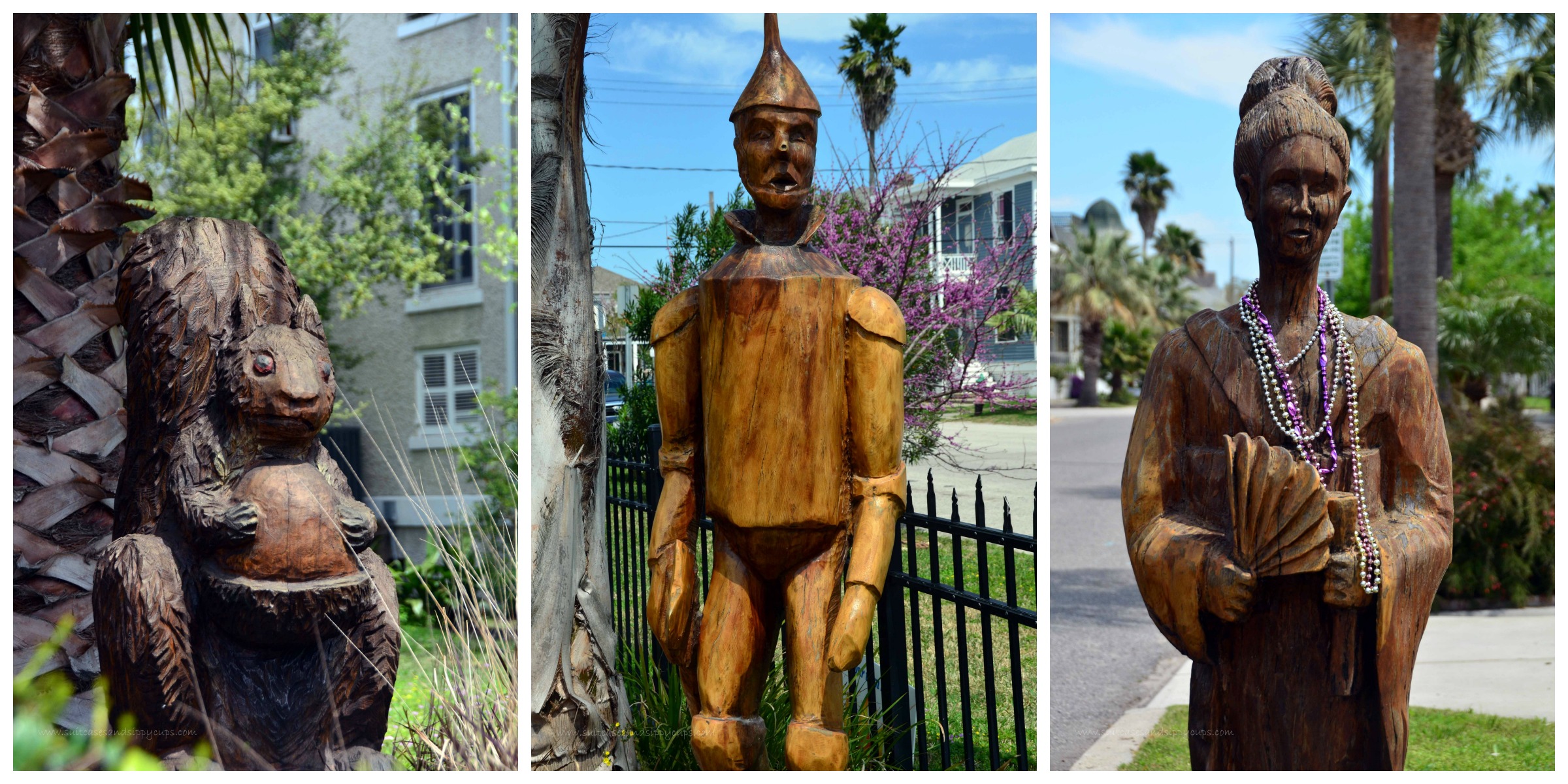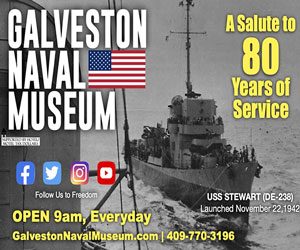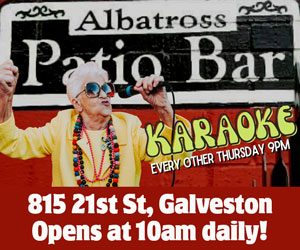By Kimber Fountain │ Photos by Christa Schreckengost
The history of recorded civilization on Galveston Island spans a mere two hundred years, but at times it seems as infinite as the history of the entire world. So much has it endured, suffered, survived, and accomplished, the stories and legends are endless. Many of these accounts are locked securely in the woodwork and the well kept secrets of silent Victorian architecture. But then there are others, events of such magnitude and poignant significance that they have been made immortal. Whether gilded, cast, carved, or chiseled, a glimpse of Galveston’s statues and monuments give insight to all facets of Galveston’s fascinating past.
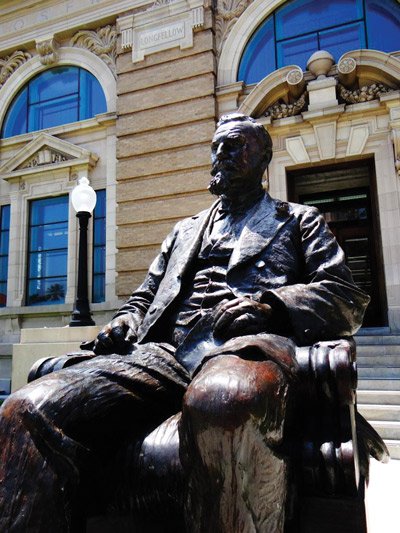 Henry Rosenberg
Henry Rosenberg
Perched regally atop the steps leading up to Rosenberg Library (23rd St. and Sealy) is the bronzed embodiment of the building’s namesake. Henry Rosenberg was born in Switzerland in 1824 and came to Galveston in 1843. He began work at a friend’s dry goods store, and within three years time purchased the store. From that point forward his interests grew into finance, banking, real estate, and transportation. Rosenberg’s endeavors included executive and board positions with First National Bank of Galveston, Galveston City Railroad Company, Galveston Bank and Trust Company, the Gulf, Colorado, and Santa Fe Railway Company, and the Galveston Wharf Company. He also served as city alderman and as Swiss consul of Texas from 1869 until his death in 1893.
Henry Rosenberg died childless, thus Galveston became his heir. He bequeathed the majority of his estate, over $600,000 for the construction of a public library. $65,000 was designated for the construction of a building for the Young Men’s Christian Association, $50,000 for the erection of a monument commemorating the Texas Revolution; and $30,000 each to the Galveston Orphans’ Home, Grace Episcopal Church, the Letitia Rosenberg Women’s Home, and a fund towards the construction of public drinking fountains “for man and beast.” Although now inoperable, many of the fountains still remain around town as monuments to the thoughtful and useful nature of Rosenberg’s philanthropy. One stands in the lawn north of the library, at 21st and Postoffice Street, at 31st and Seawall Boulevard, and along Ball Street at the intersections of 12th, 15th, 21st, and 24th Streets.
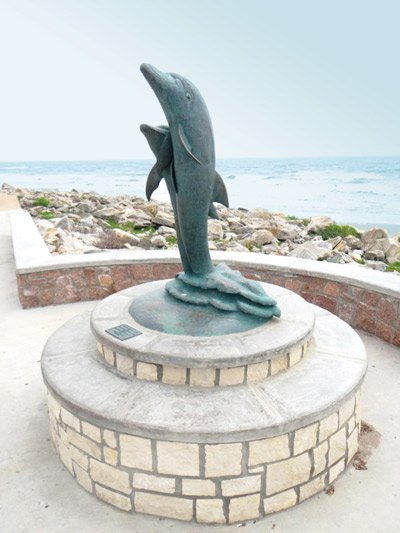 The Dolphins
The Dolphins
The Dolphins is another offering from Native Texan sculptor David Moore. It was originally installed downtown in 1975, in the center of the pedestrian mall corridor on Postoffice Street that once ran in between 21st and 24th Streets. Standing at six feet tall, the sculpture is solid bronze, and was created in conjunction with the Al Shakis Art Foundry in Houston. The Dolphins were donated to the city and citizens of Galveston by the collective efforts of a private donor and the Galveston Foundation, Inc. When the Postoffice Street corridor was re-opened to vehicular traffic, Galveston Commission for the Arts made the necessary efforts, including obtaining the permissions and funds, to relocate the statue to its current location at Fort Crockett Seawall Park on Seawall Boulevard at 45th Street.
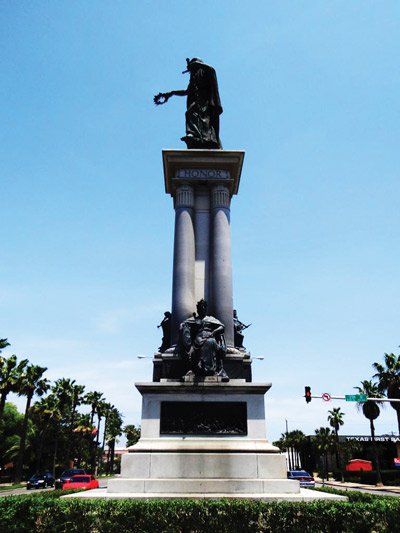 Texas Heroes Monument
Texas Heroes Monument
Funded by the estate of Henry Rosenberg, the Texas Heroes’ Monument rises valiantly in the heart of the intersection of Galveston’s two most prominent avenues, Broadway and 25th. It was designed by Italian sculptor Louis Amateis, and commemorates the heroes of the Battle of San Jacinto fought during the Texas Revolution. It was dedicated in 1900 on April 21st, also known in Texas as San Jacinto Day; the ceremony was attended by thousands.
On each side of the monument’s base are bronze panels with bas-reliefs that depict four major scenes of Texas’ fight for independence from Mexico: The Massacre at Goliad, The Siege of the Alamo, The Battle of San Jacinto, and The Surrender of Santa Anna. Above the base four granite columns rise to surround figures of Defiance (facing east) and Peace (facing west). At the monument’s pinnacle is a 22 foot high bronze statue of Victory. One hand is on the hilt of her battle sword; the other hand holds a laurel wreath and extends in the direction of the location of the Battle of San Jacinto.
During the period of time on the Island that historians have dubbed “The Free State of Galveston,” sailors and businessmen used the monument as a landmark, as Victory also happens to be pointing in the direction of Galveston’s former red light district.
The Flower
Seated in the gardens of Trinity Episcopal Church (2216 Ball) is the statue of a young girl, holding up a flower. The inscription reads “To the Glory of God,” and one imagines her in the sunlight, watching the glint of a summer sun illuminate the petals as she raises her flower in reverence. This bronze sculpture, another by David Moore, was commissioned by the vestry in 1980 to honor the late Reverend Edmund H. Gibson who served as rector of the church from 1928-1992. Moore’s design was inspired by the reverend’s fascination with the hibiscus flower. An avid horticulturist, Rev. Gibson was particularly passionate about the hibiscus which he bred, cultivated, and hybridized.
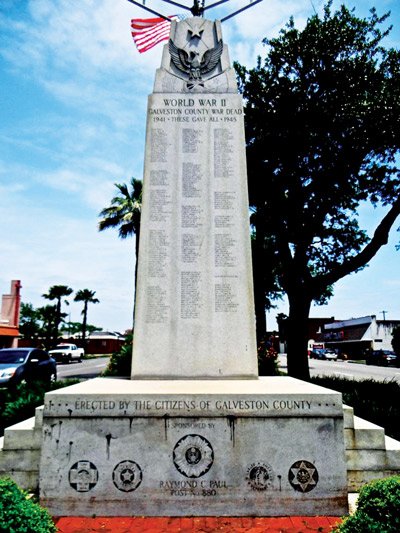 Civil War Memorial
Civil War Memorial
The United States Customs House (20th Street and Postoffice), current home of the Galveston Historical Foundation, is believed to be the oldest federal building in the state of Texas. Used as a base during the Civil War, on the exterior of the building its battle scars are clearly visible. Distinct differences in the brick on the exterior of the building are patches that filled in holes made by cannon balls. On the northeast side of the building is the Civil War Memorial, etched marble that accounts the difficulties endured by military and civilians alike. The monument is dedicated to both Texans who served the Confederacy and to the residents of Galveston who suffered through the four long years of a desolate and dangerous life during wartime conditions.
Heron
Ashton Villa (2328 Broadway) was the very first brick home built in Texas back in 1858 by James Moreau Brown, although it would be his daughter, the Galveston icon Miss Bettie, with whom the home would become synonymous. The original construction included a cast-iron fish pond, but when the home was acquired by the Galveston Historical Foundation the pond had been missing for many years and only written descriptions of it remained.
Miraculously, the pond was discovered at a church rectory in New Orleans and was promptly returned to its home, where Mr. and Mrs. John W. Harris donated the funds necessary for its restoration. In 1977 the GHF commissioned David Moore who reproduced the design for the Heron from the descriptions in the family journals. Cast at the Al Shakis Art Foundry in Houston, the bronze heron stands just over a foot tall and was officially dedicated on March 17, 1979.
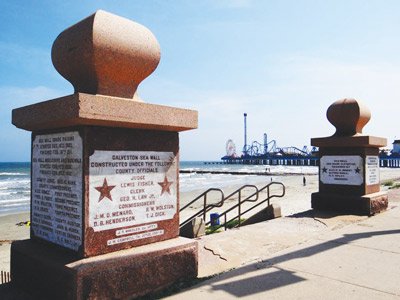 1900 Storm Memorial
1900 Storm Memorial
On September 8th of 1900, an unsuspecting Galveston was laid to waste. Amid its commercial and industrial heyday, the Wall Street of the South watched as the waters of the Gulf scraped two-thirds of the Island clean; downtown the storm surge reached an unimaginable 15.7 feet. Slate shingles, the common roofing material of the day, were picked up by 120 mile per hour winds and became shrapnel, severing limbs and decapitating people as they ran for shelter. Homes were knocked clean off of their foundations, relinquishing their walls and their residents in sacrifice to the rage of Neptune.
Six thousand lives (documented) were lost that day in the City of Galveston alone. In the surrounding Galveston County another six thousand perished. And then remains the mystery number, which historians place somewhere between another one and four thousand. Some bodies were never recovered; many could not be recognized or only parts remained; some victims were immigrants simply passing through the harbor, and had no one to report them dead; some families never gave up hope that one day they may find their loved one, and so could not bear to report them dead or see their name printed in the paper. The Great Storm of 1900 still stands a century later as the deadliest natural disaster in United States history.
The Great Storm Memorial (Seawall Boulevard at 47th Street) was also crafted by sculptor David Moore. Cast in Bronze by United Metalsmiths of Houston, this memorial was sponsored by the Galveston Commission for the Arts. It was erected in 2000 in remembrance of all of the victims, and the survivors, of The Great Storm.
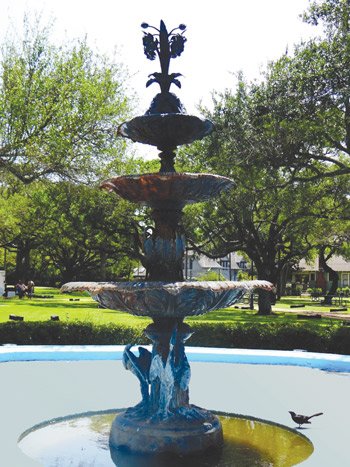 Seawall and Grade Raising Monuments
Seawall and Grade Raising Monuments
Only a calamity with the size and magnificence of The Great Storm could have propelled the citizens of Galveston to achieve the next chapter of its awe-inspiring history. Even before the storm the city was bankrupt; inept financial management and loose, easily evaded tax policies had brought Galveston to the brink of financial ruin. The trail of destruction left by Mother Nature was estimated at that time to be over thirty million dollars, and many thought that would be the end of the Island city.
But with a resiliency, tenacity, and community spirit that knew no bounds, the prominent men of the town gathered to not only take control of the local government, but to take the means necessary to make sure the events of September 8th would never happen again. Led by Isaac “Ike” Kempner, these men drafted a new city charter, and included provisions for the appointment of a Board of Engineers whose express purpose would be to formulate a plan to fortify the island. When that plan was released, it astounded everyone.
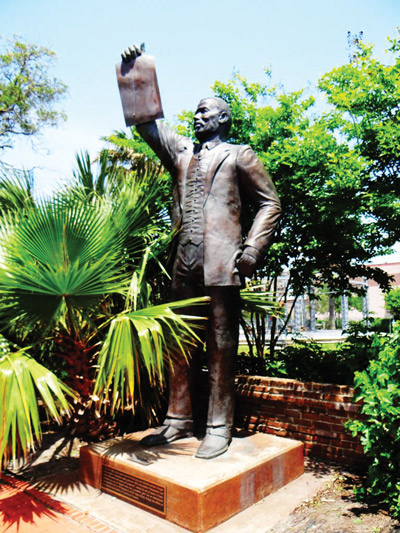 The first half of the plan was to build a seventeen foot high, six mile long seawall. That was the easy part; it only took a year and a half to complete between 1902 and 1904. The second half of the plan was by all accounts borderline insanity: raise the elevation of the Island to meet the height of the seawall. 2,126 homes were lifted into the air on jackscrews and placed to rest on stilts. Watery silt composite was dredged from the bottom of the harbor and piped in to fill underneath the raised houses. The water would drain and leave the silt behind, and then the process was repeated again and again. The grade raising took seven whole years to complete, as citizens sacrificed their convenience and well-being for the good of the future of Galveston. Most amazingly, the entire project was completed without a dime of federal assistance.
The first half of the plan was to build a seventeen foot high, six mile long seawall. That was the easy part; it only took a year and a half to complete between 1902 and 1904. The second half of the plan was by all accounts borderline insanity: raise the elevation of the Island to meet the height of the seawall. 2,126 homes were lifted into the air on jackscrews and placed to rest on stilts. Watery silt composite was dredged from the bottom of the harbor and piped in to fill underneath the raised houses. The water would drain and leave the silt behind, and then the process was repeated again and again. The grade raising took seven whole years to complete, as citizens sacrificed their convenience and well-being for the good of the future of Galveston. Most amazingly, the entire project was completed without a dime of federal assistance.
 The construction of the Seawall and the Grade Raising has been recognized by the American Society of Engineers as one of the most brilliant feats of civil engineering in the history of the nation. Their monument to the achievement stands on the Seawall at 47th Street. Galveston’s tribute, the Grade Raising Monument, was erected in 1904 and sits further east on the Seawall at 23rd Street. Also look for a plaque imbedded into the top of the wall at 16th Street, which marks the site where the very first piling of the Seawall foundation was pounded into place.
The construction of the Seawall and the Grade Raising has been recognized by the American Society of Engineers as one of the most brilliant feats of civil engineering in the history of the nation. Their monument to the achievement stands on the Seawall at 47th Street. Galveston’s tribute, the Grade Raising Monument, was erected in 1904 and sits further east on the Seawall at 23rd Street. Also look for a plaque imbedded into the top of the wall at 16th Street, which marks the site where the very first piling of the Seawall foundation was pounded into place.
Horses
Throughout the East End Historic District, along Broadway Avenue, and at a few other scattered locations across the city, miniature relics from the Galveston of Yesterday stand indistinctly forgotten. These small horse statues were installed originally as ornamental hitching posts, used to tether horses; think of it as a nineteenth century parking brake. Although robbed of their duties by the introduction of the “horseless carriage,” these small statuettes still serve in their personification of the antiquity of Galveston’s streets. One cannot help but wonder what it would be like to see all that these little horses have seen.
We hope you have enjoyed “Bronze,” the second in our “B” series. Next will be Beaches, covering all the beaches on Galveston Island, including a few obscure ones that we are positive that you do not know a thing about!




